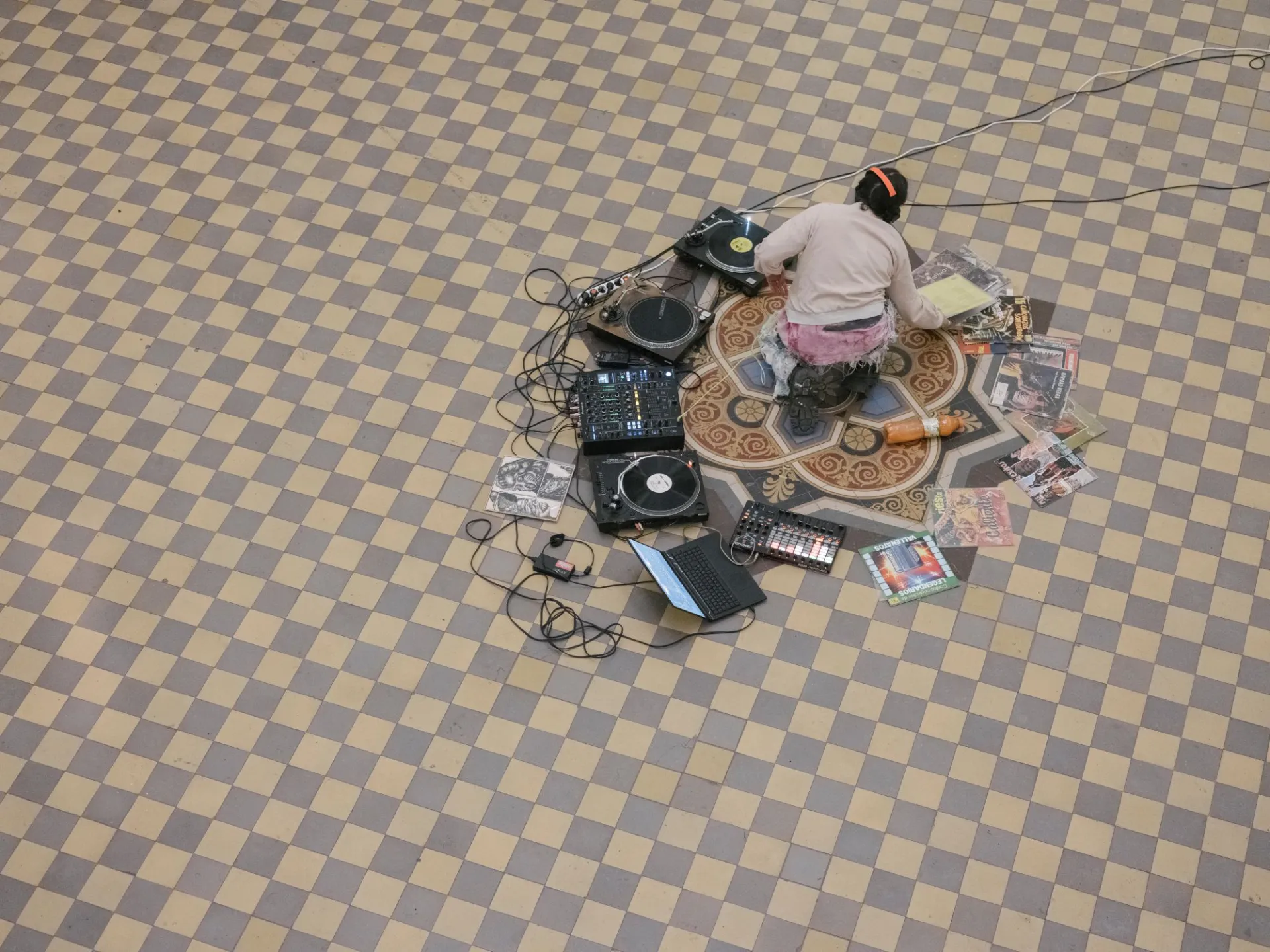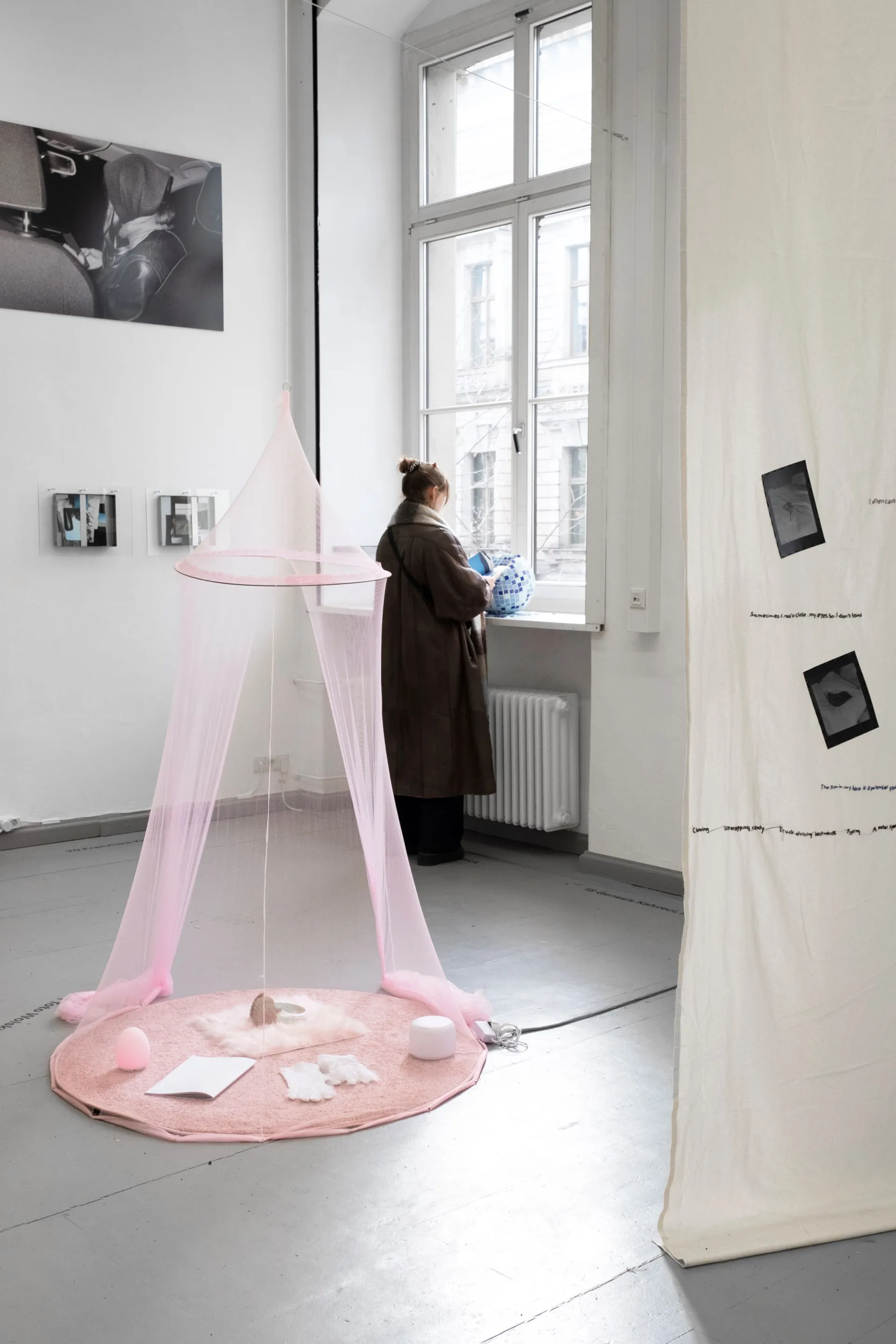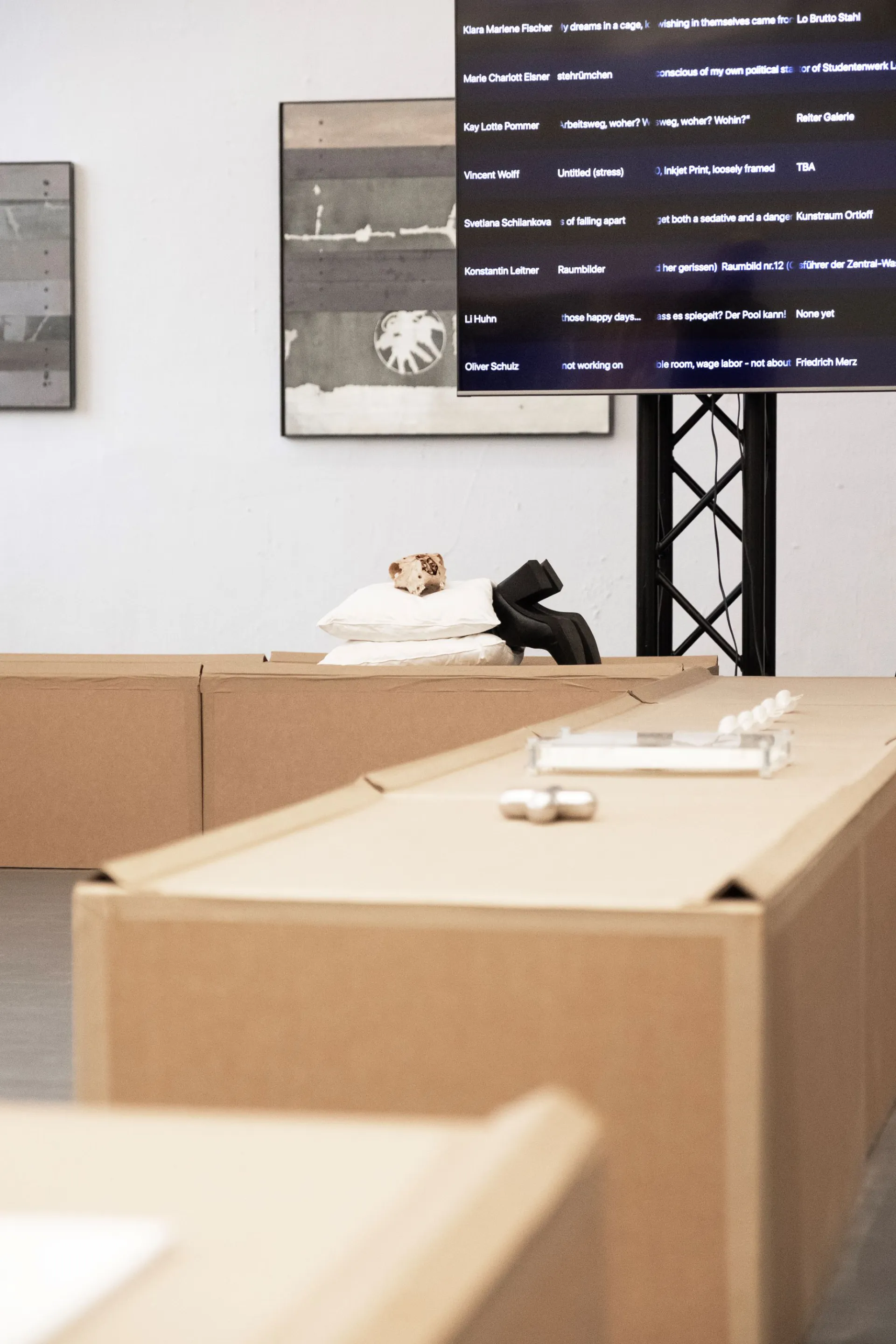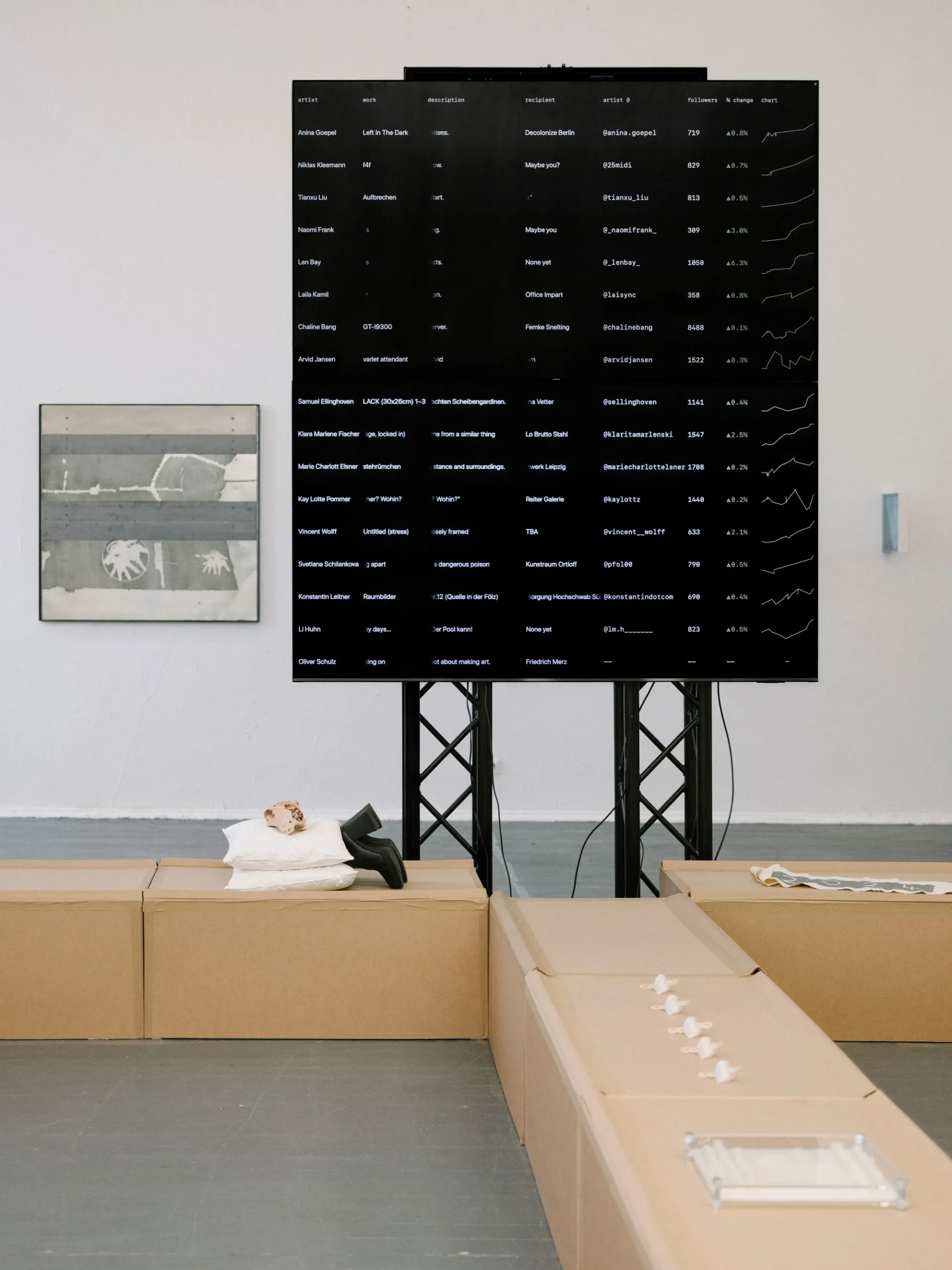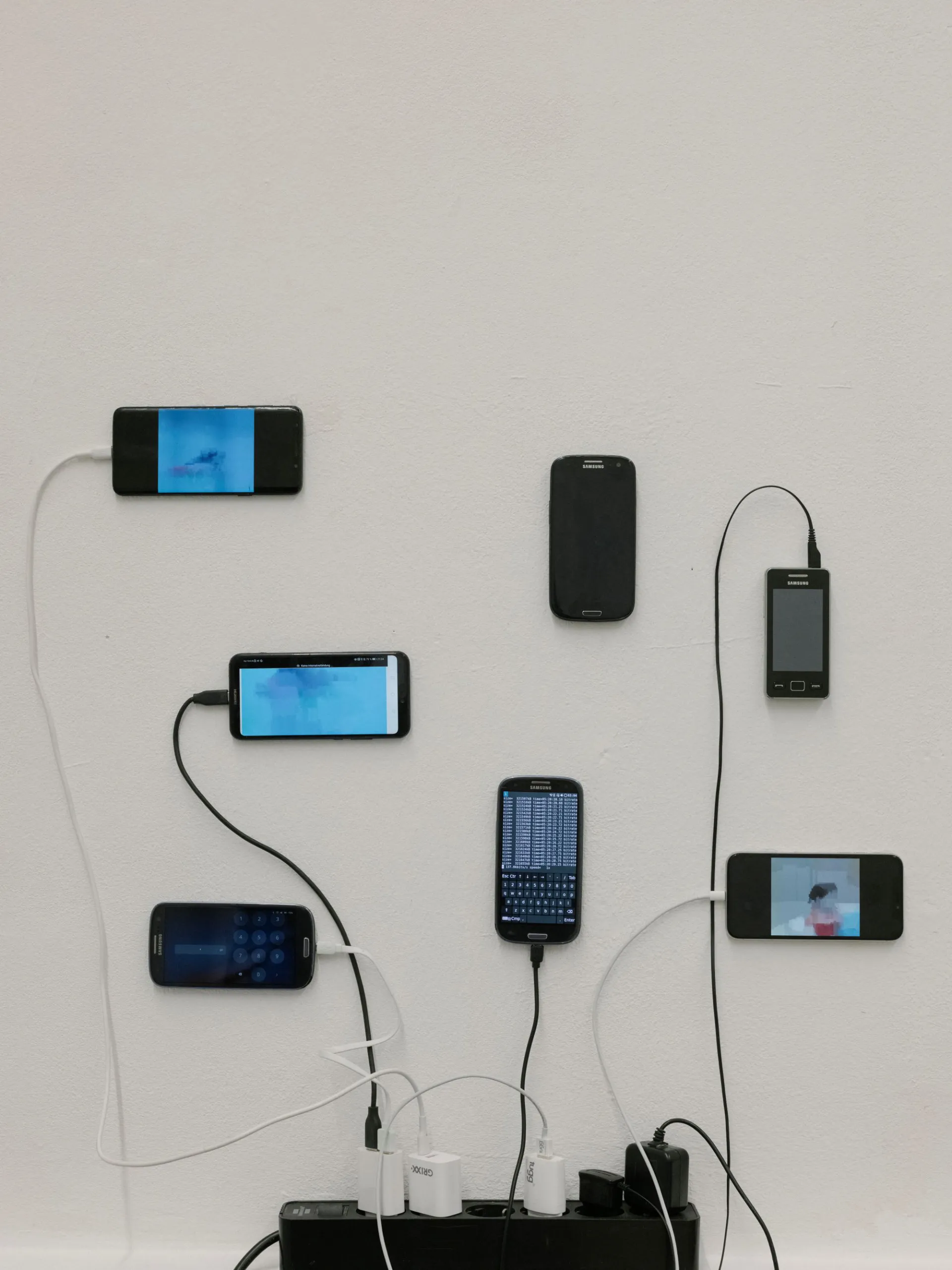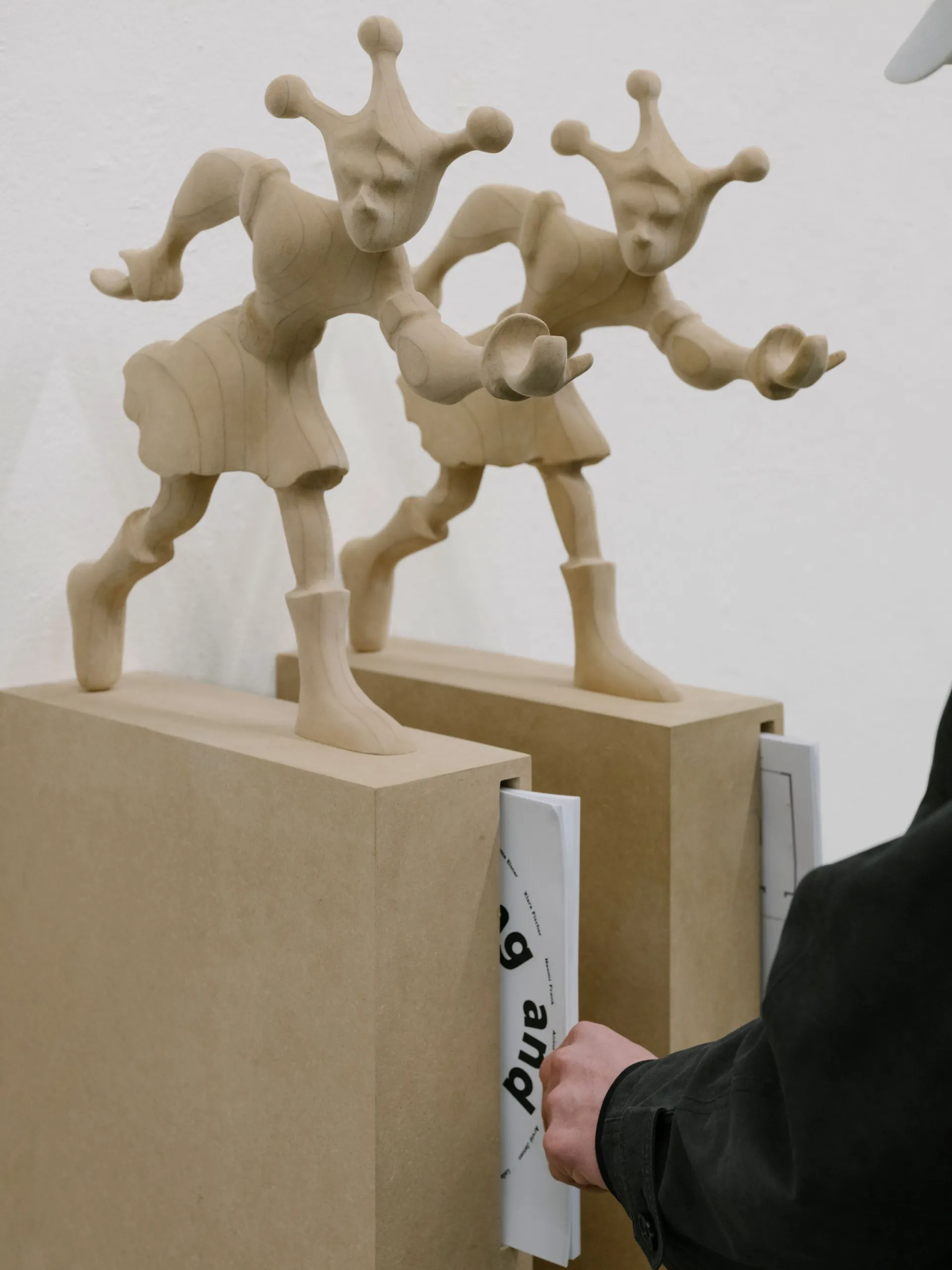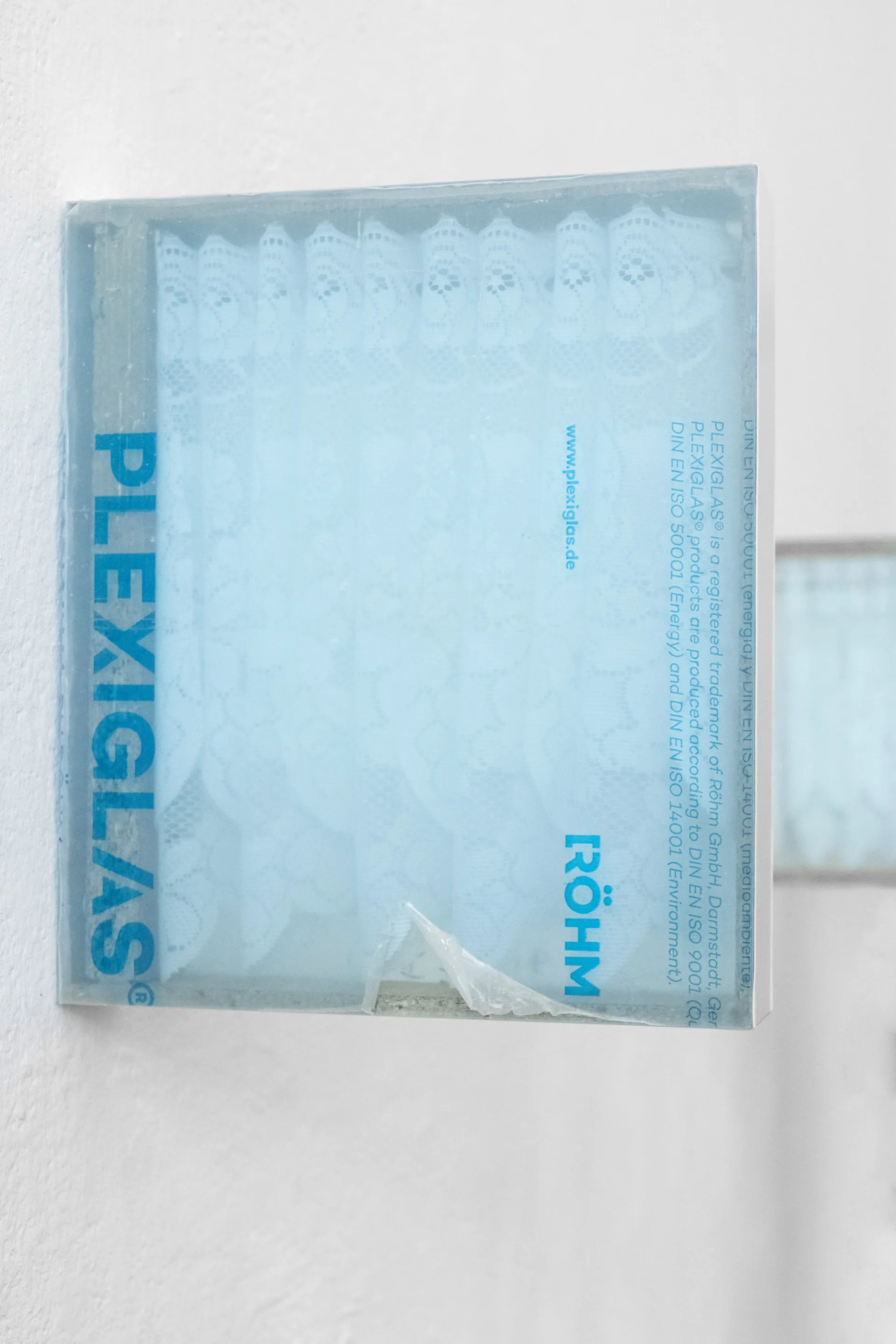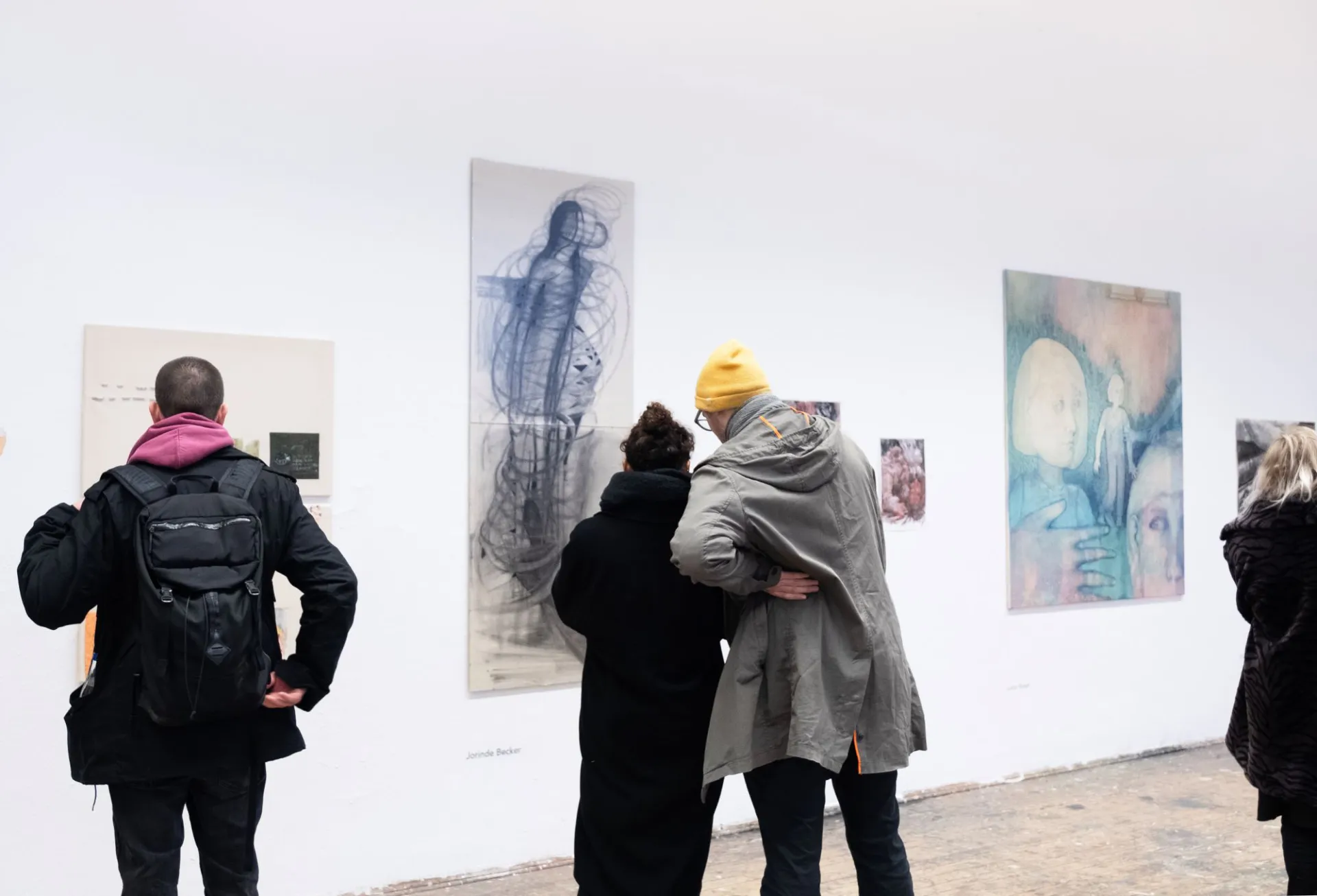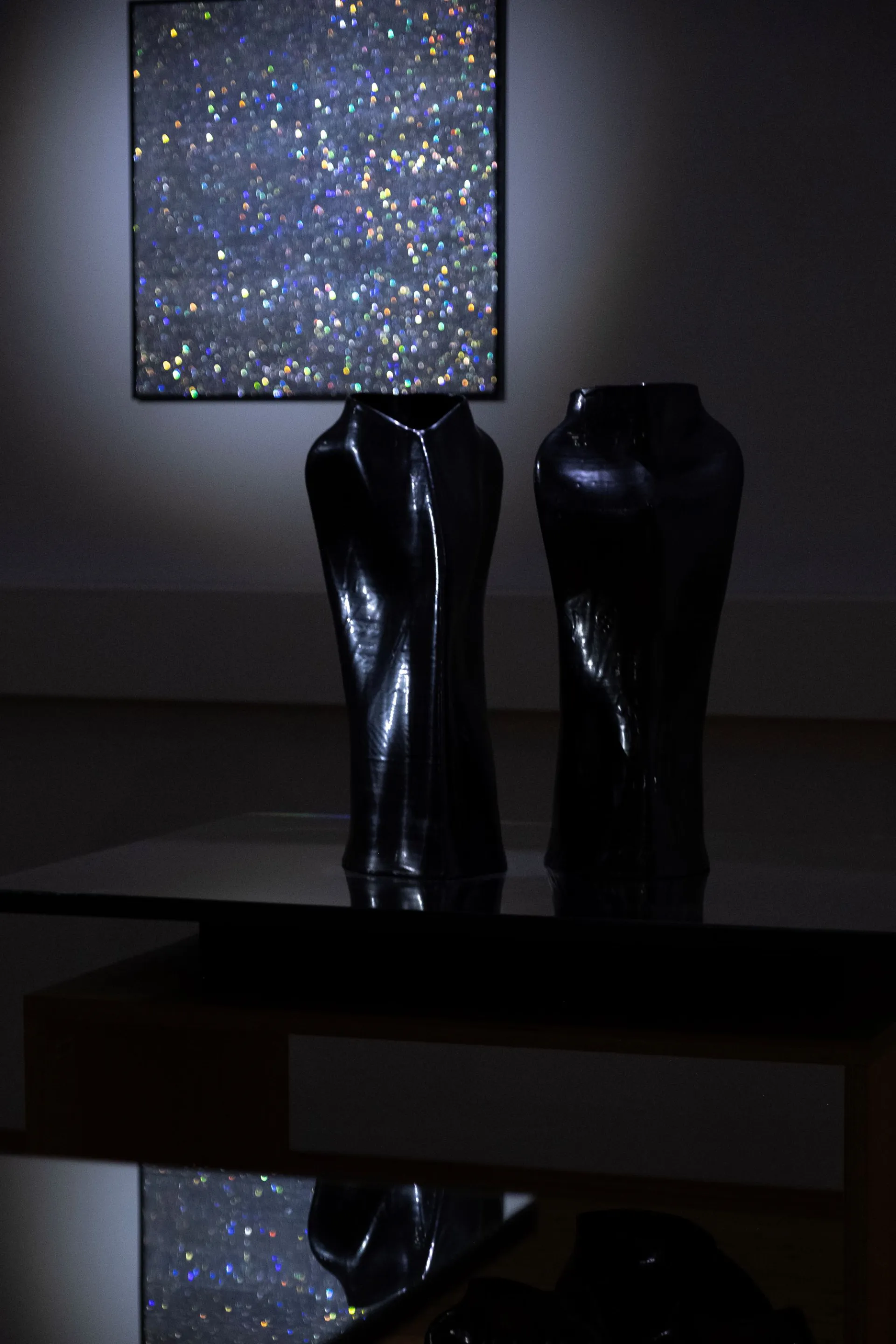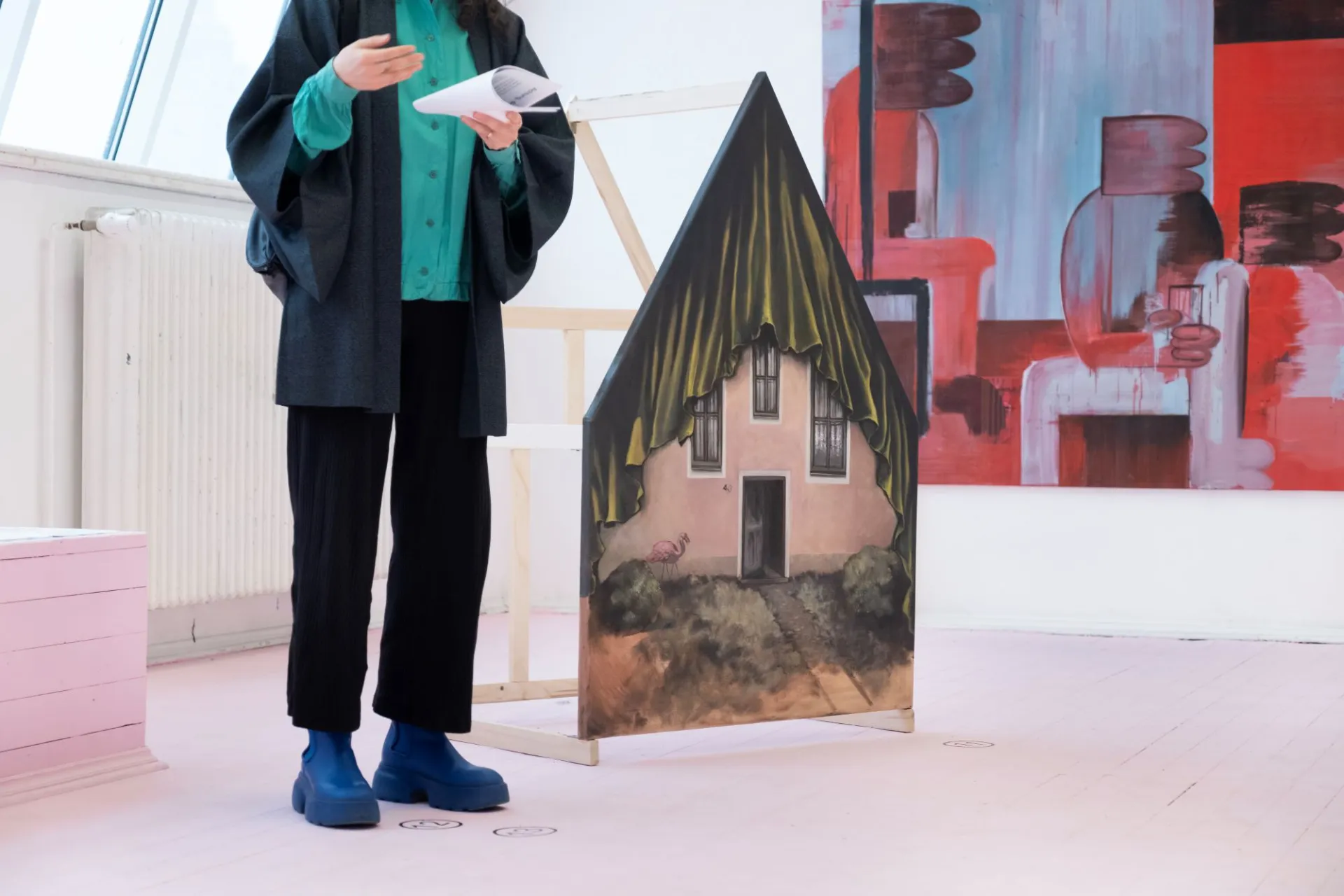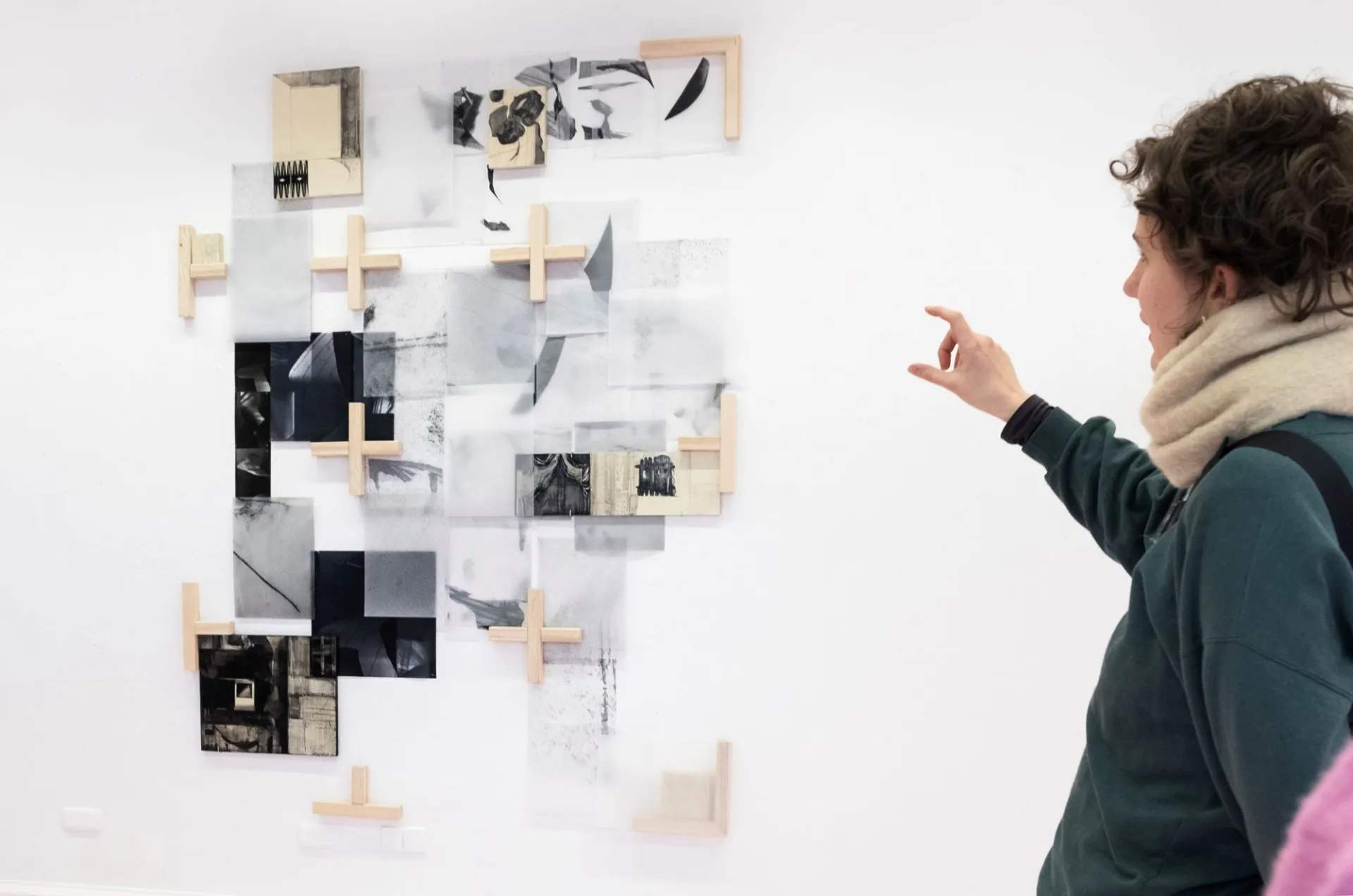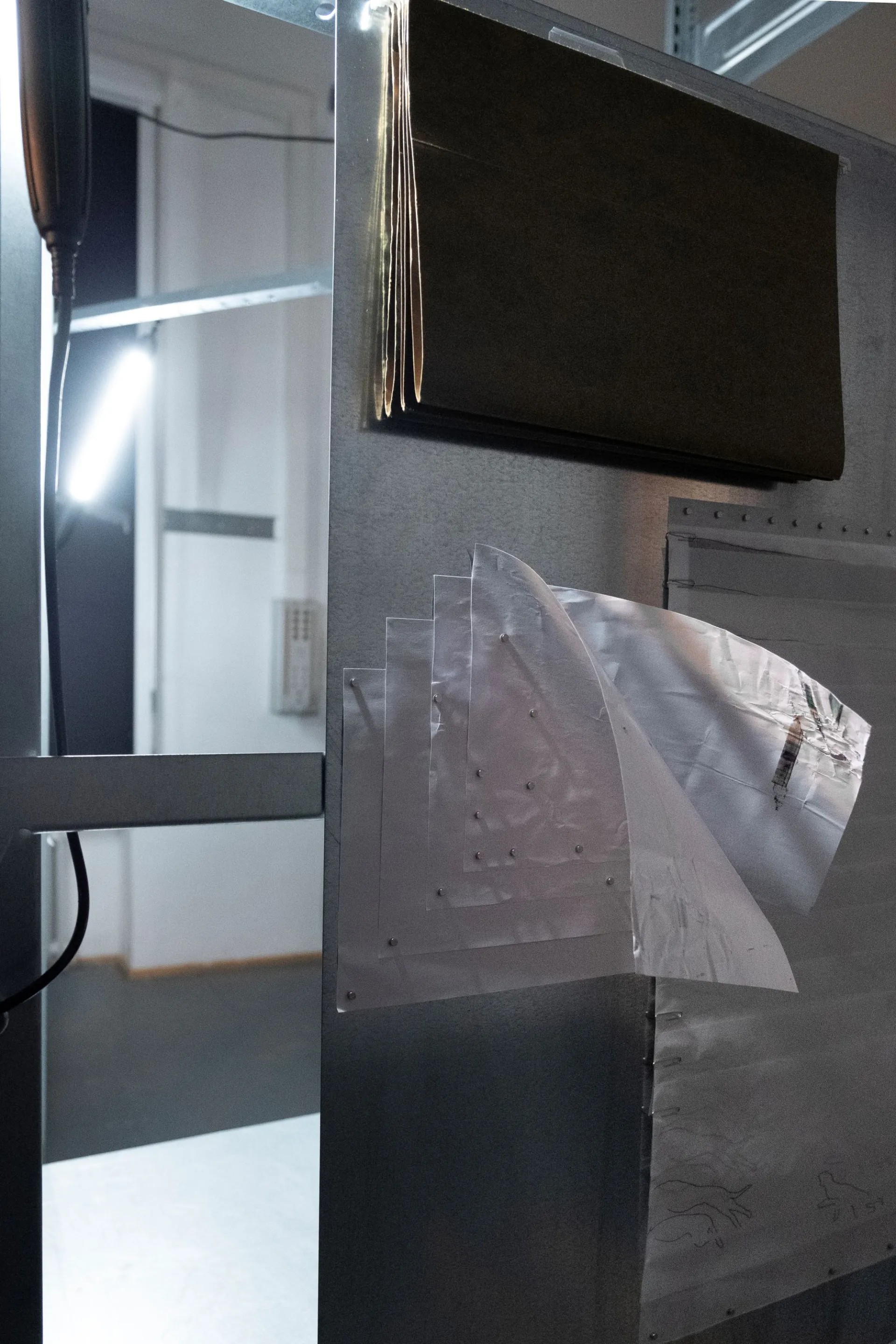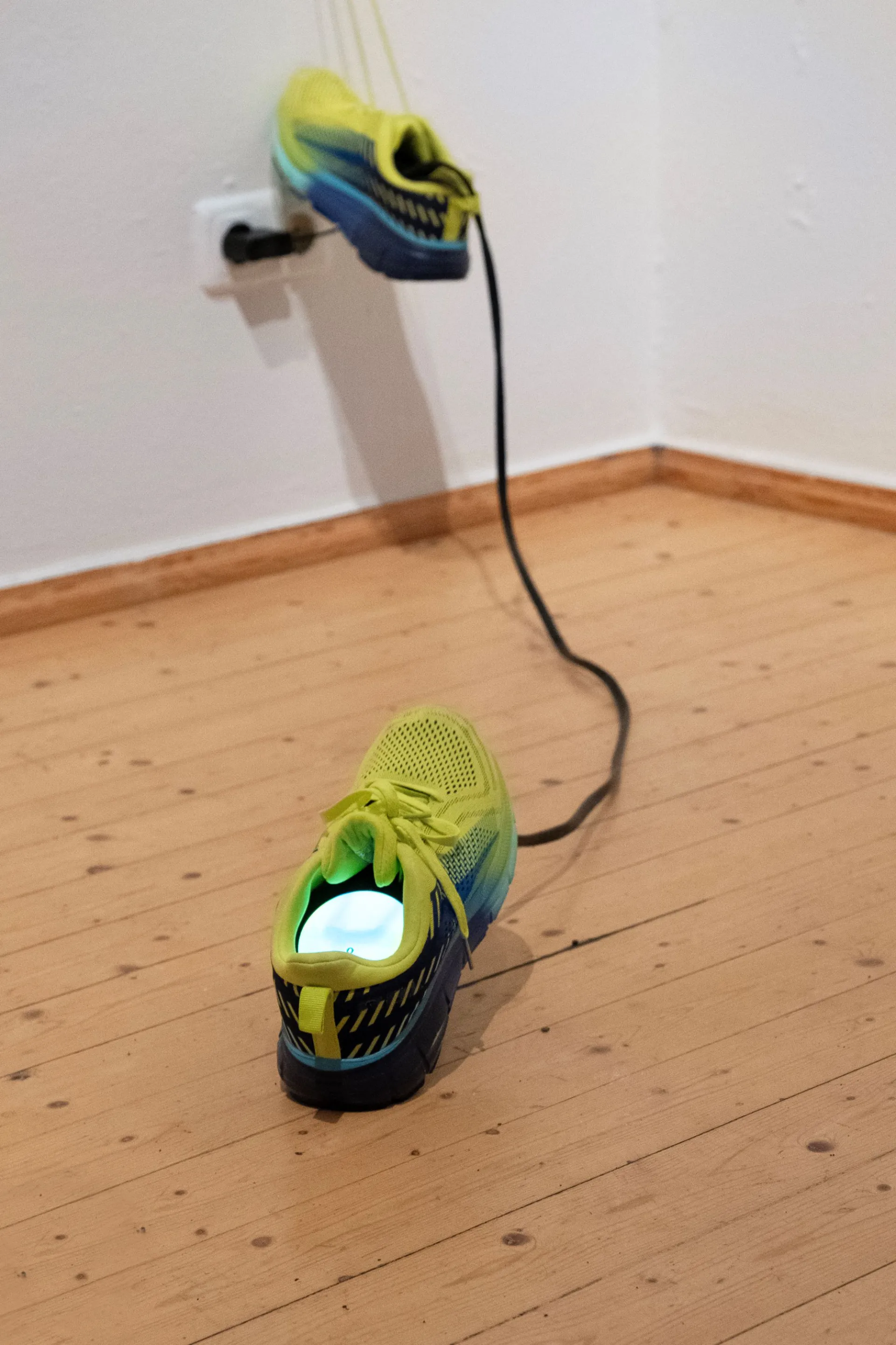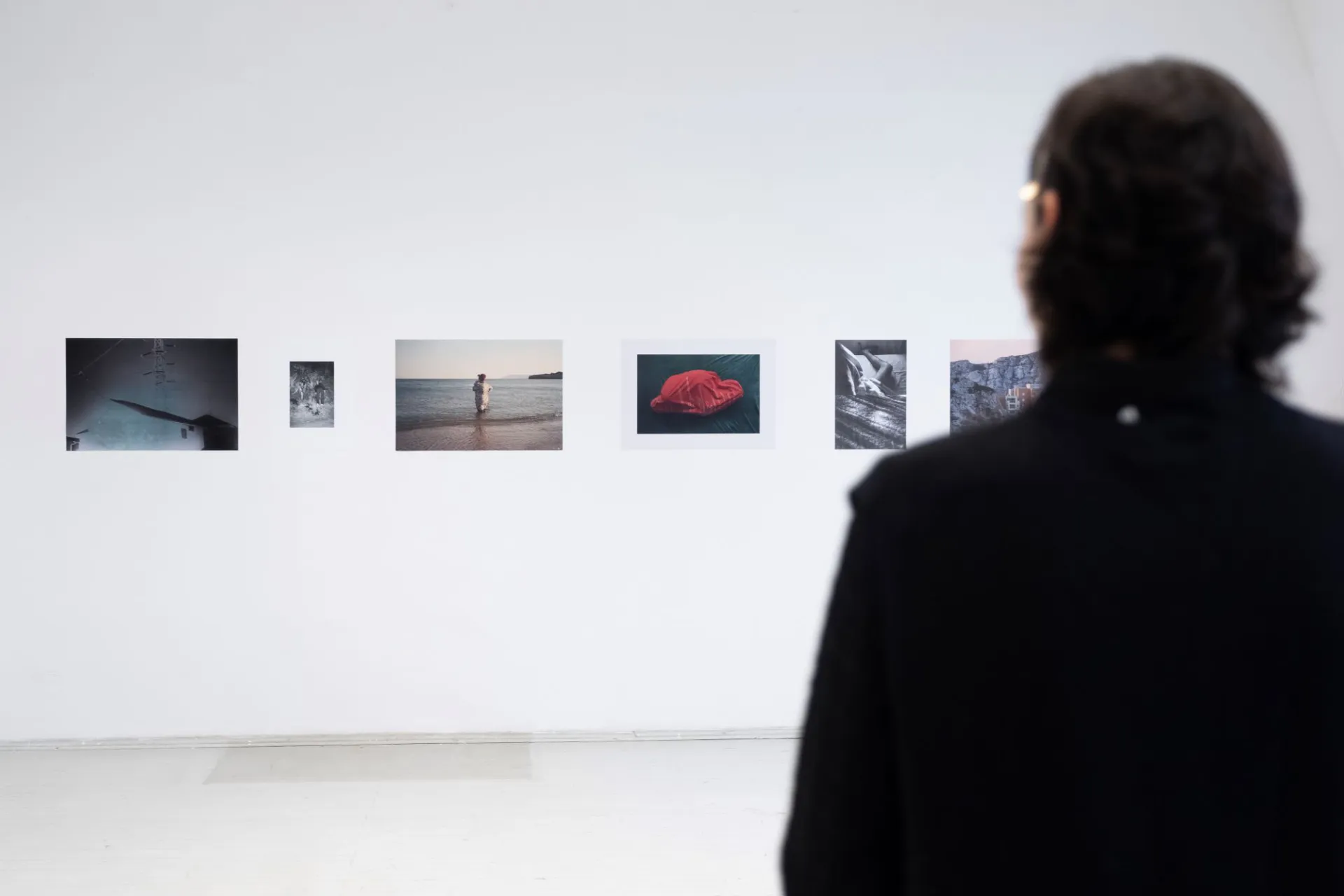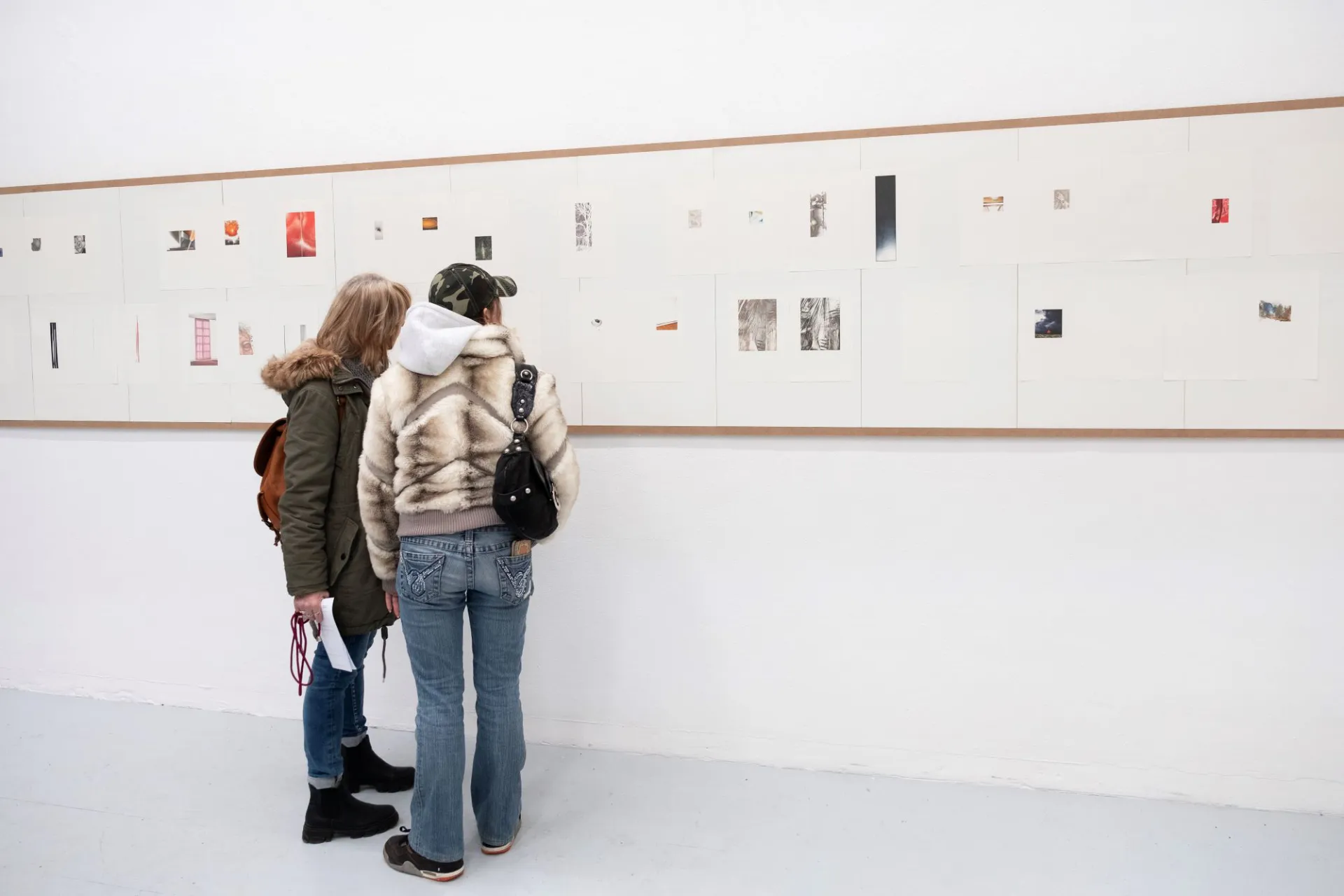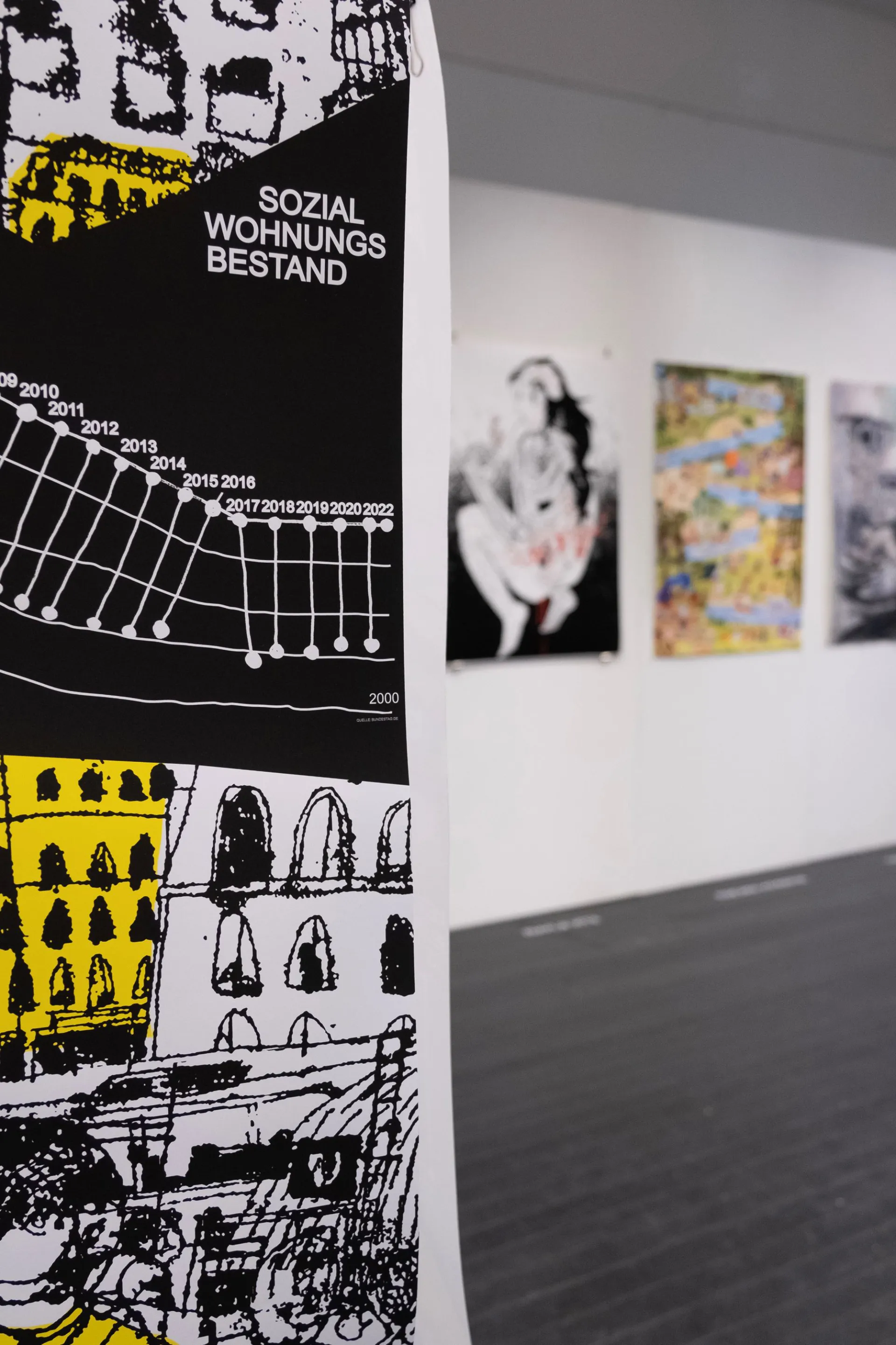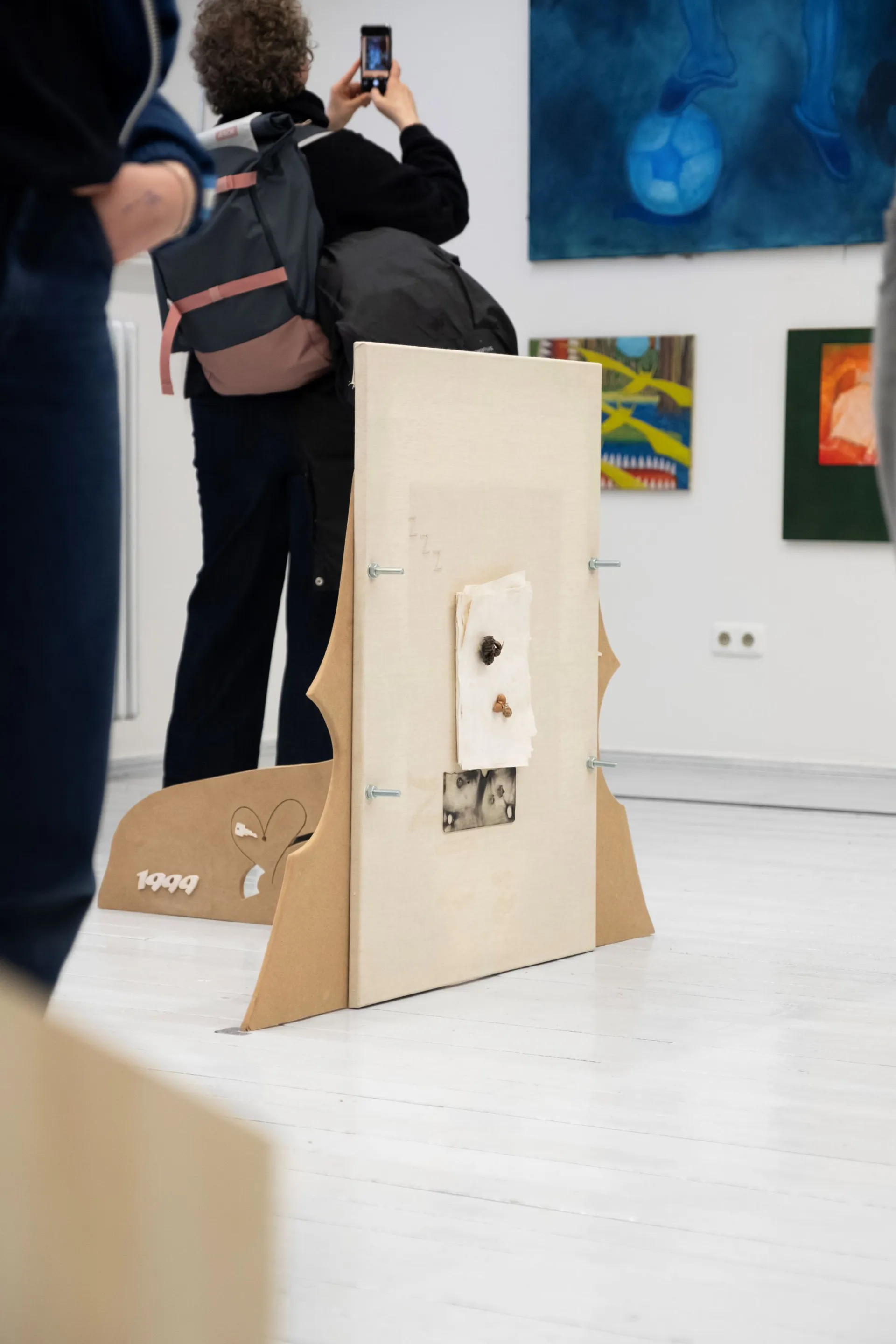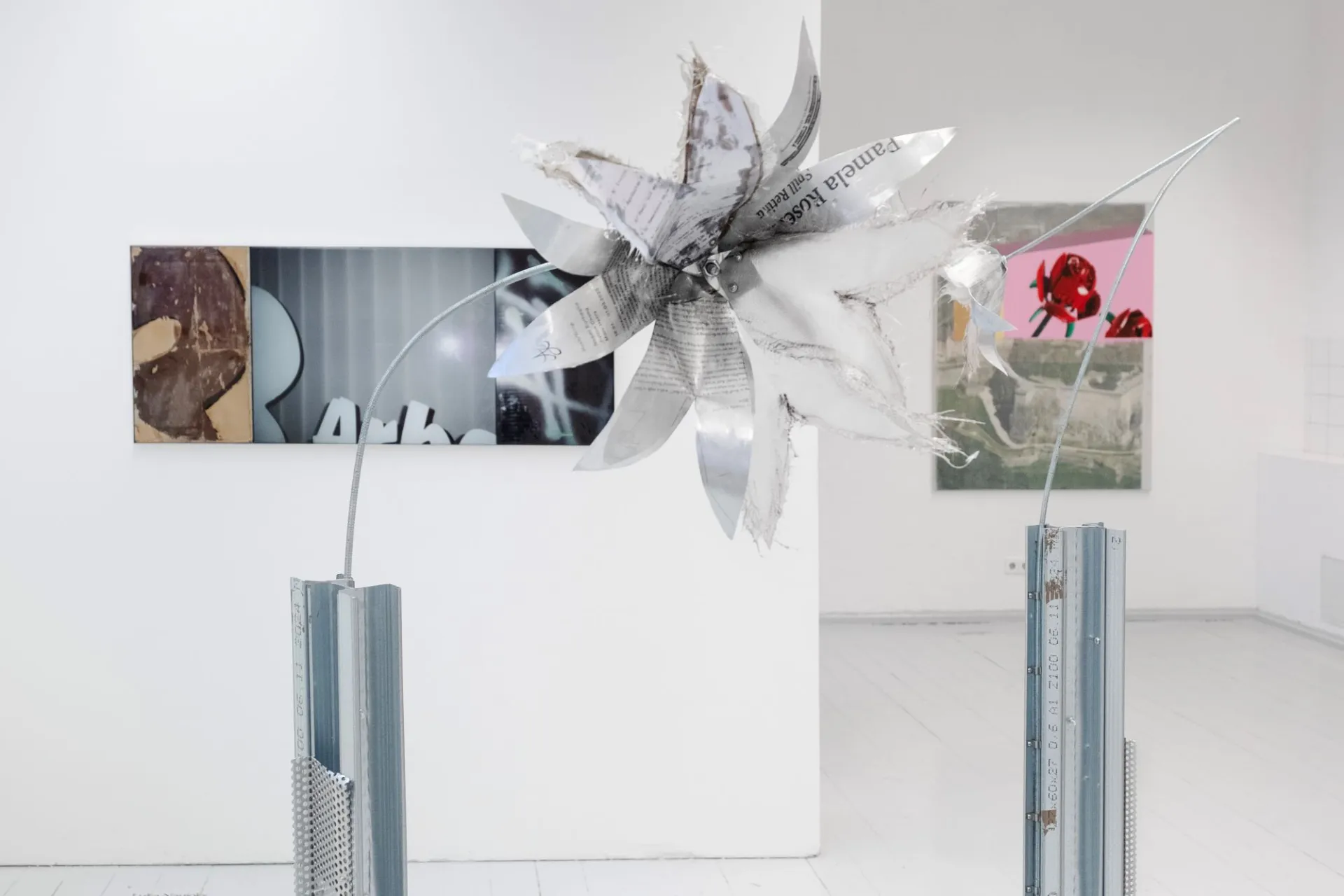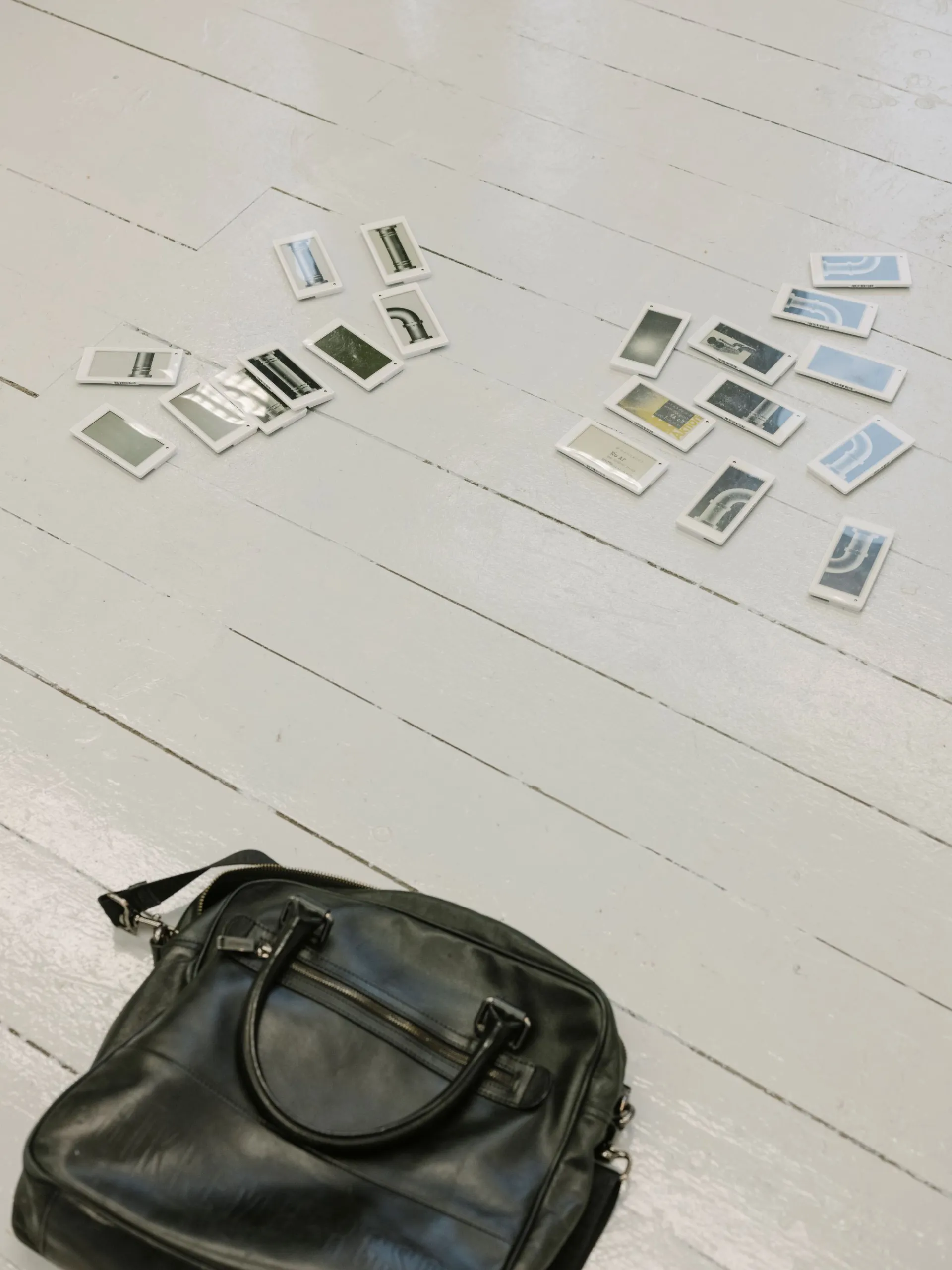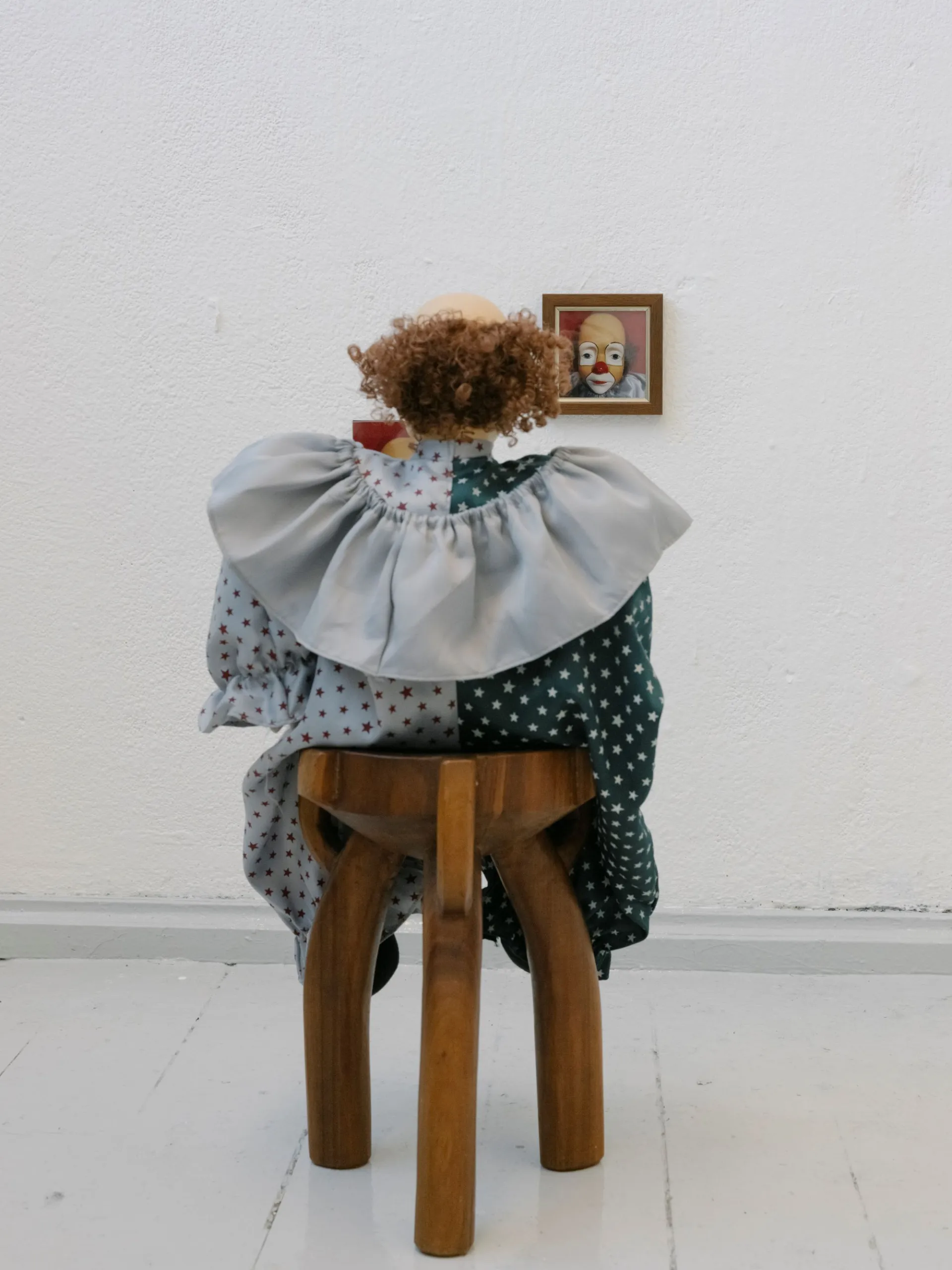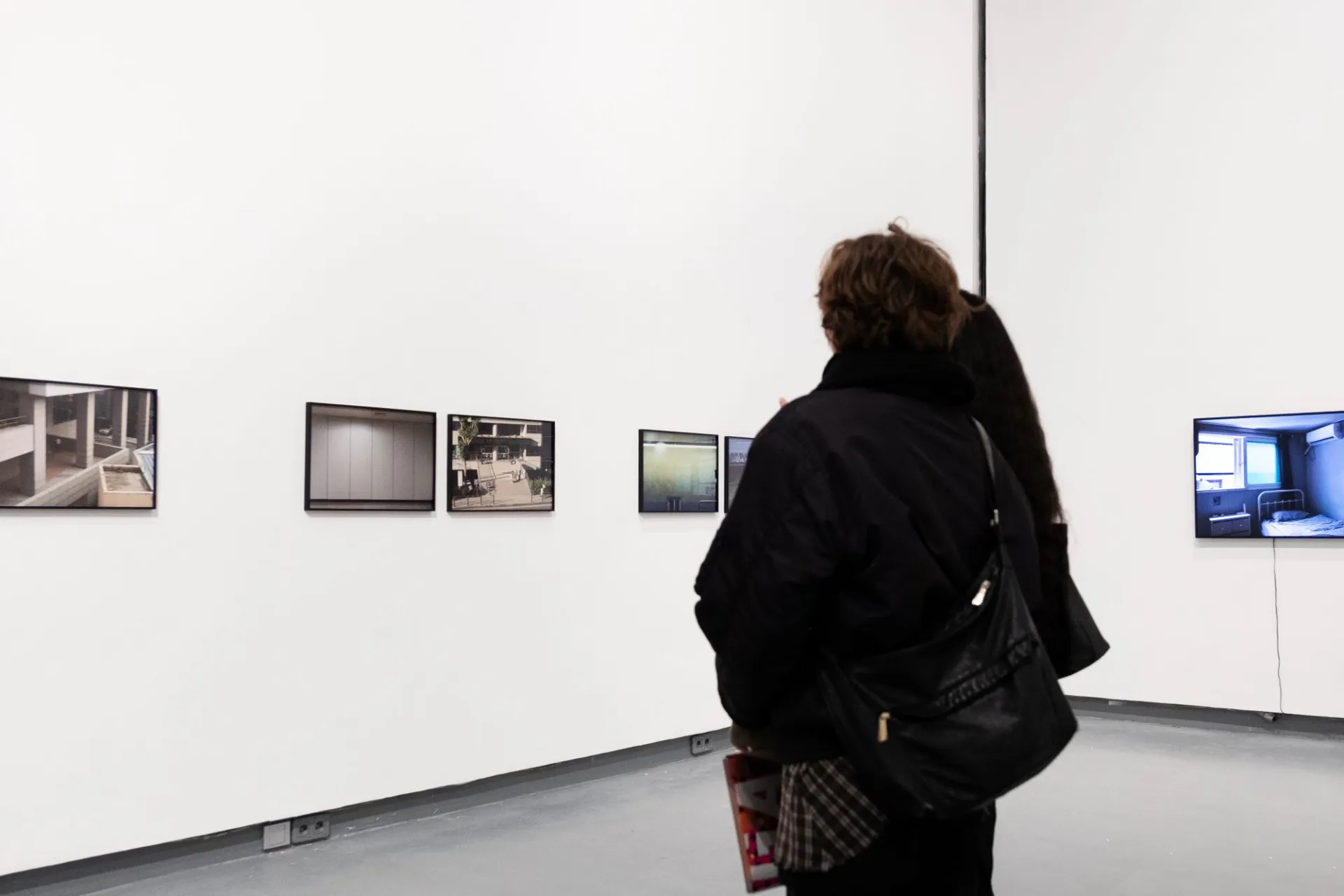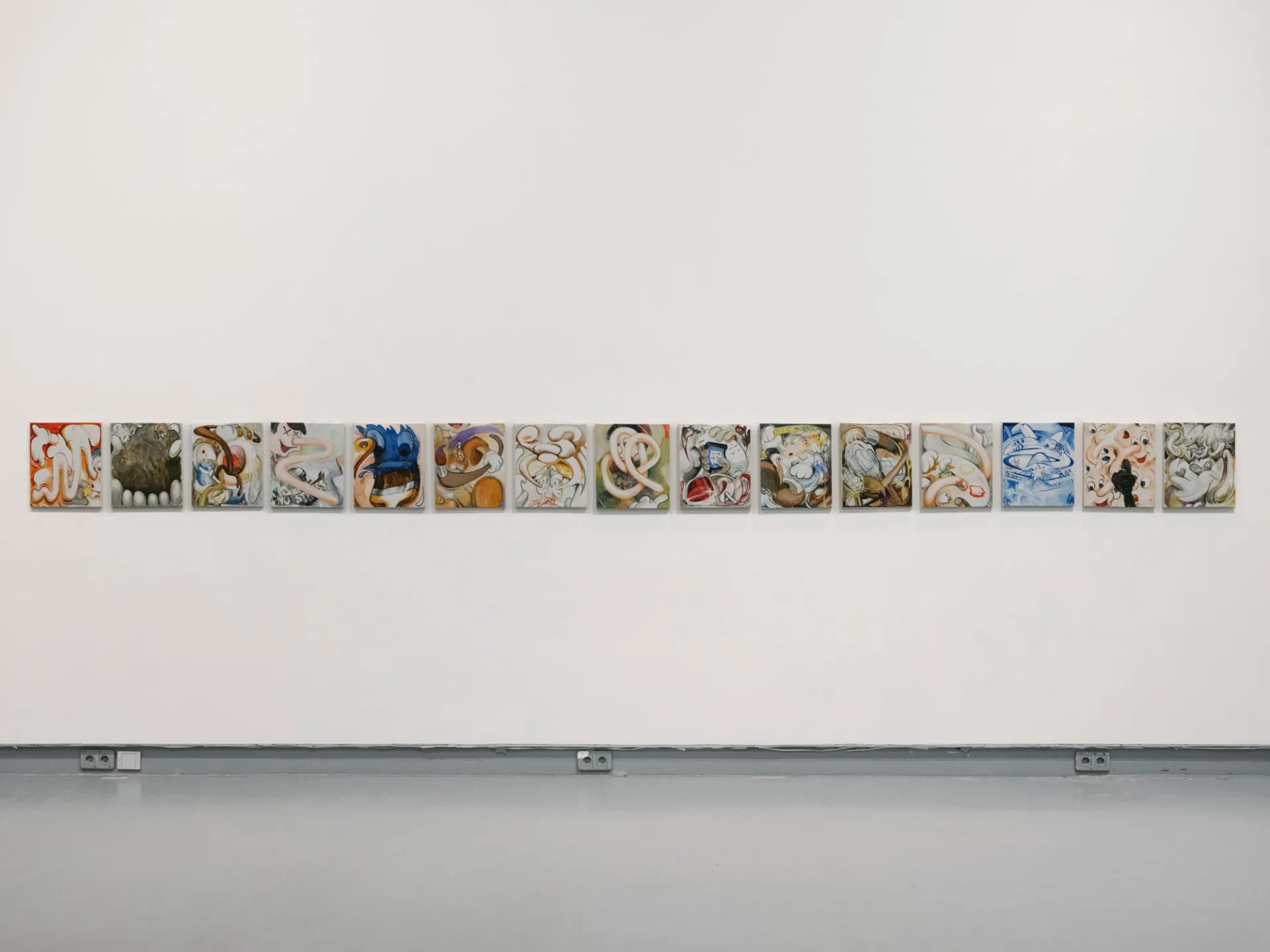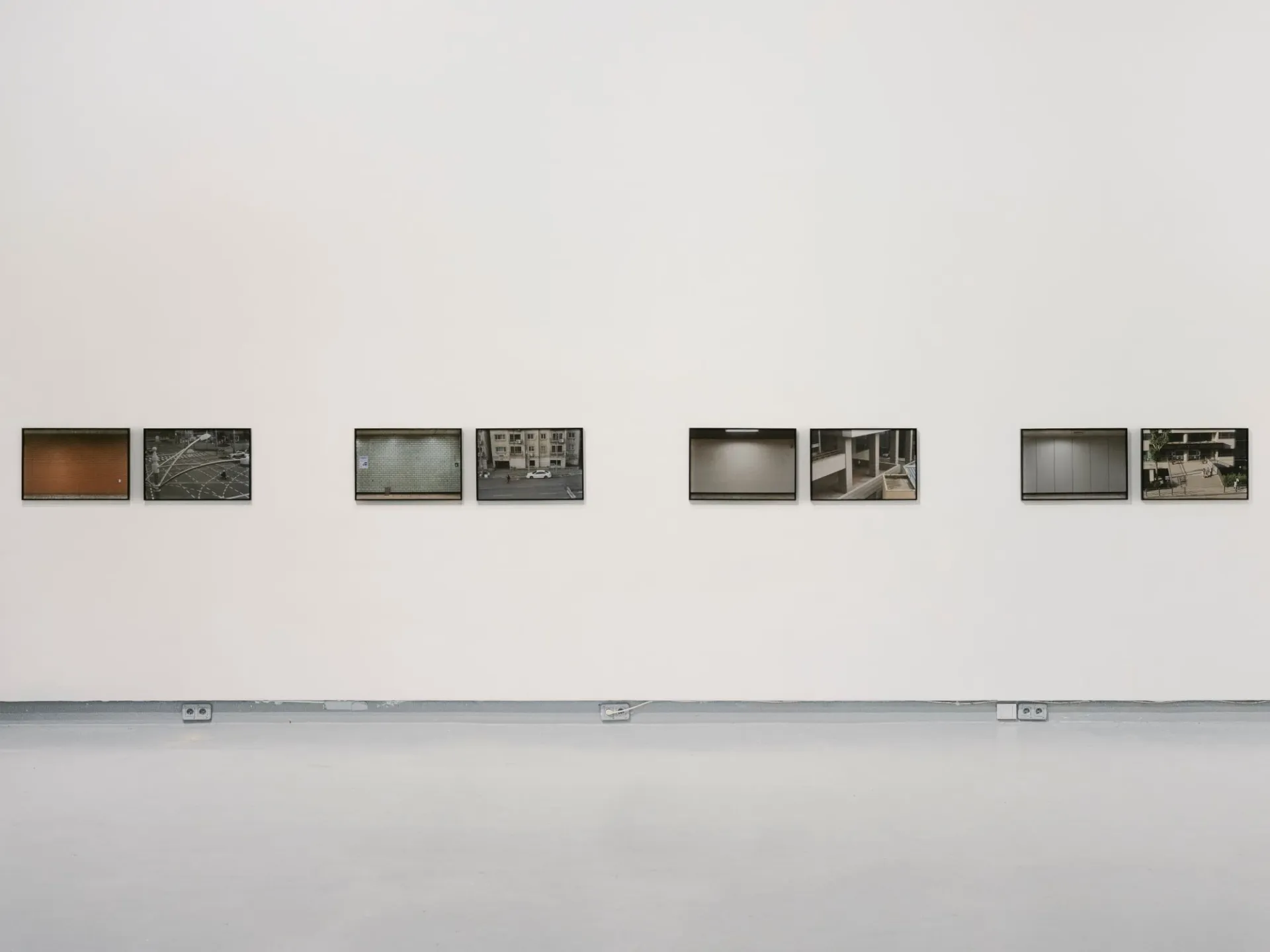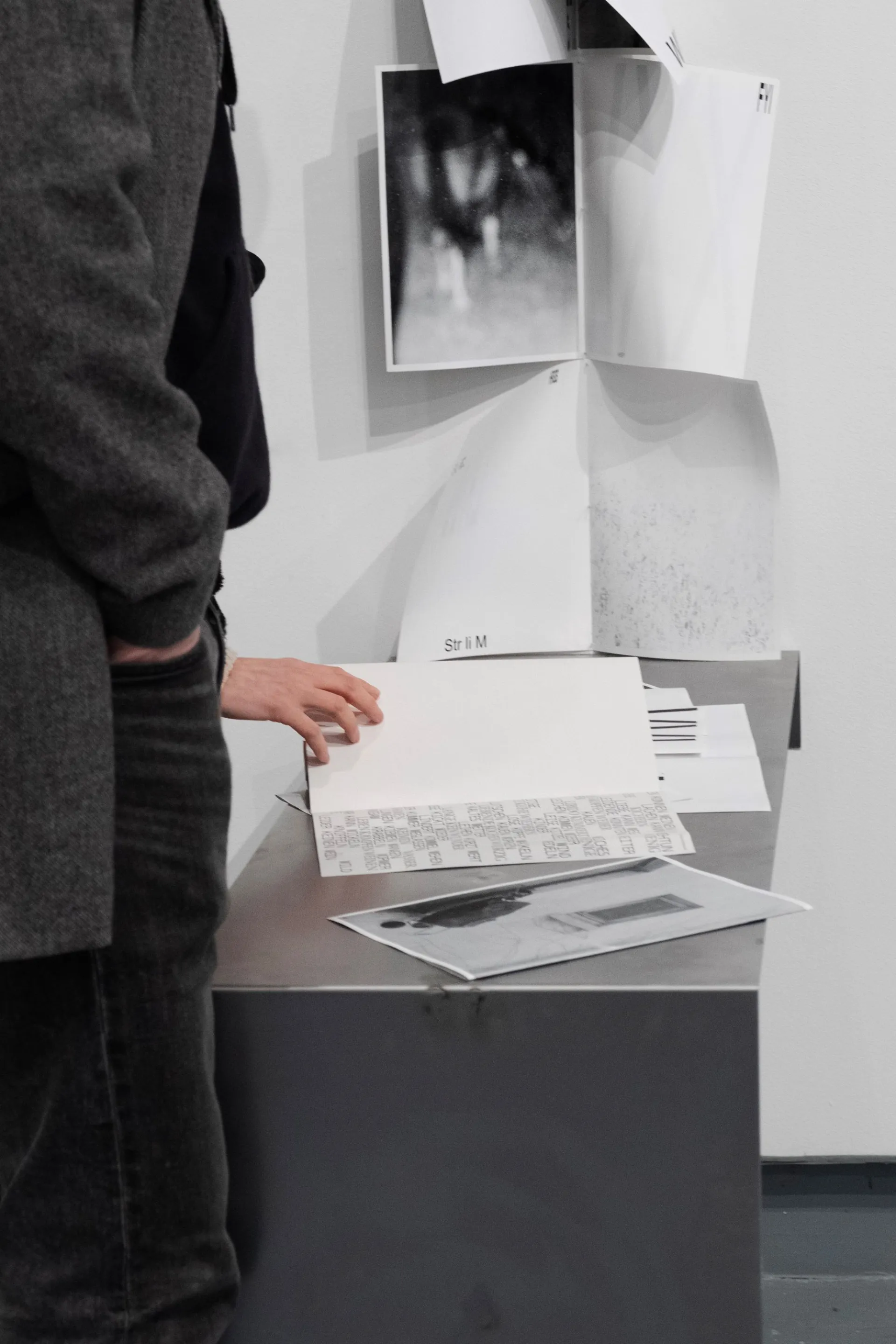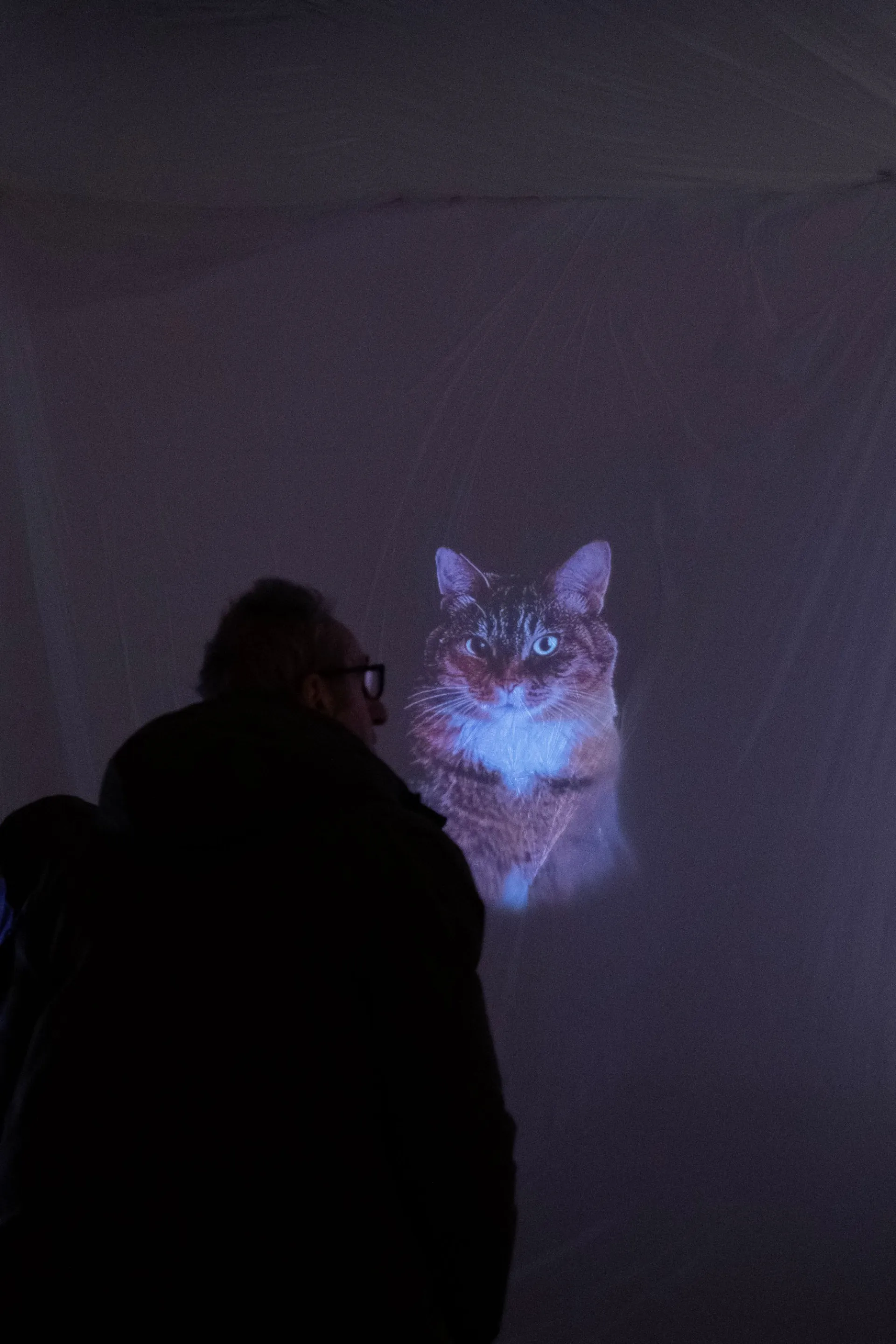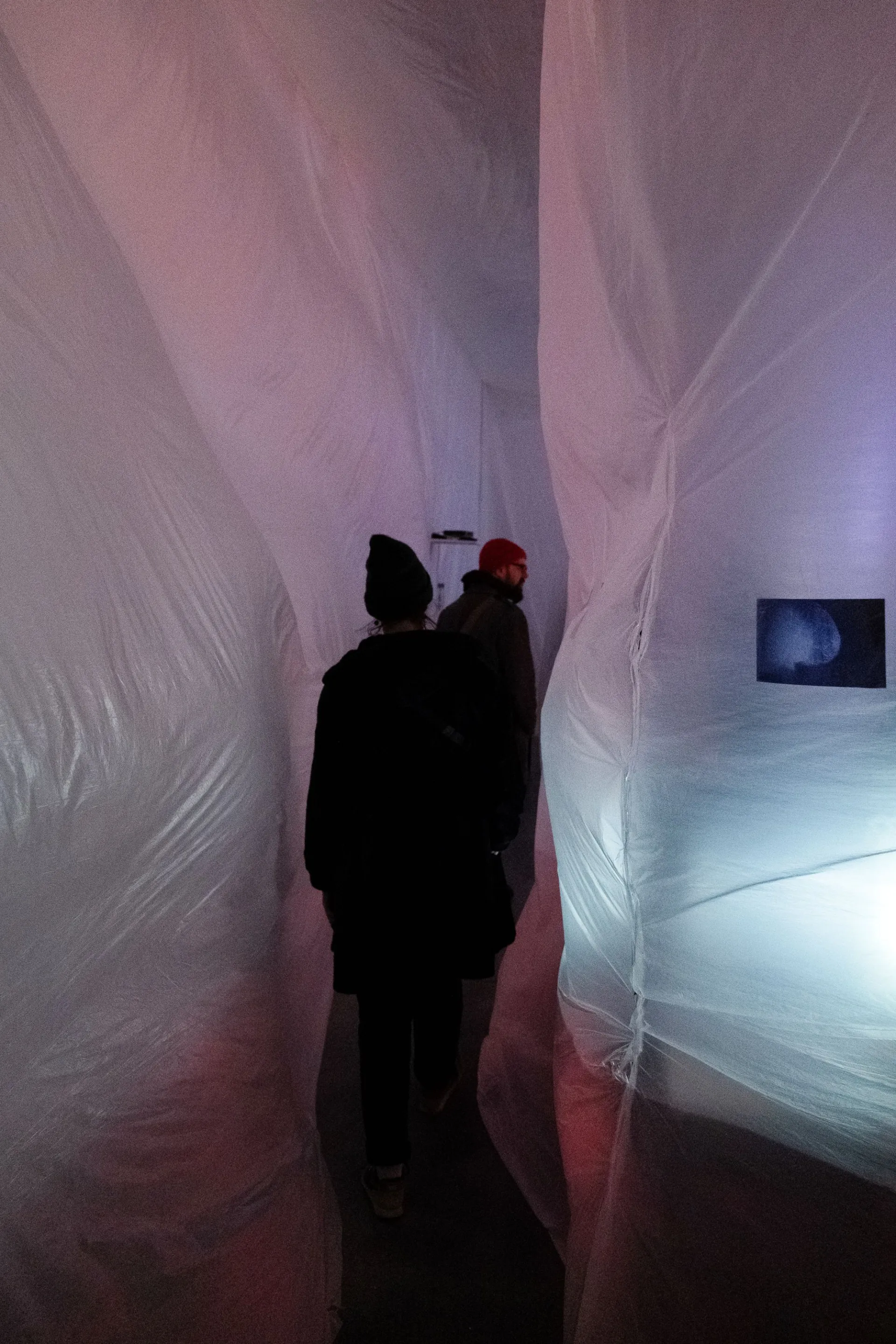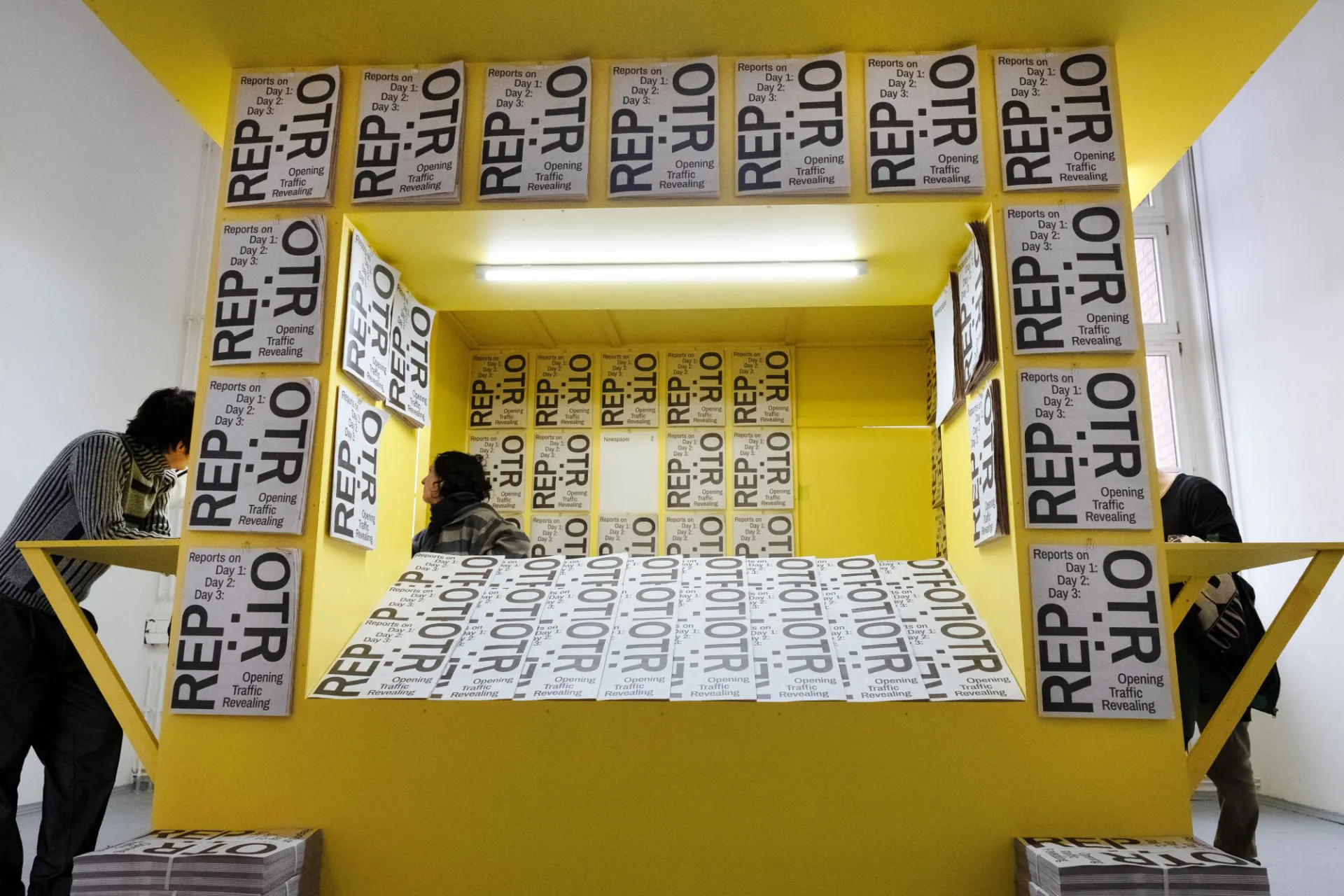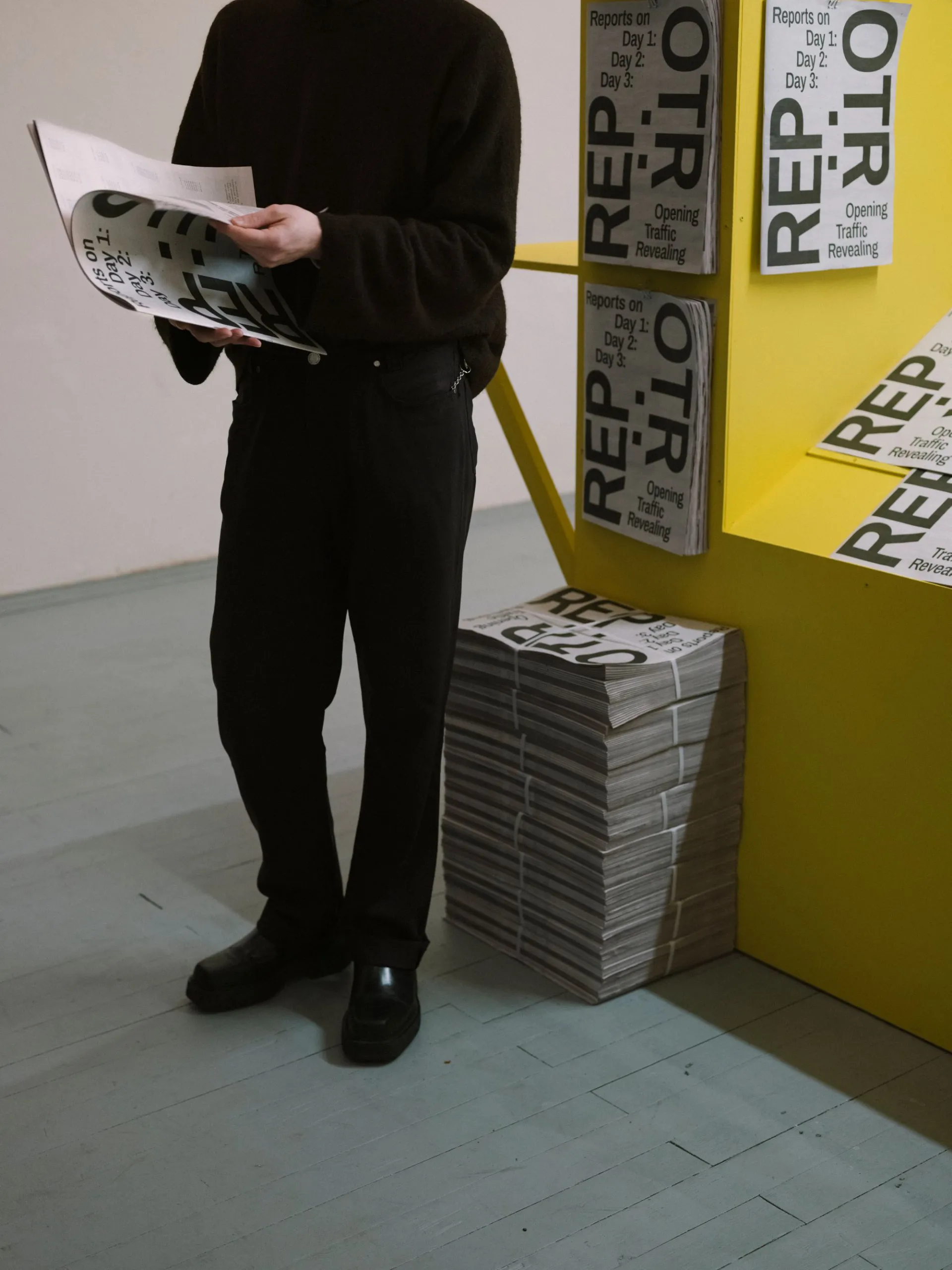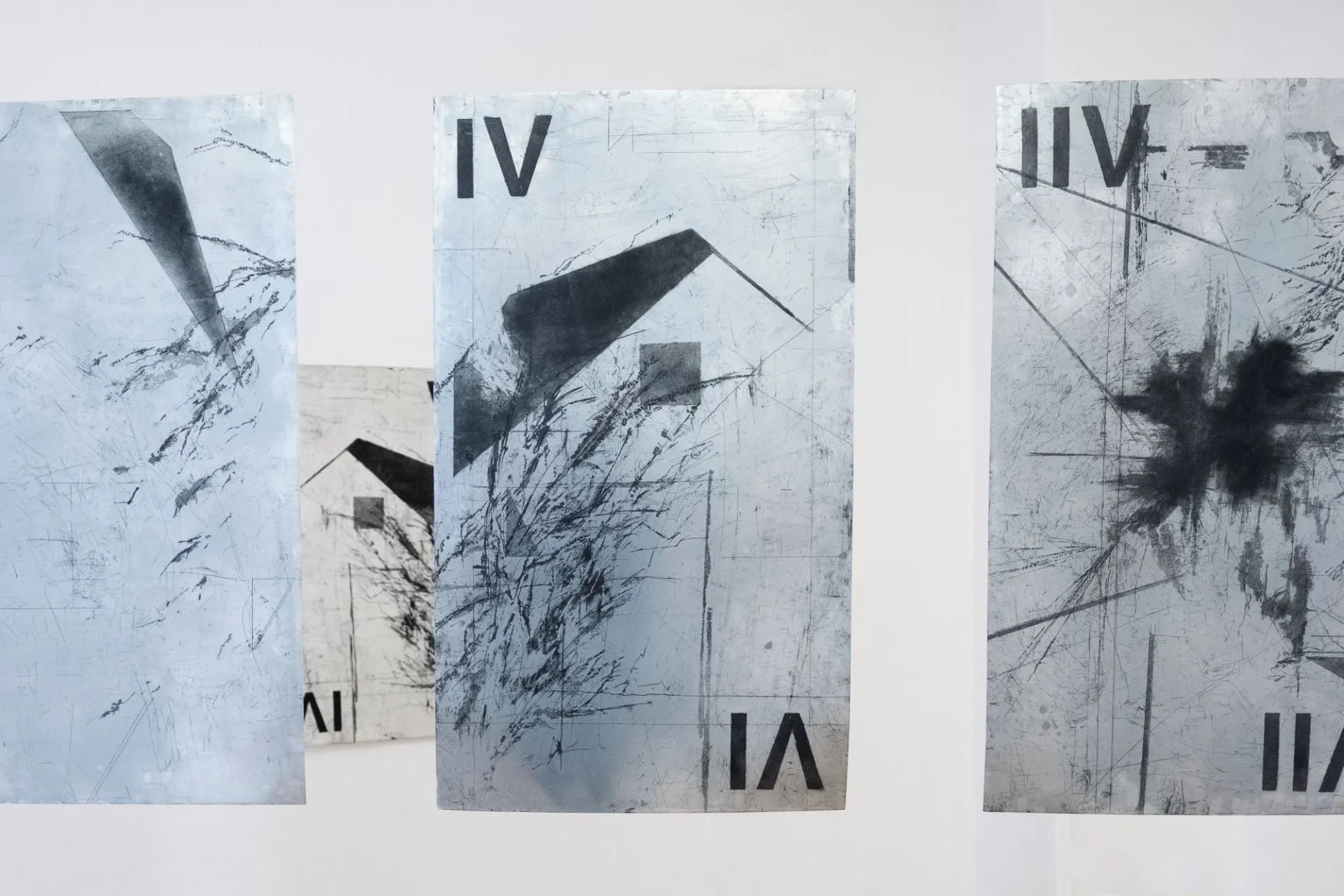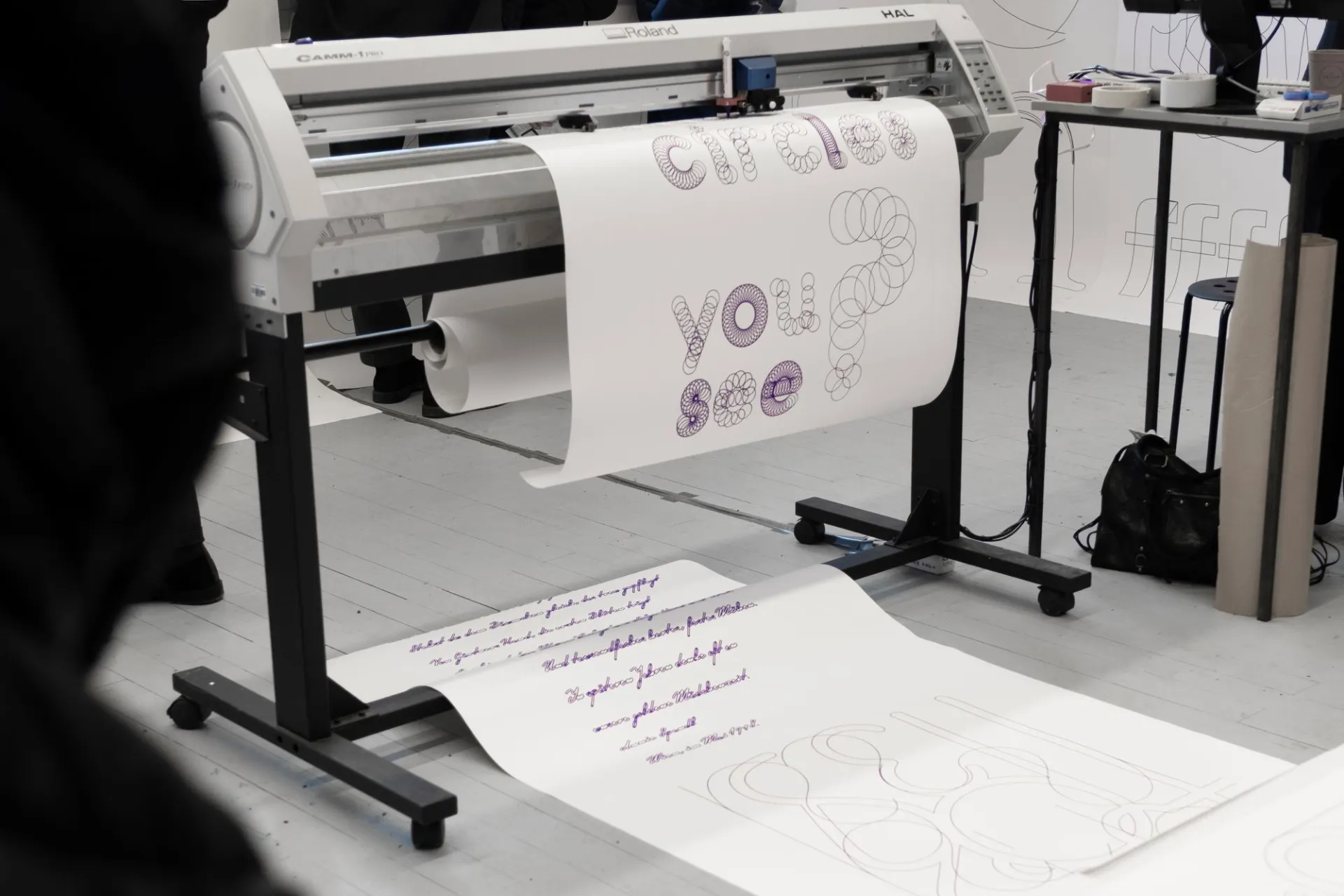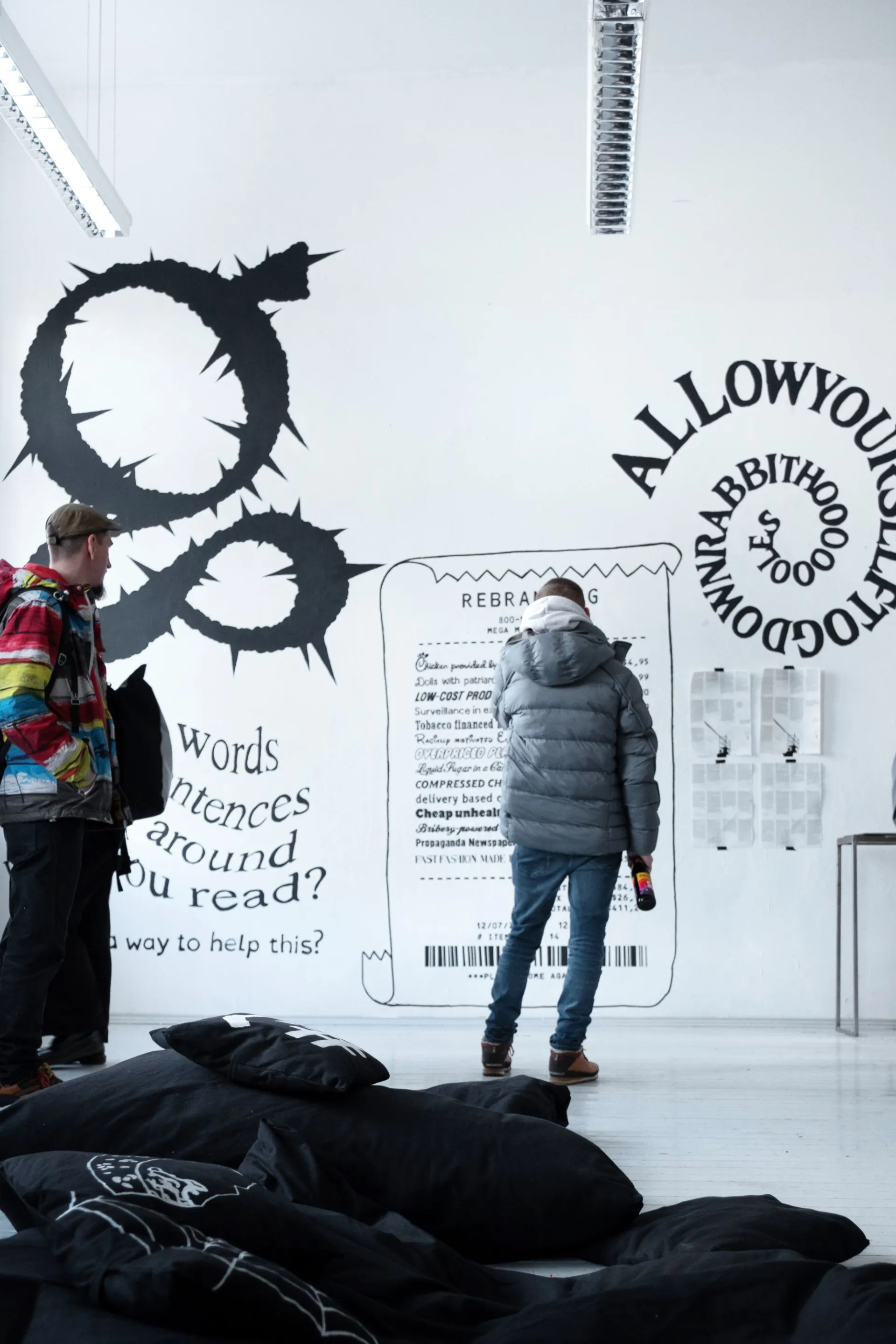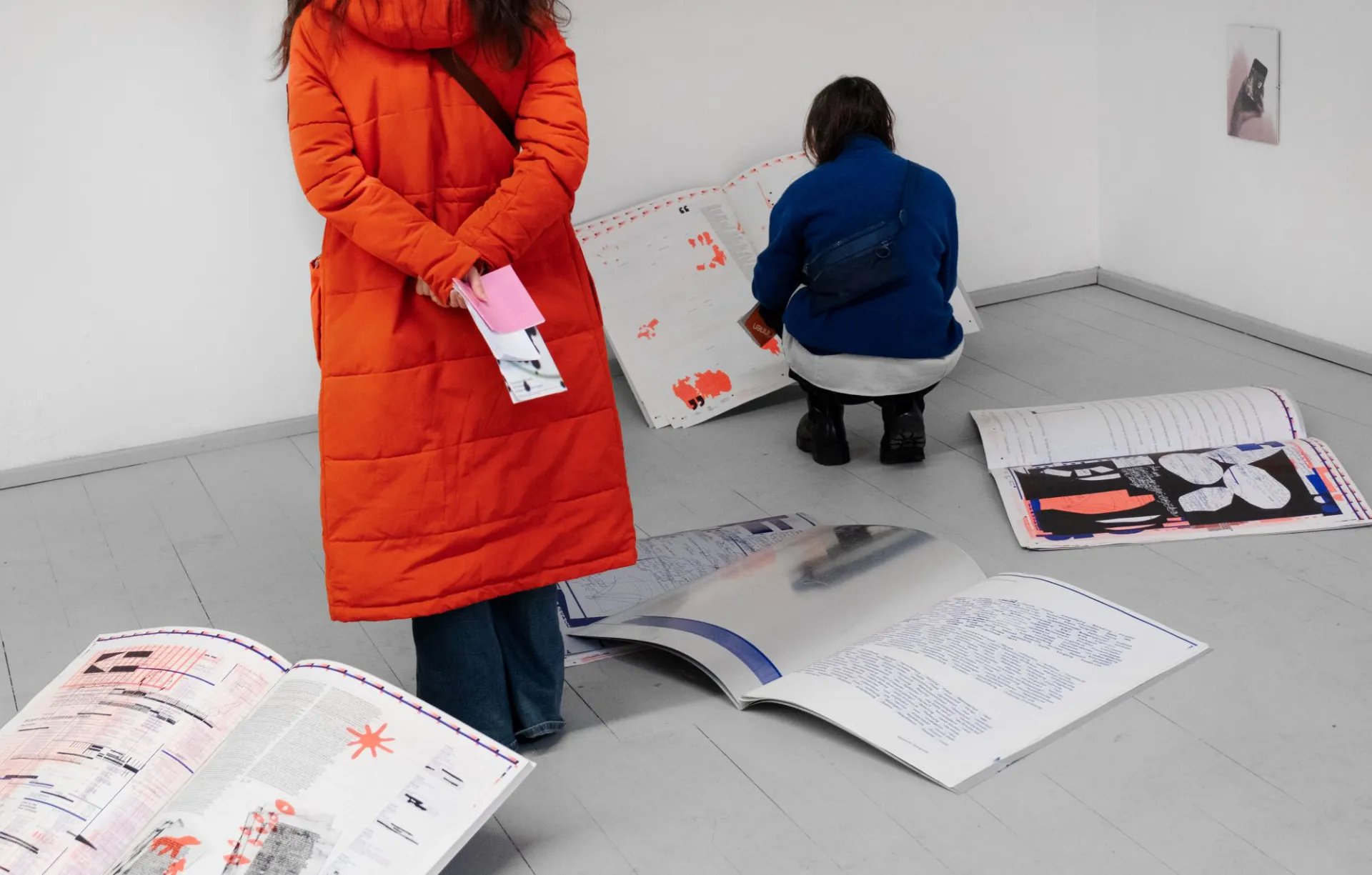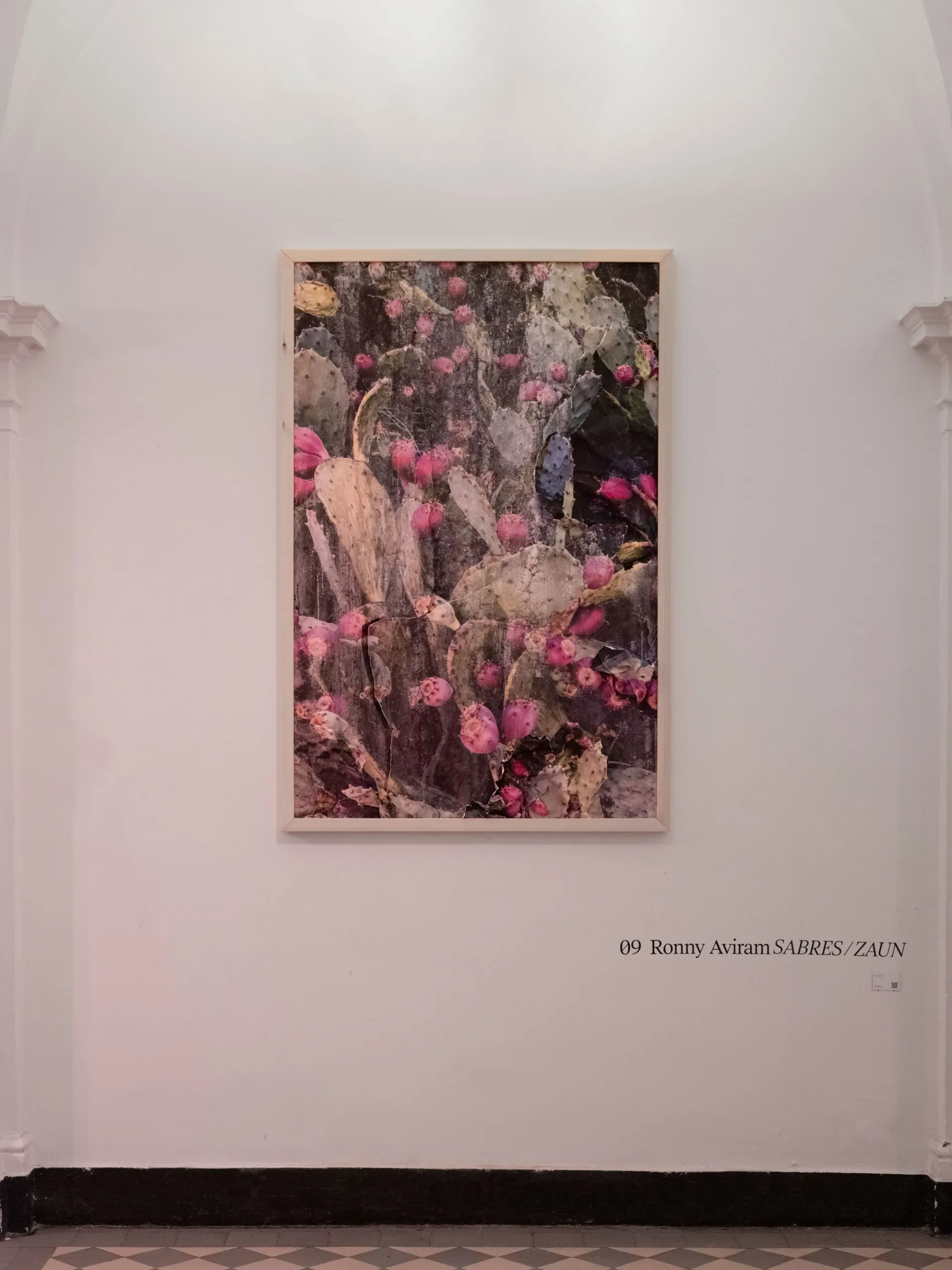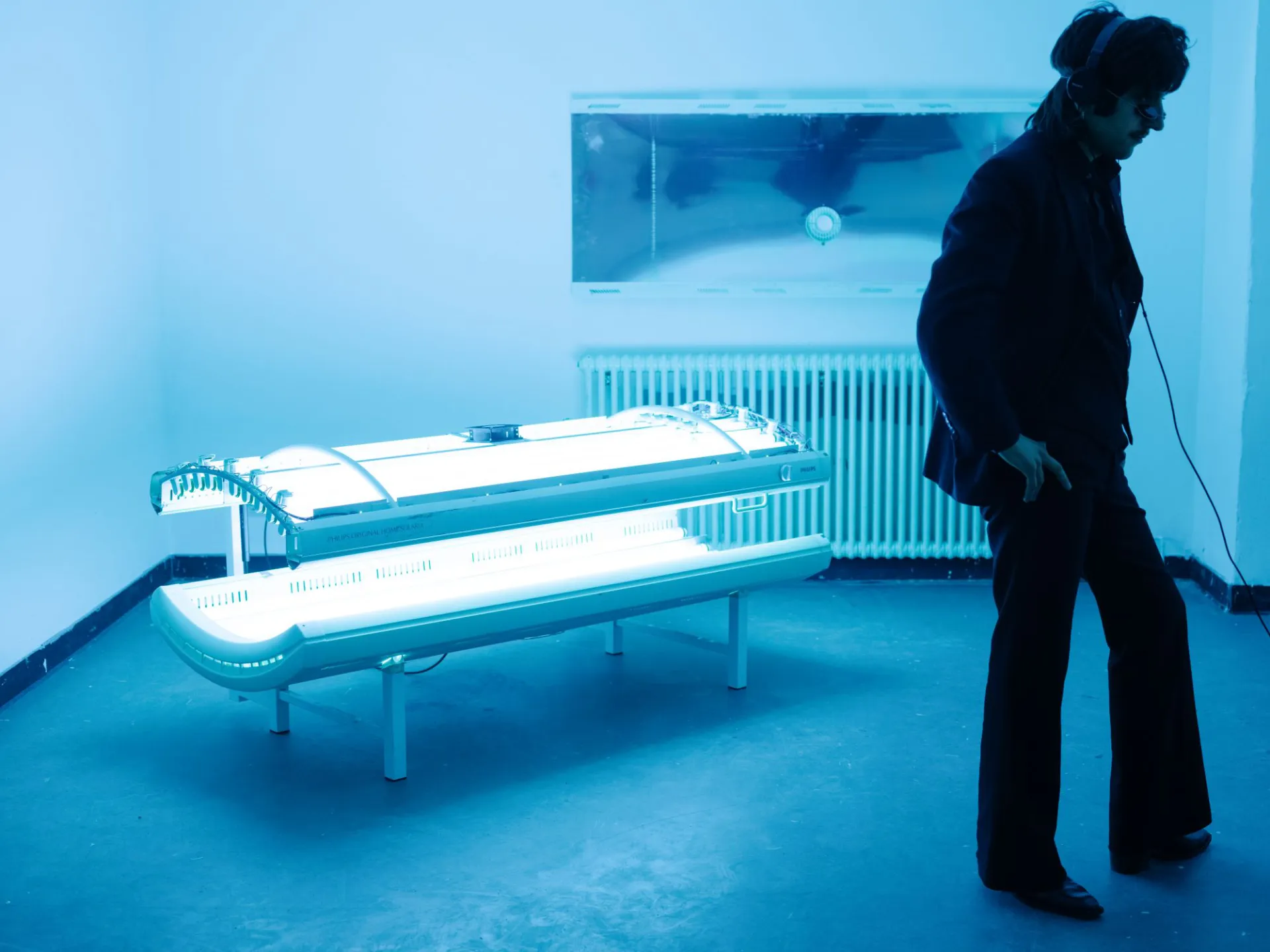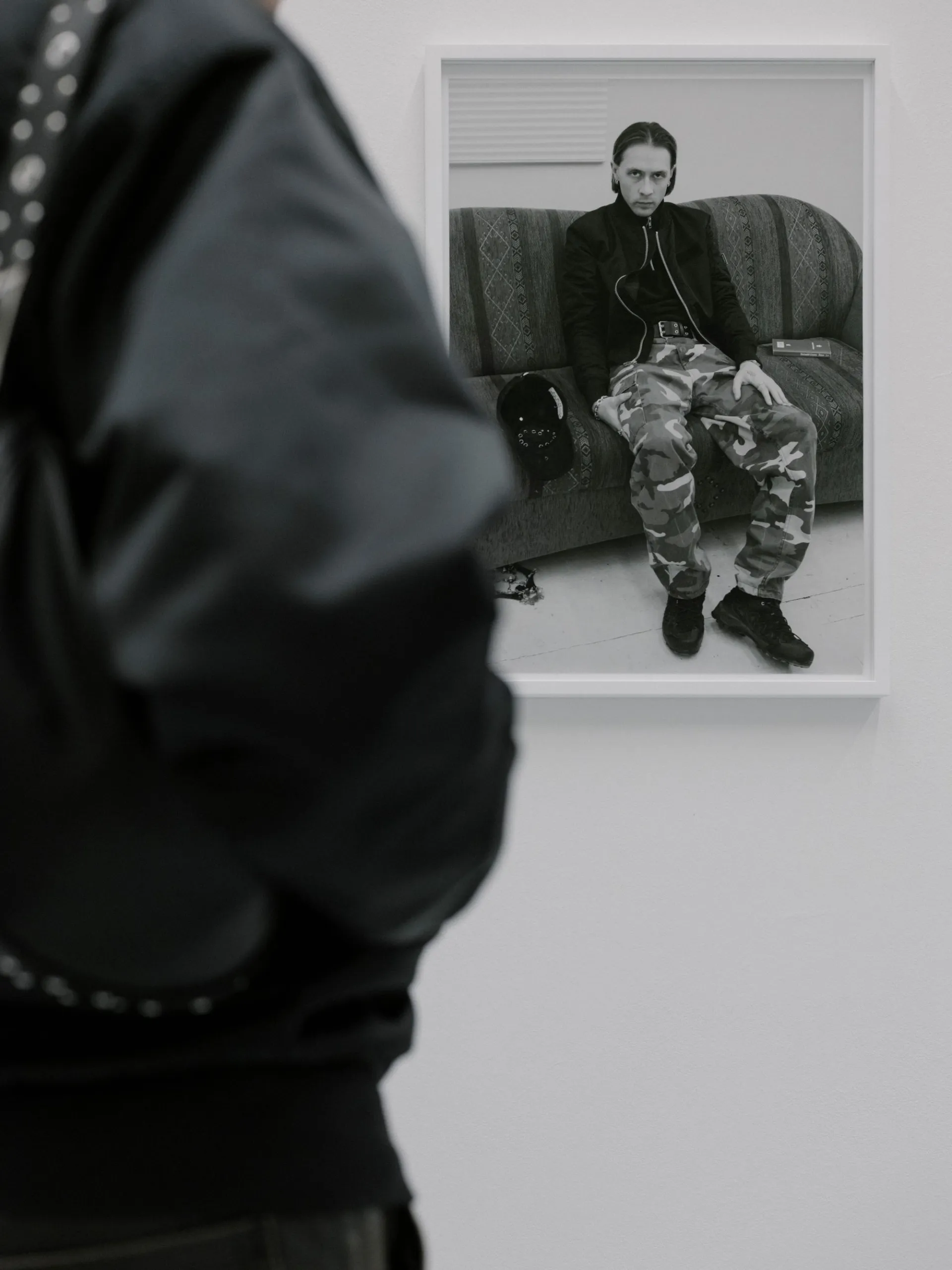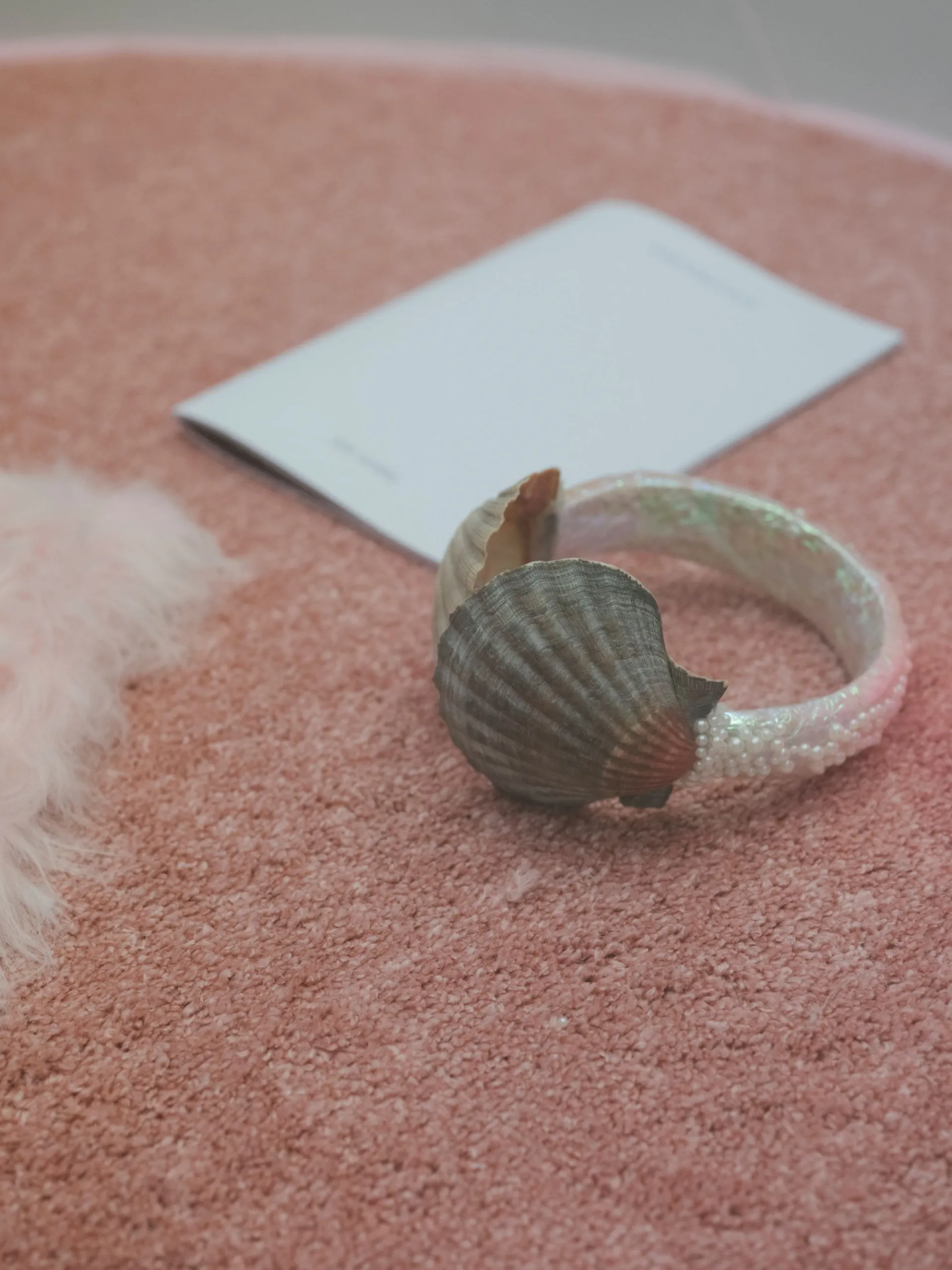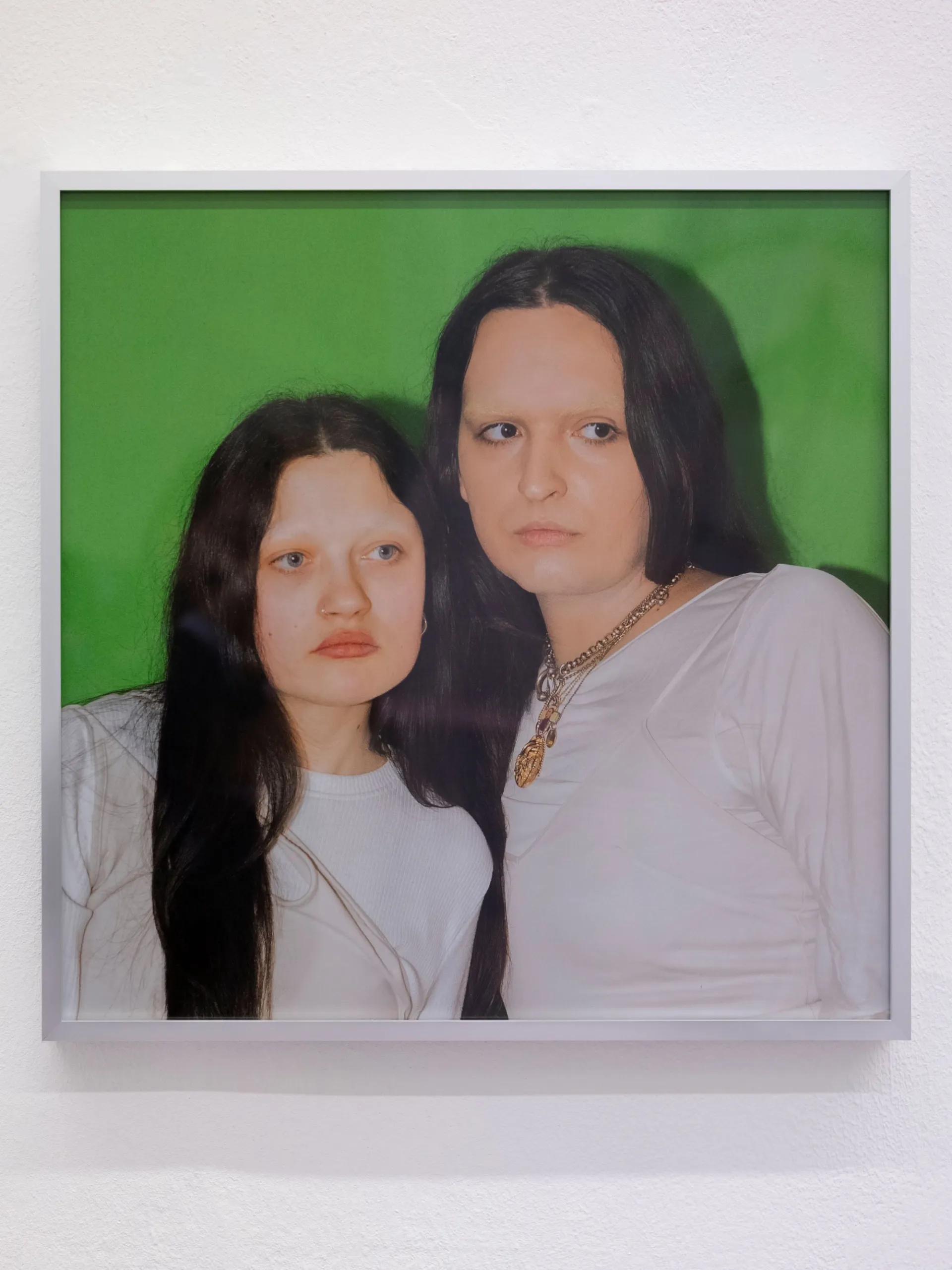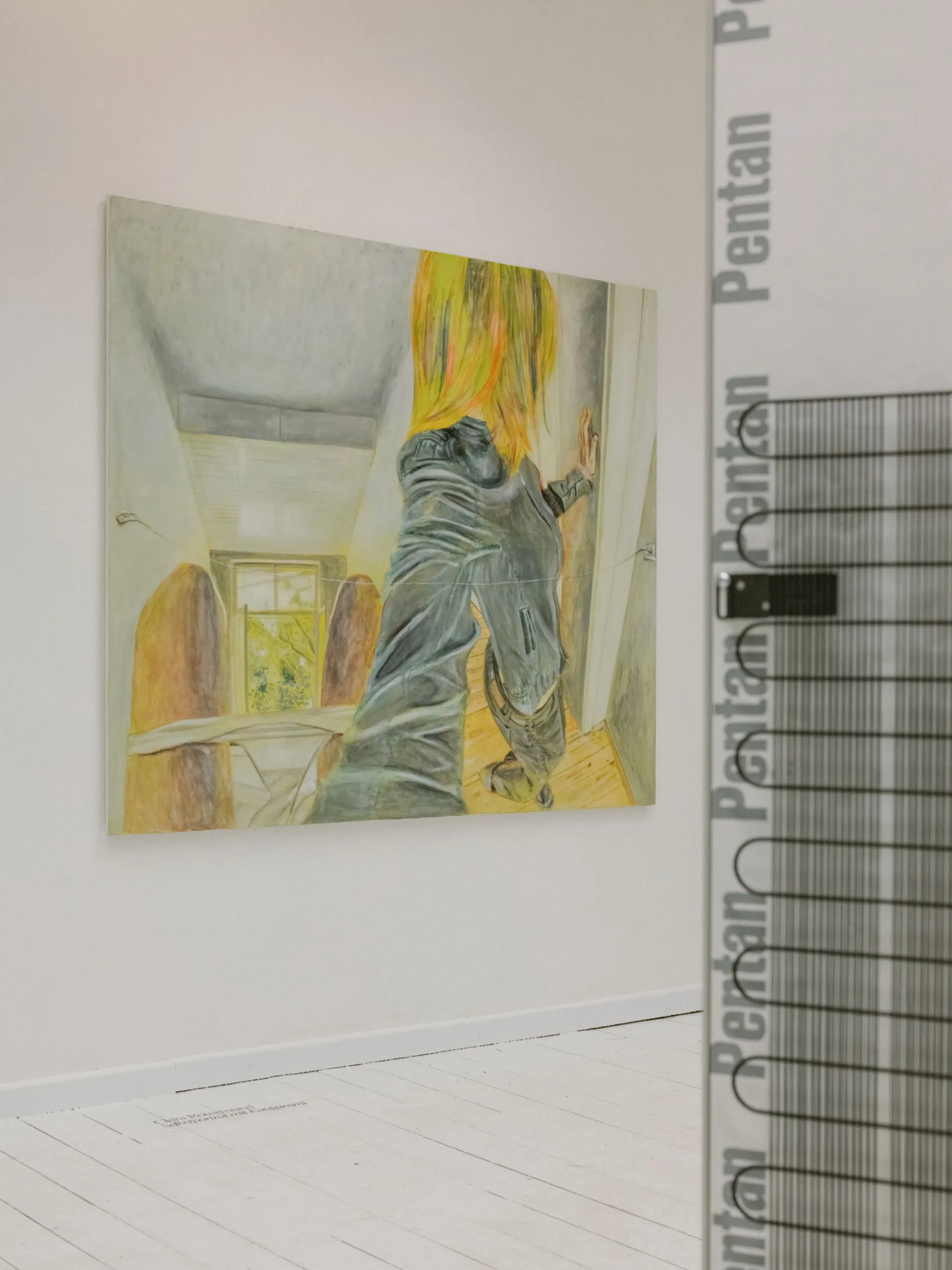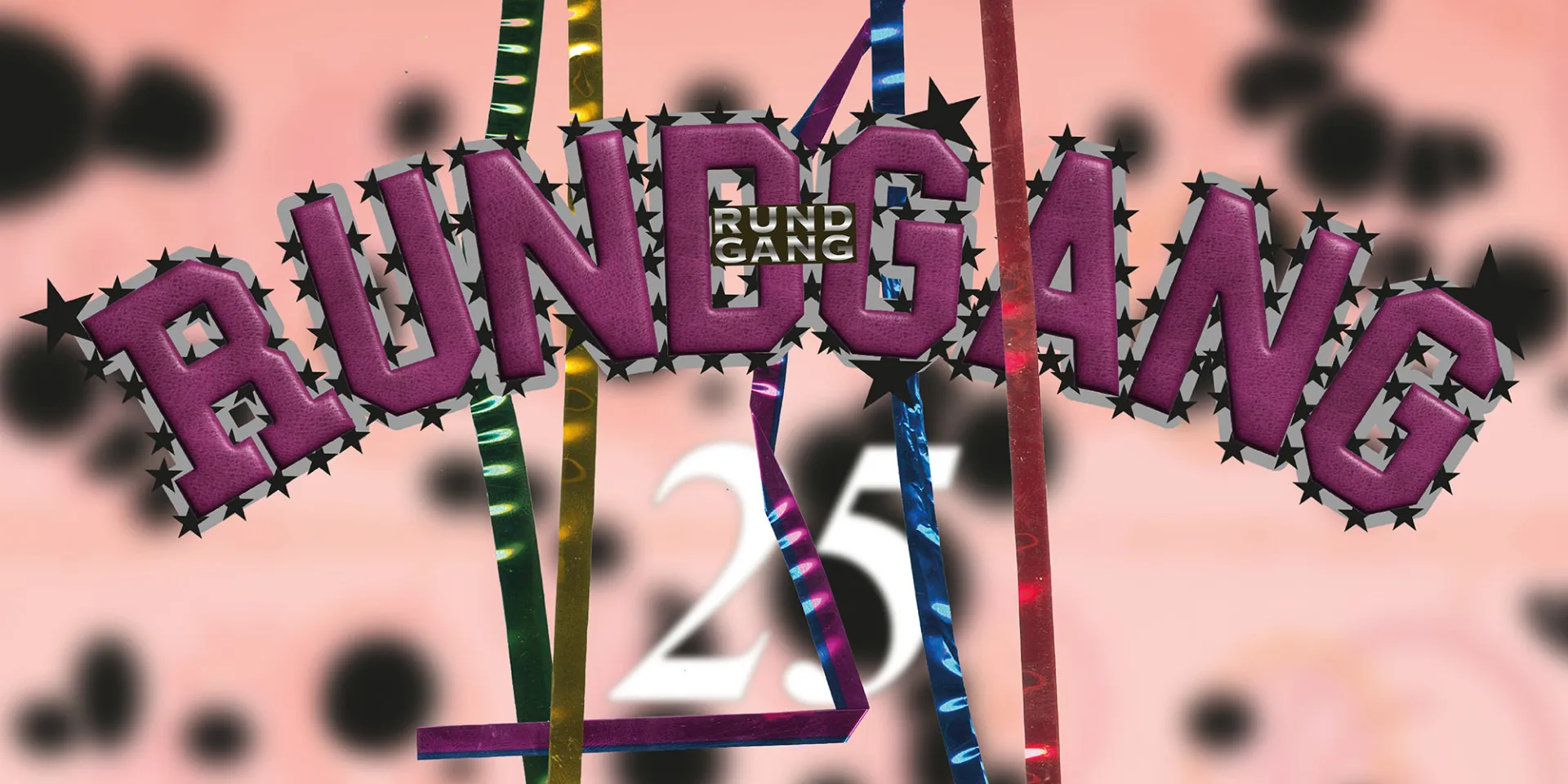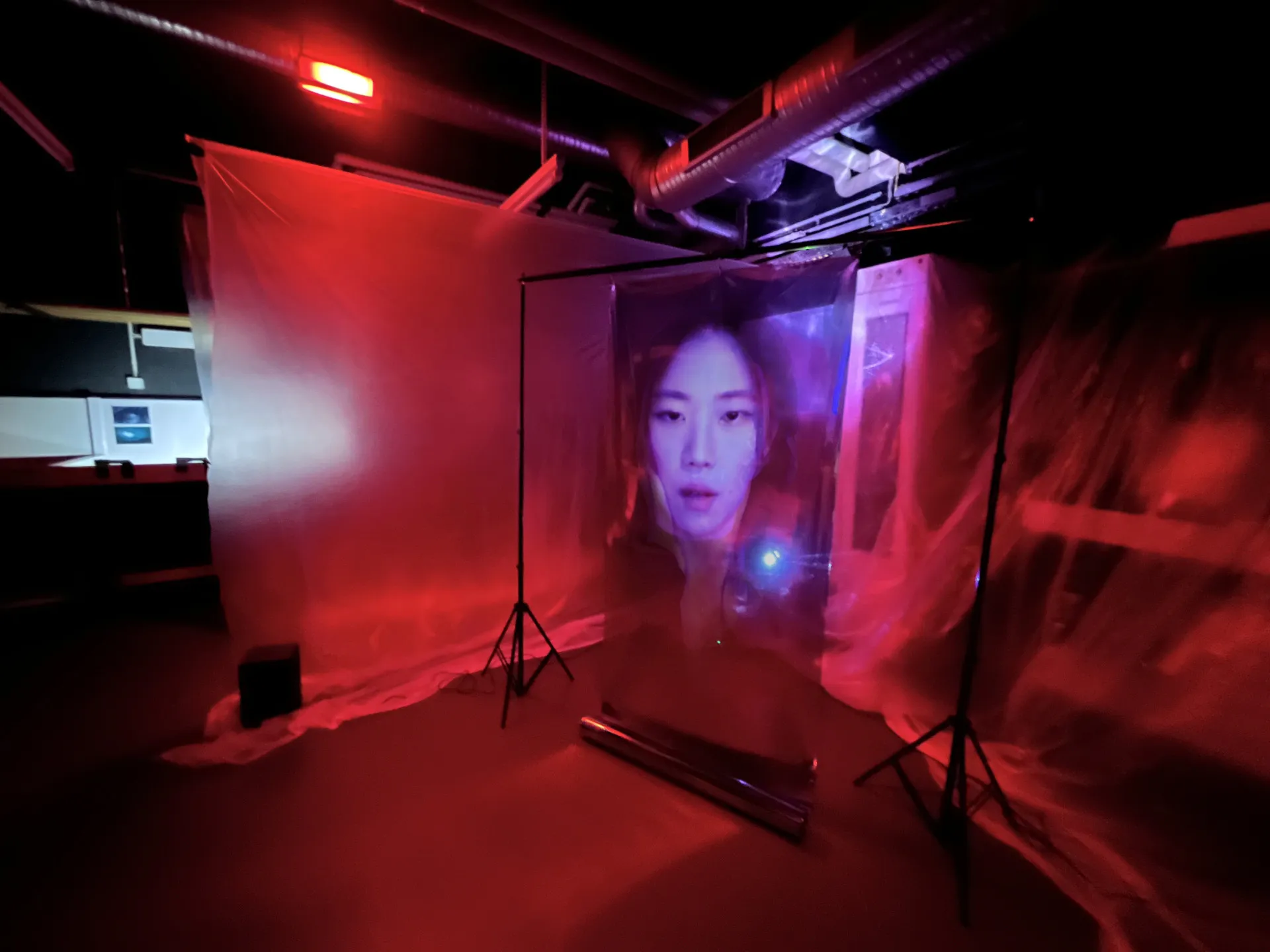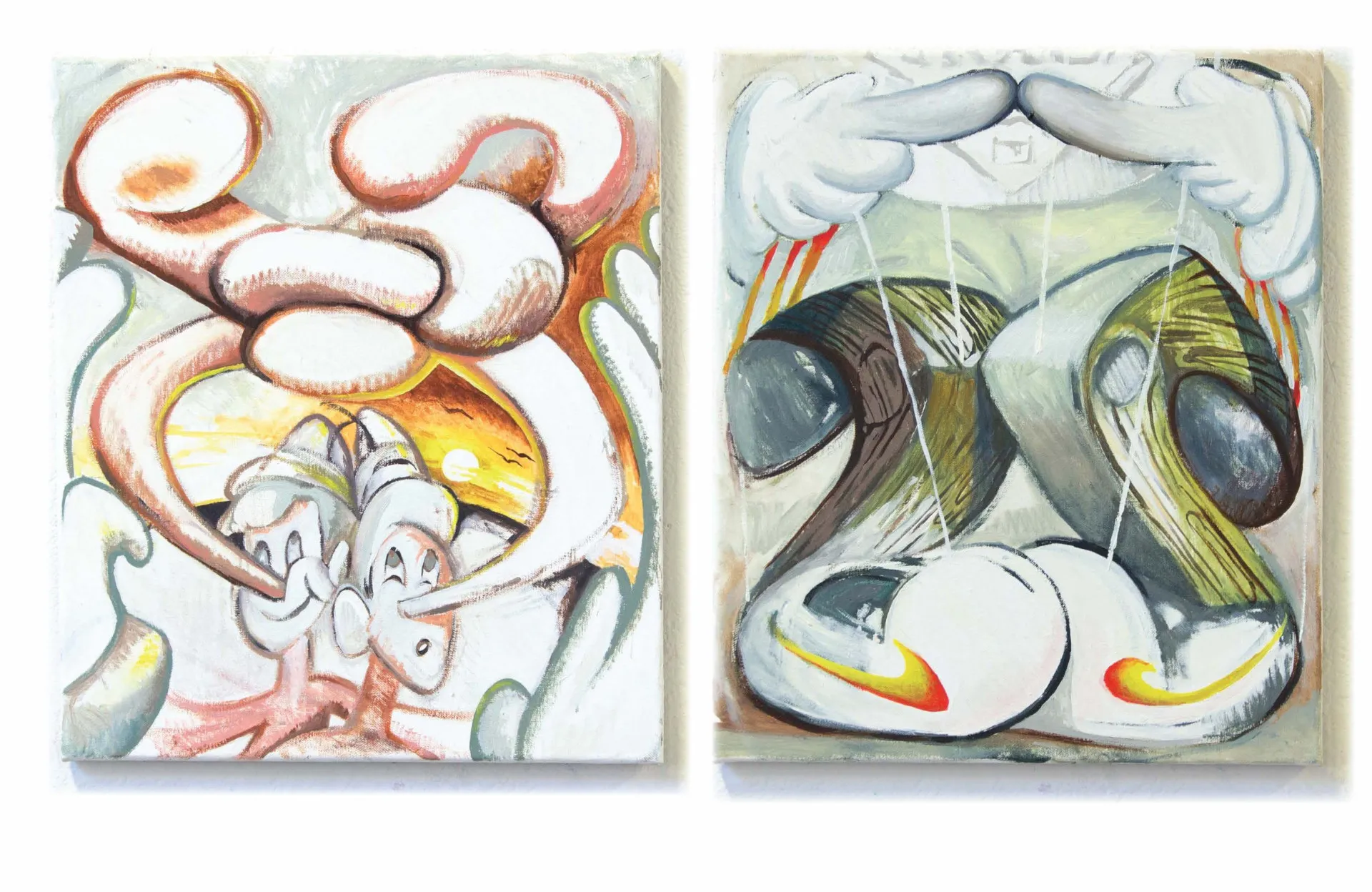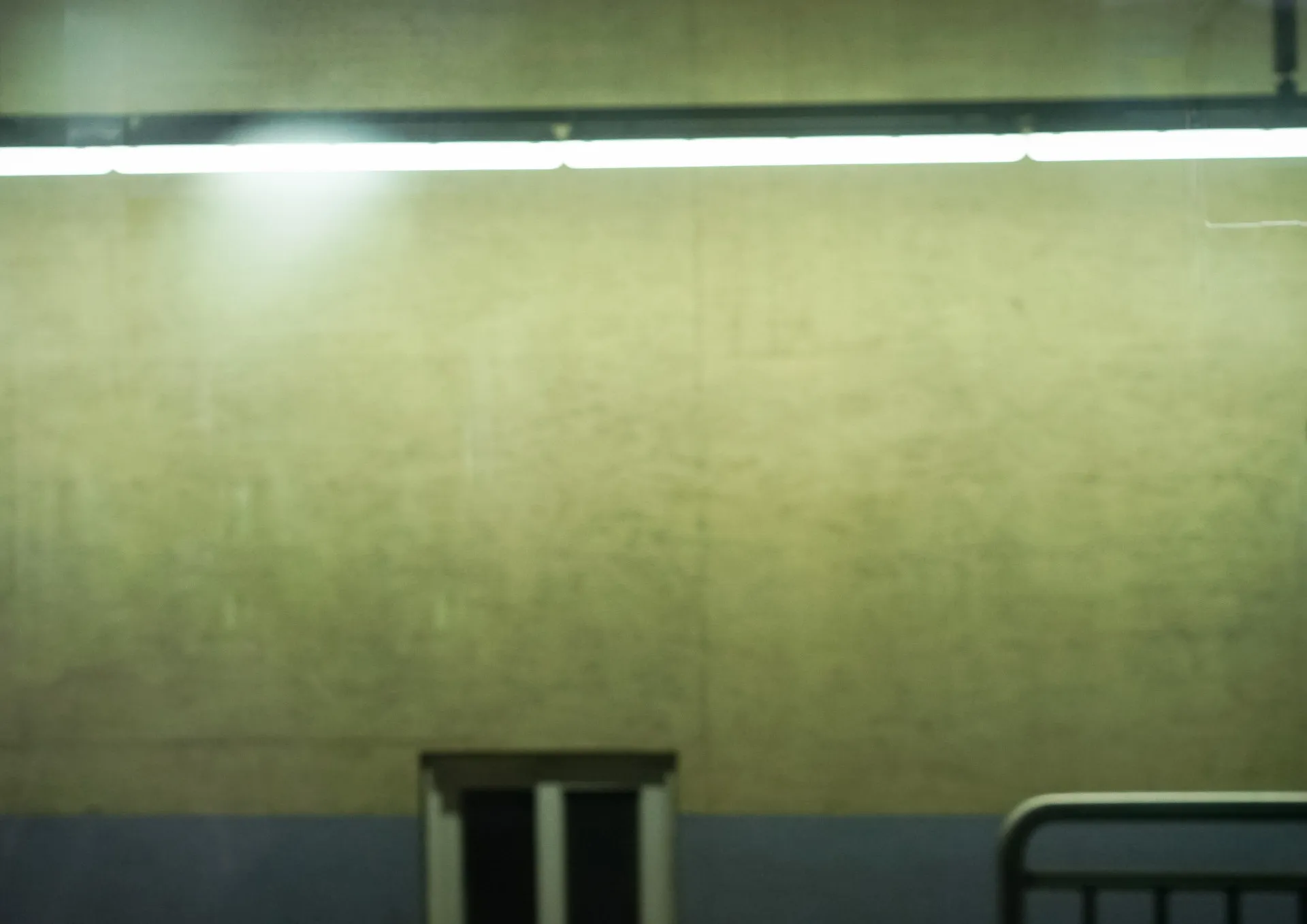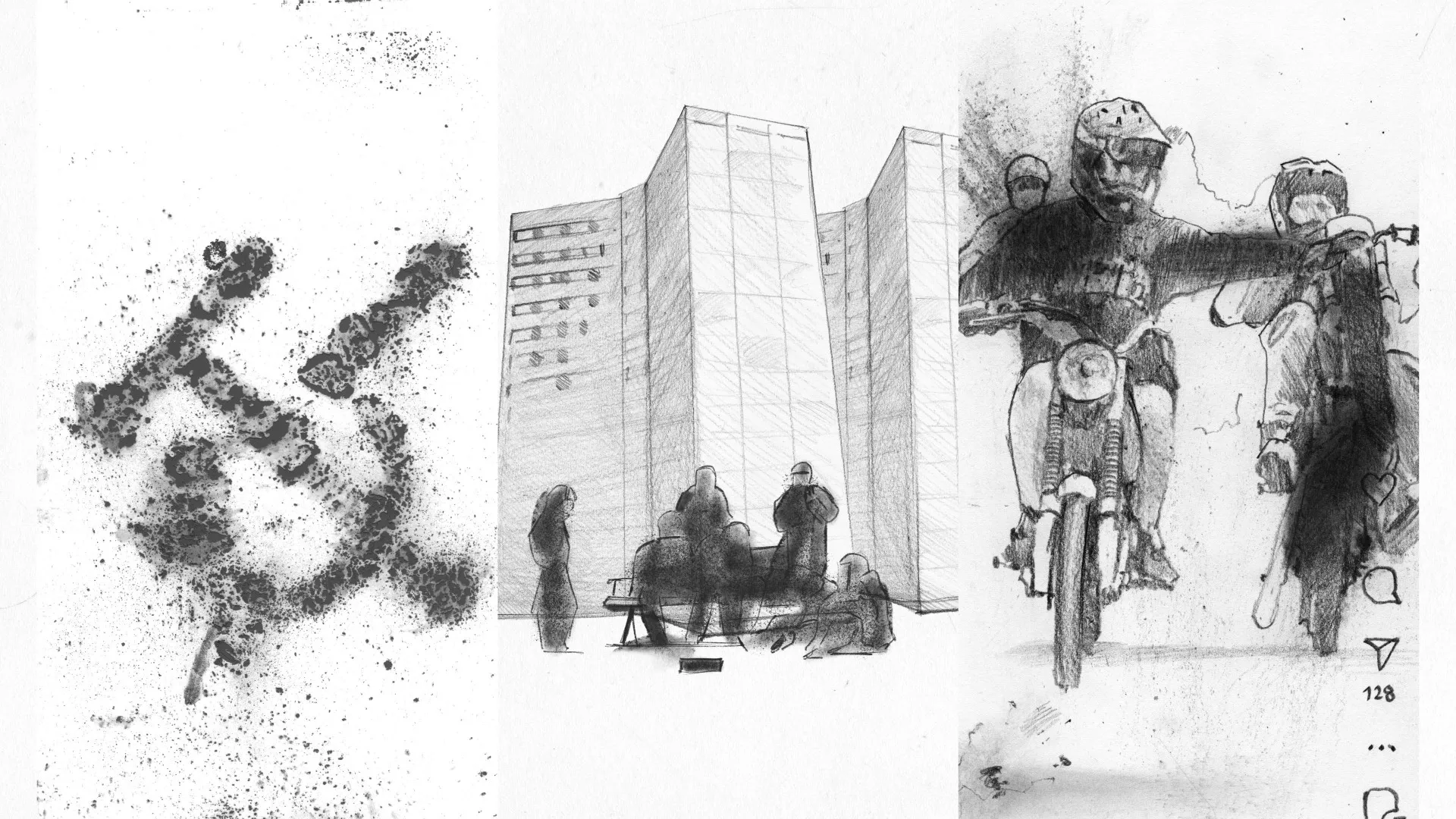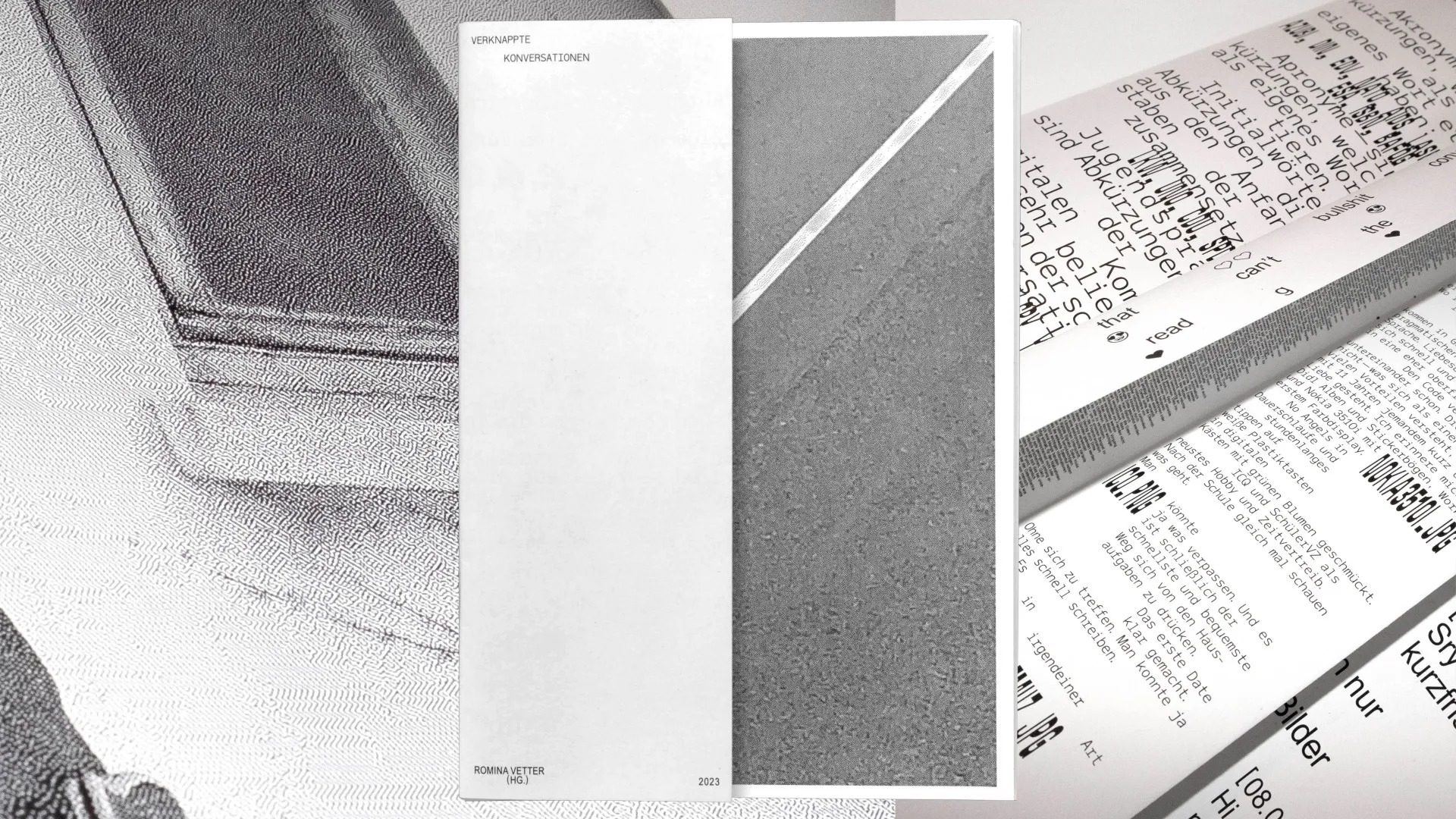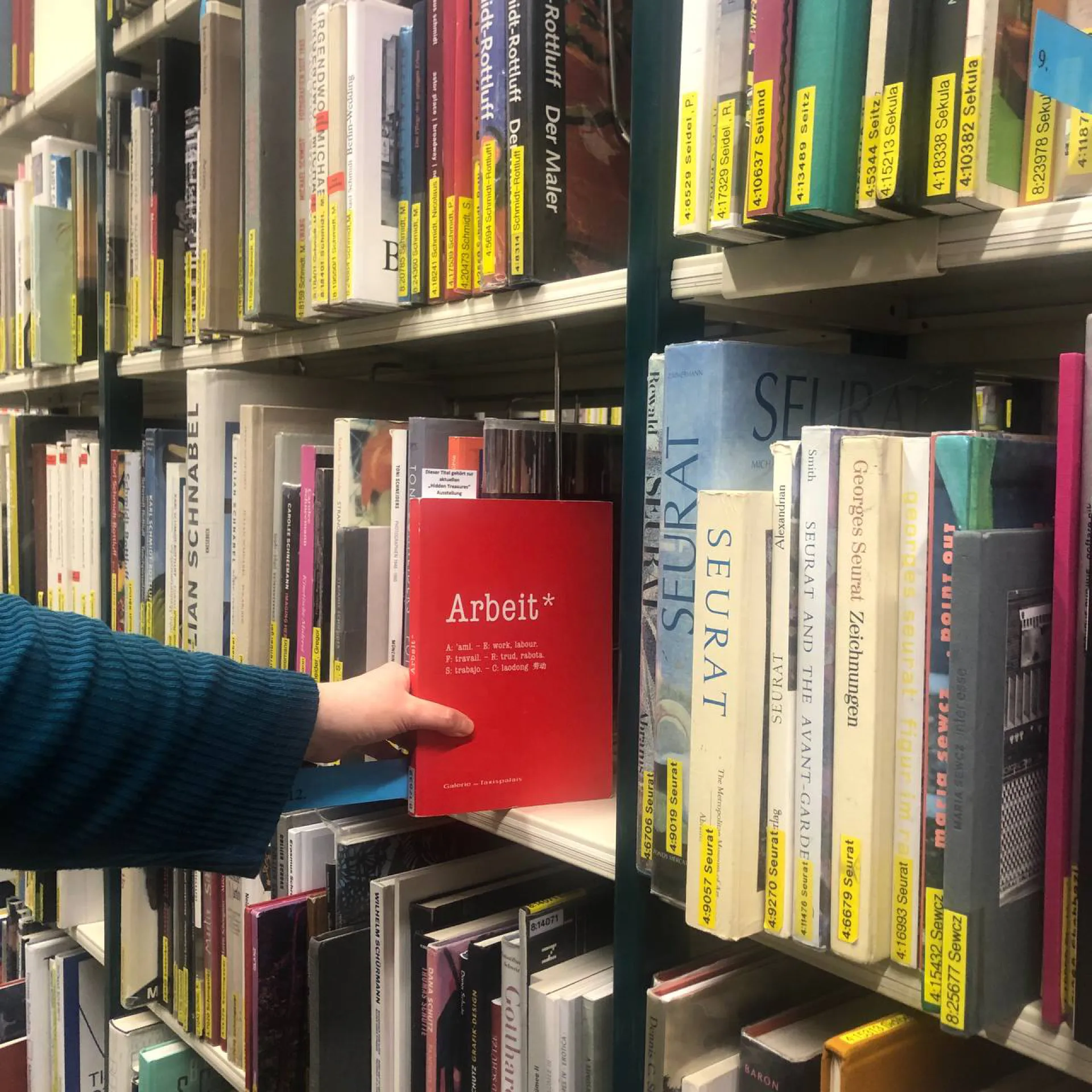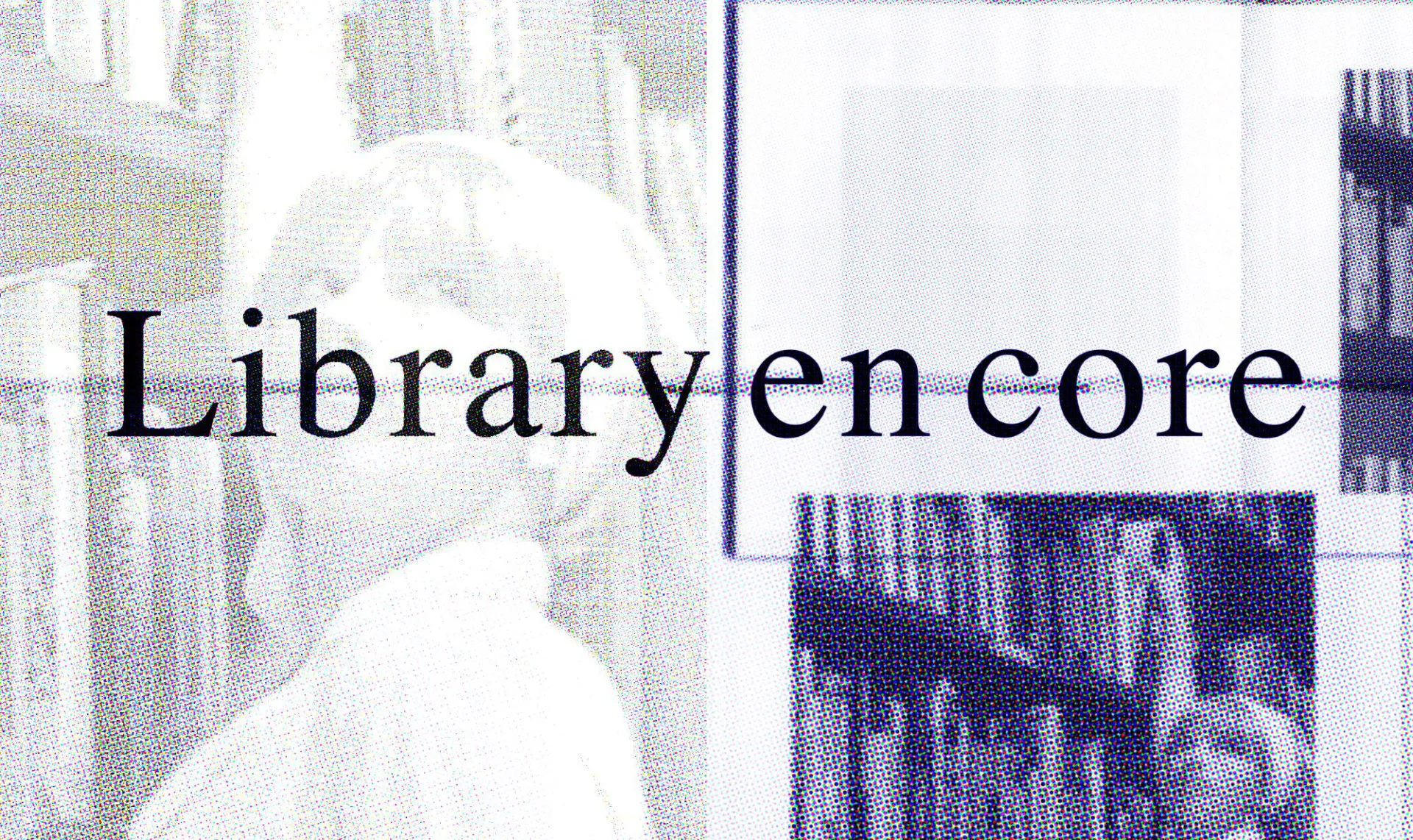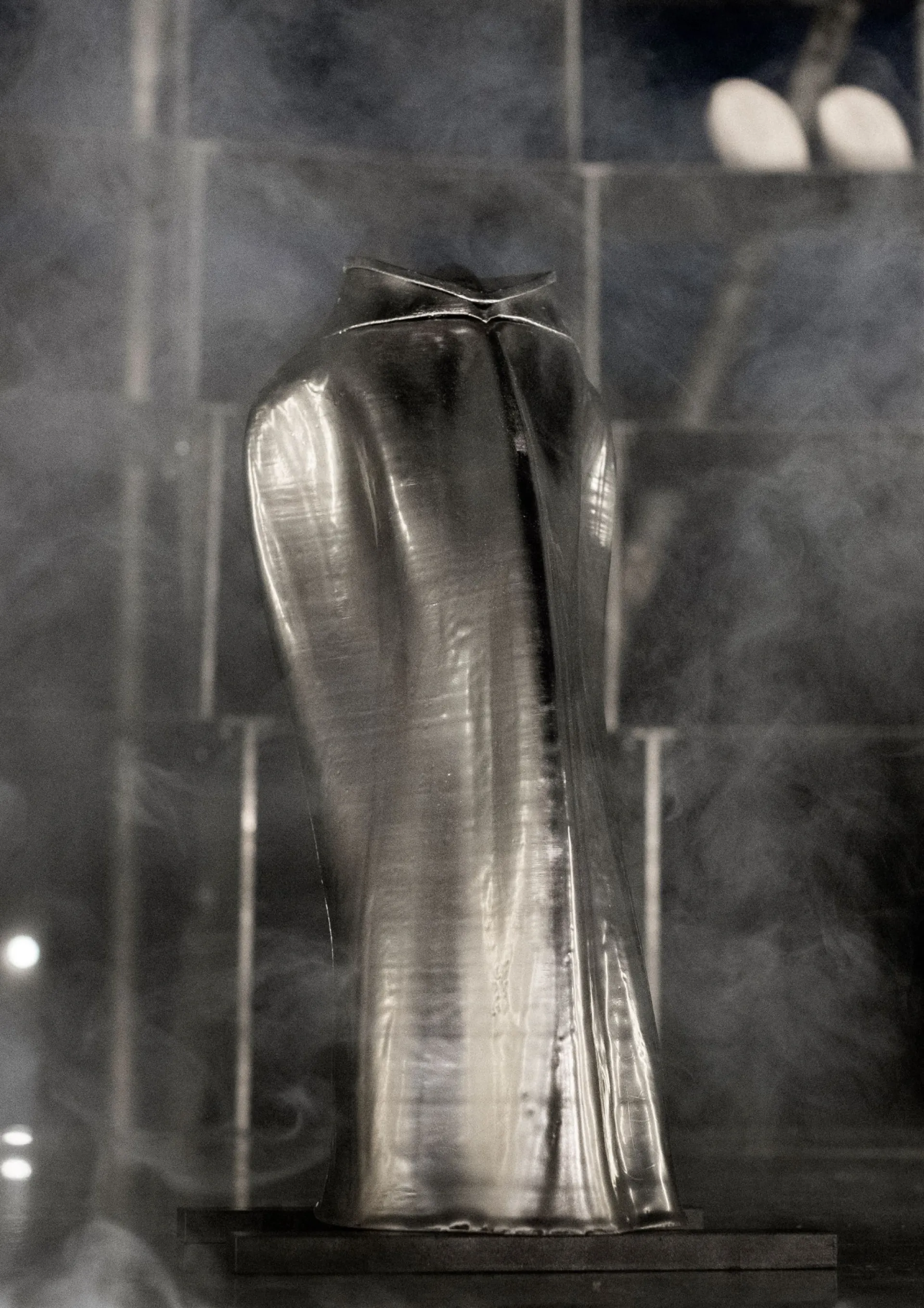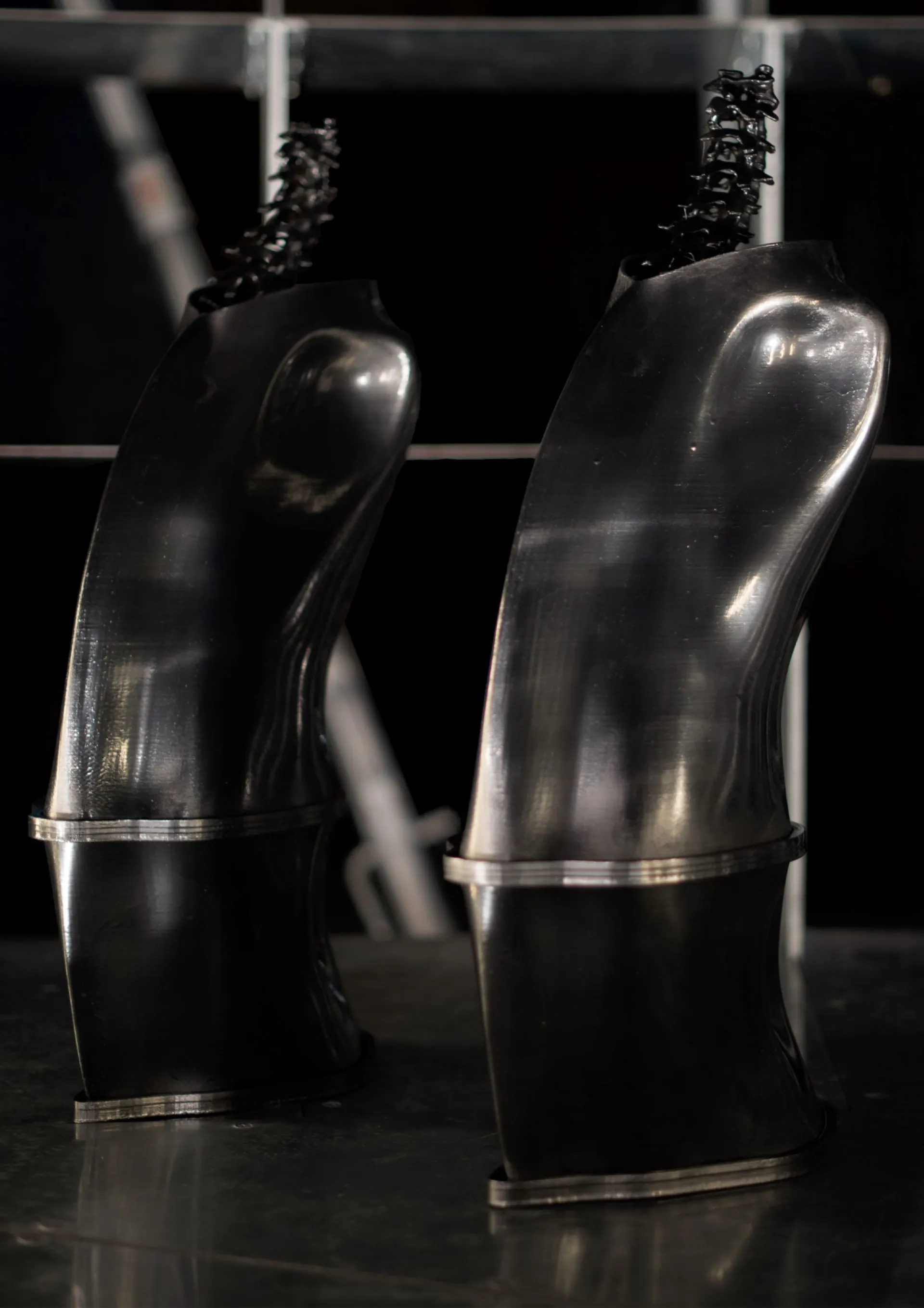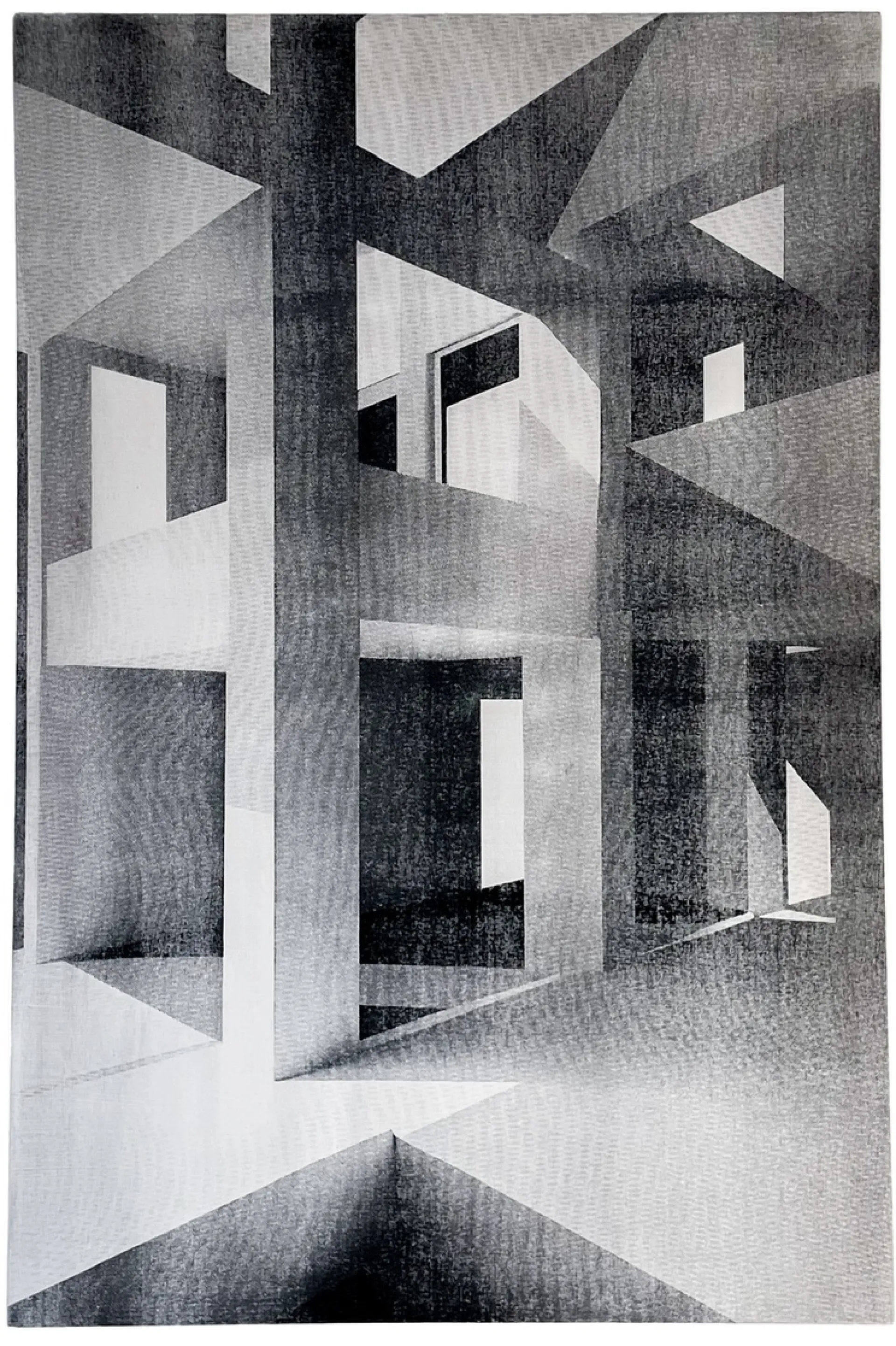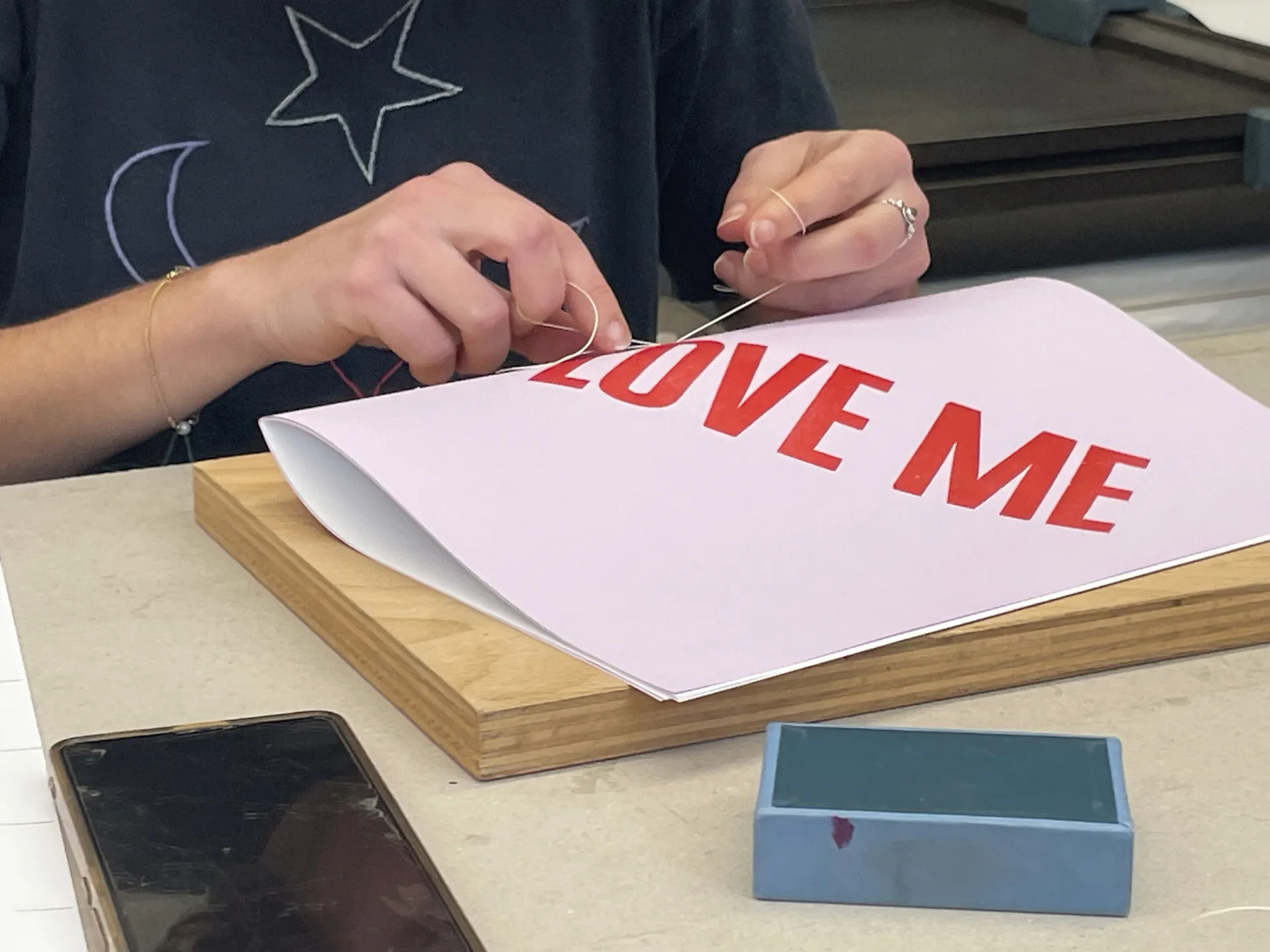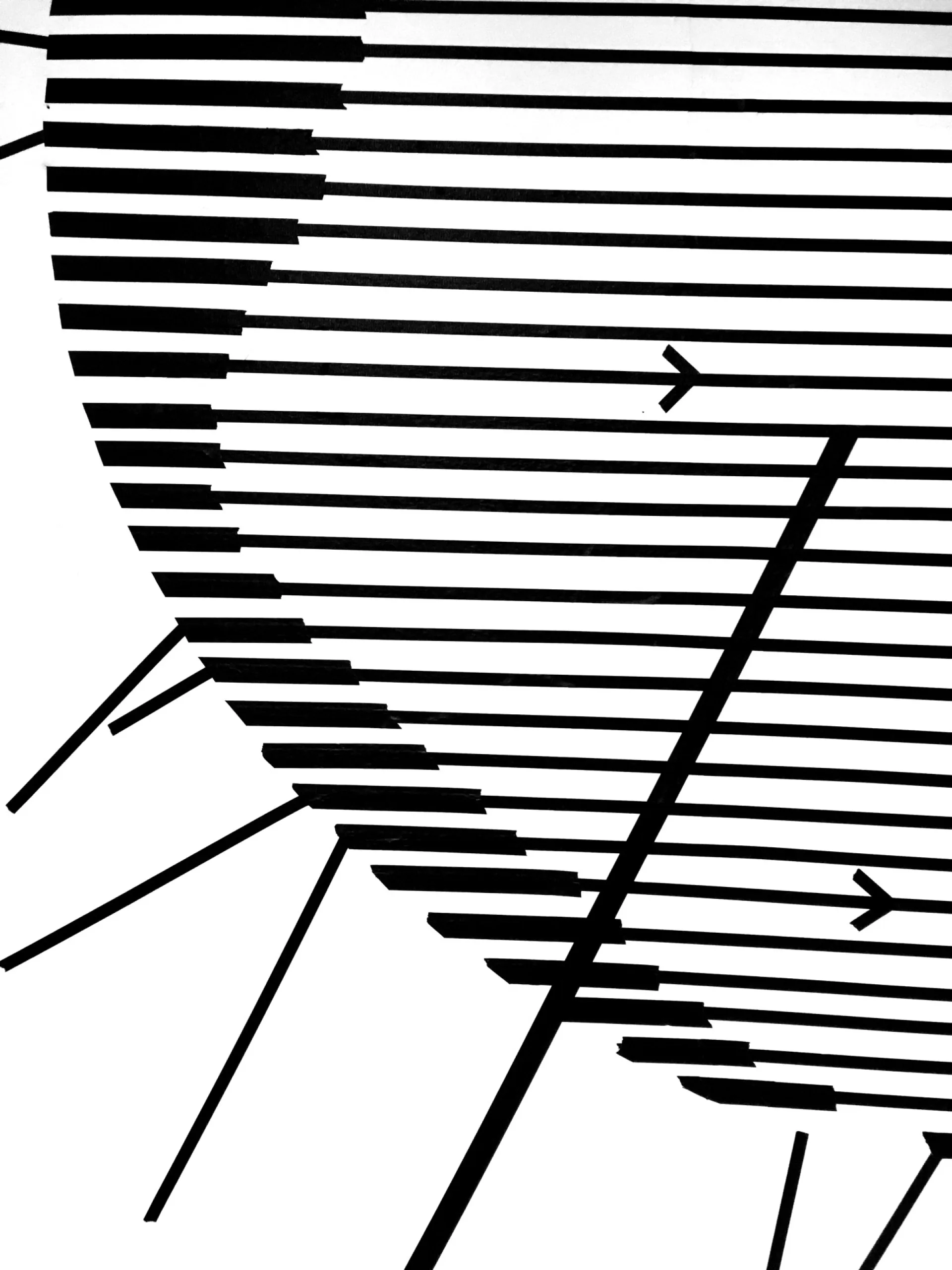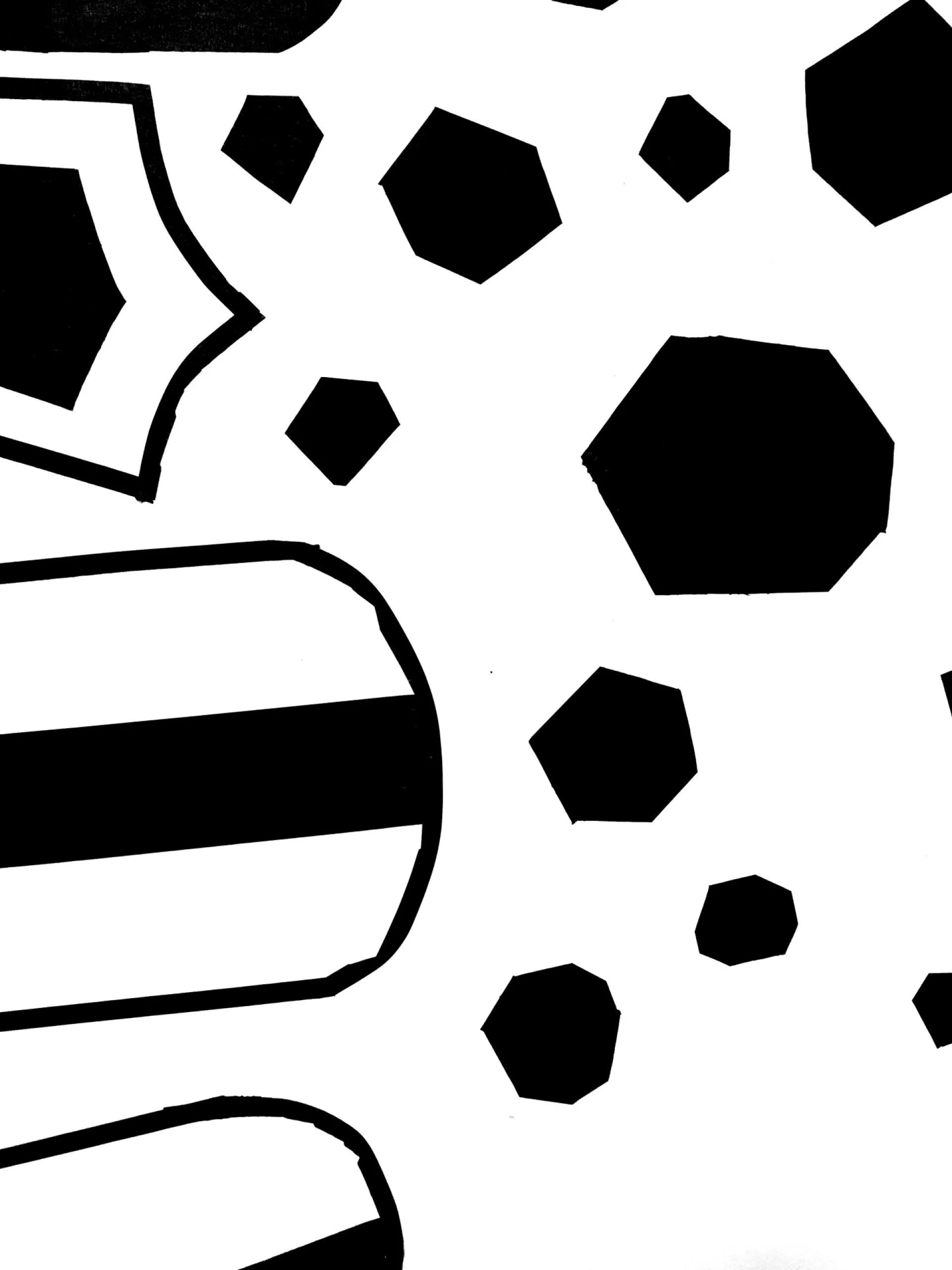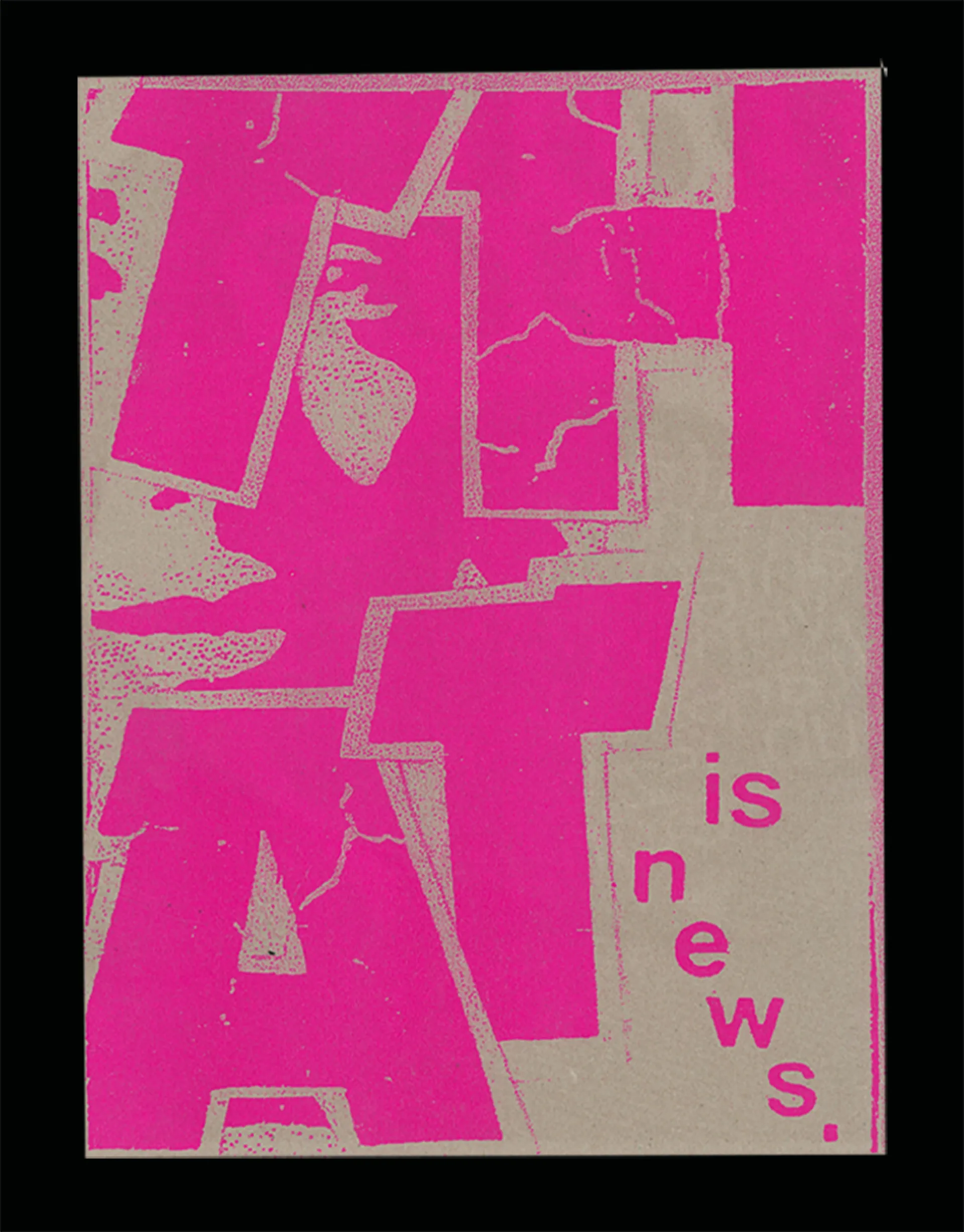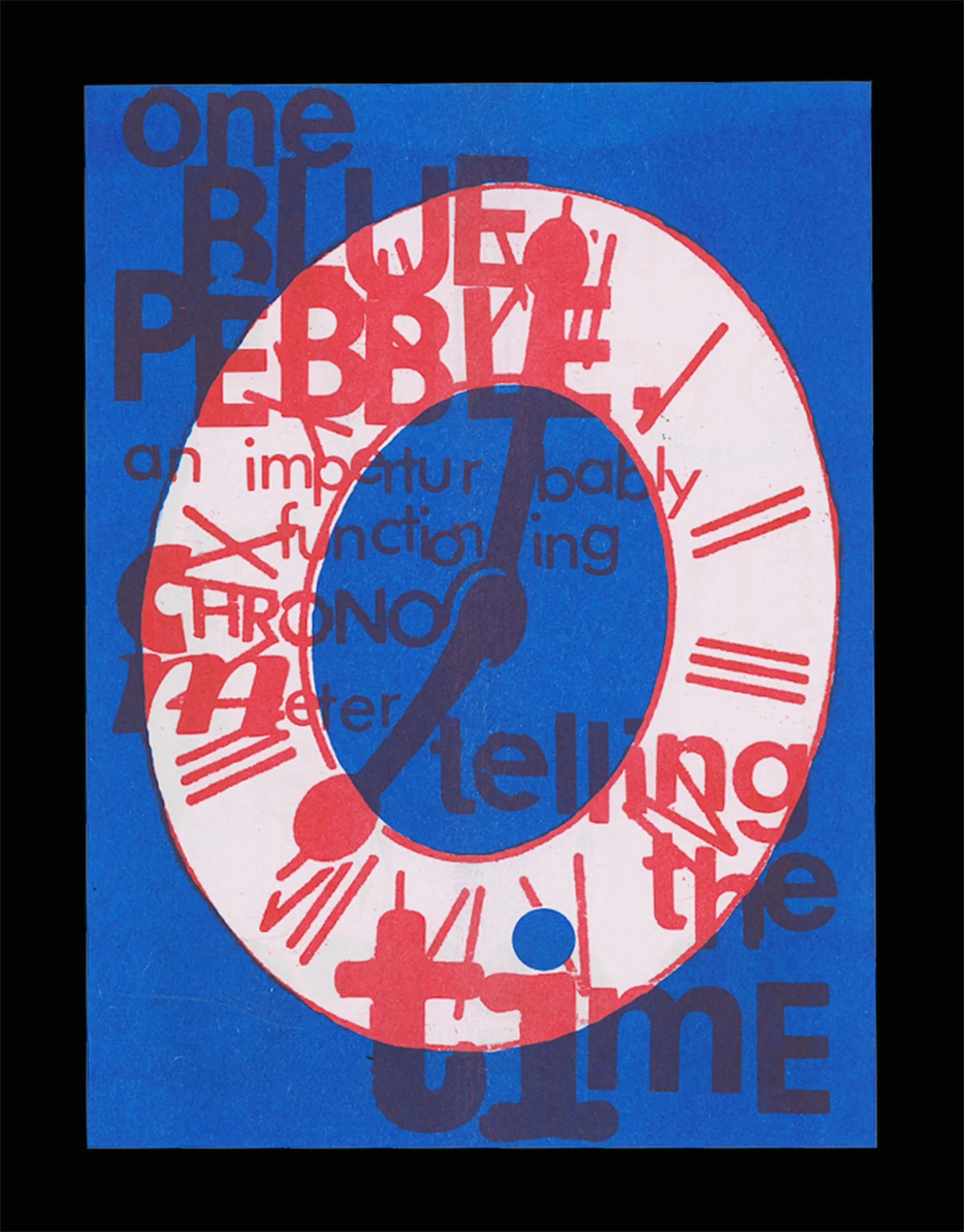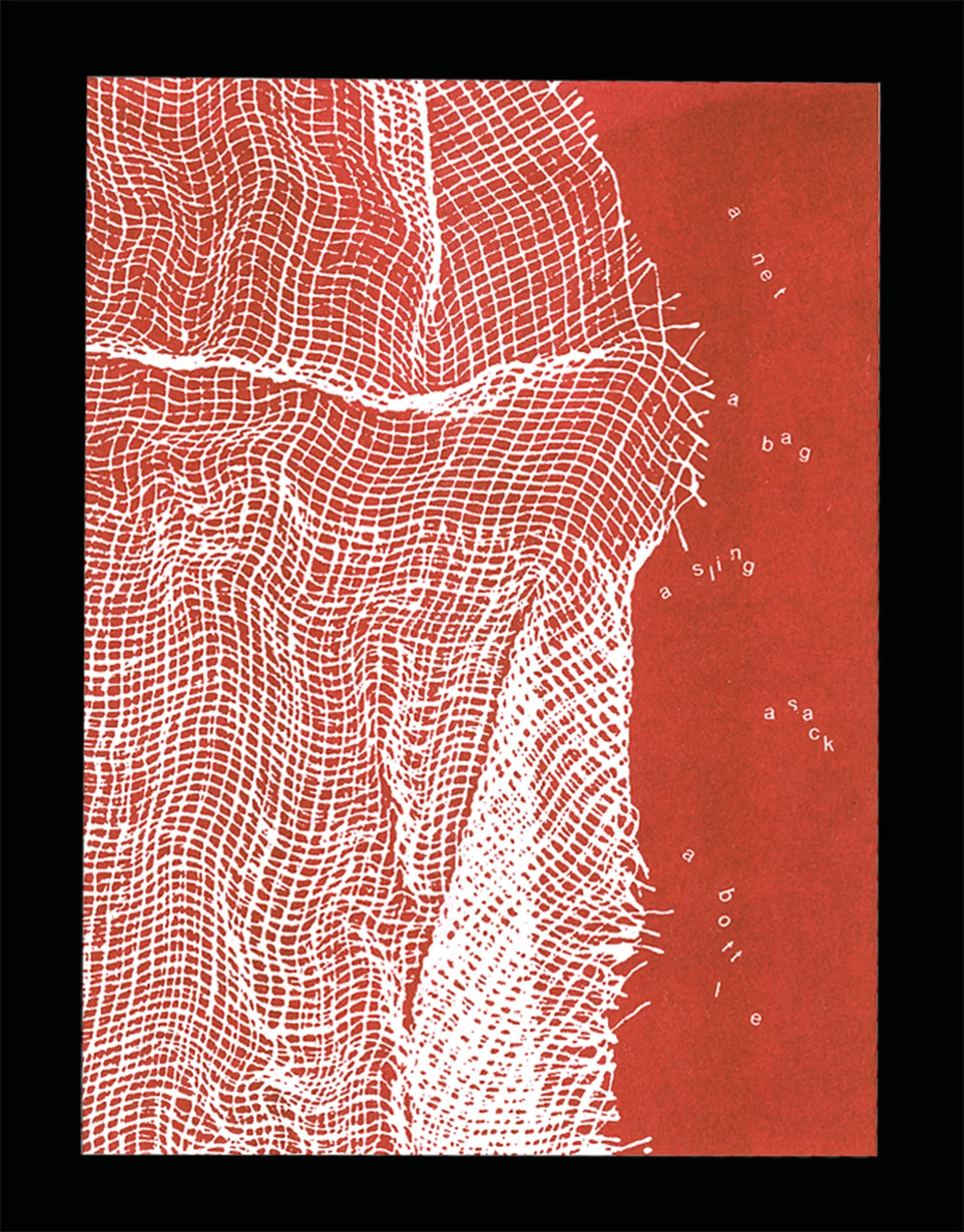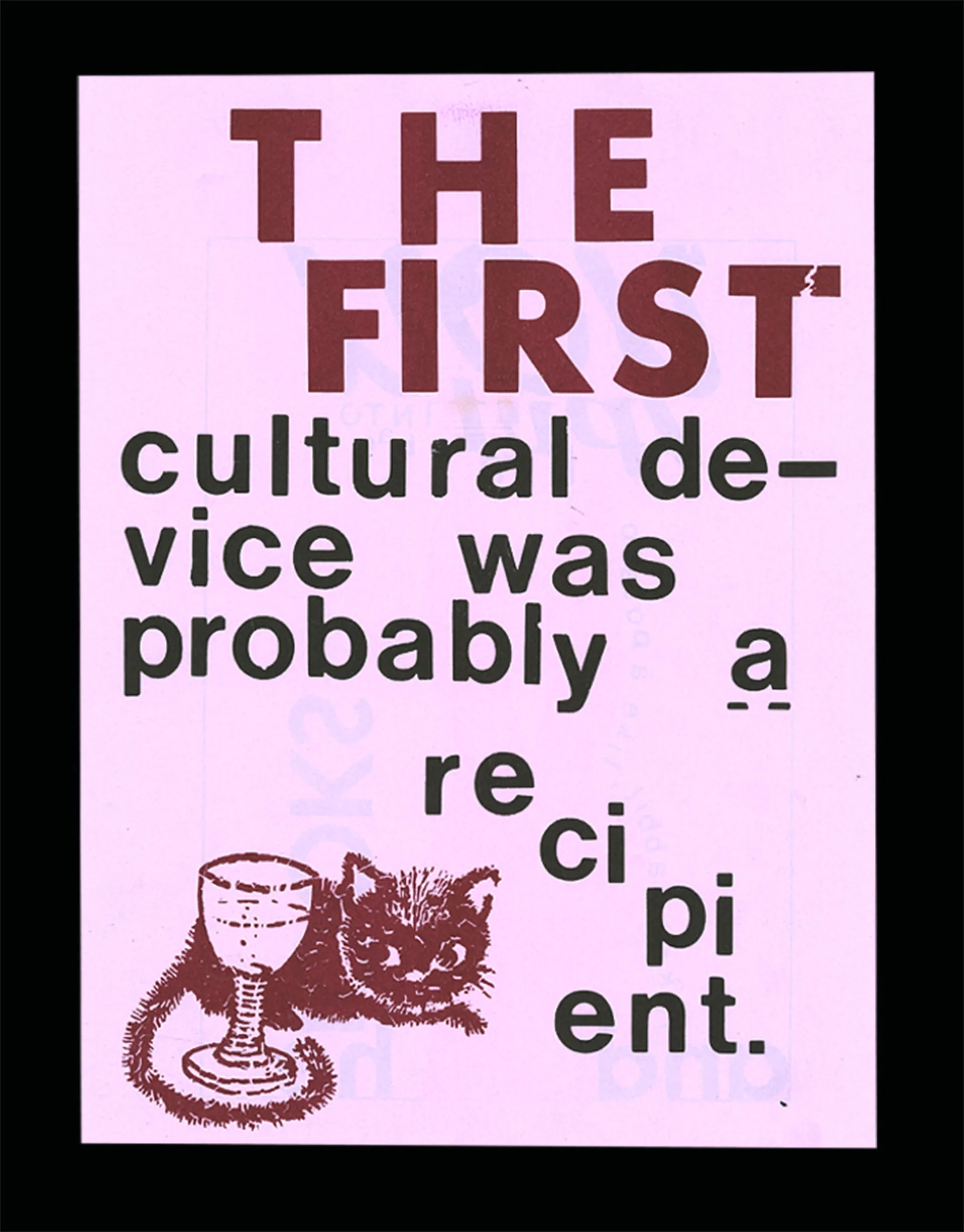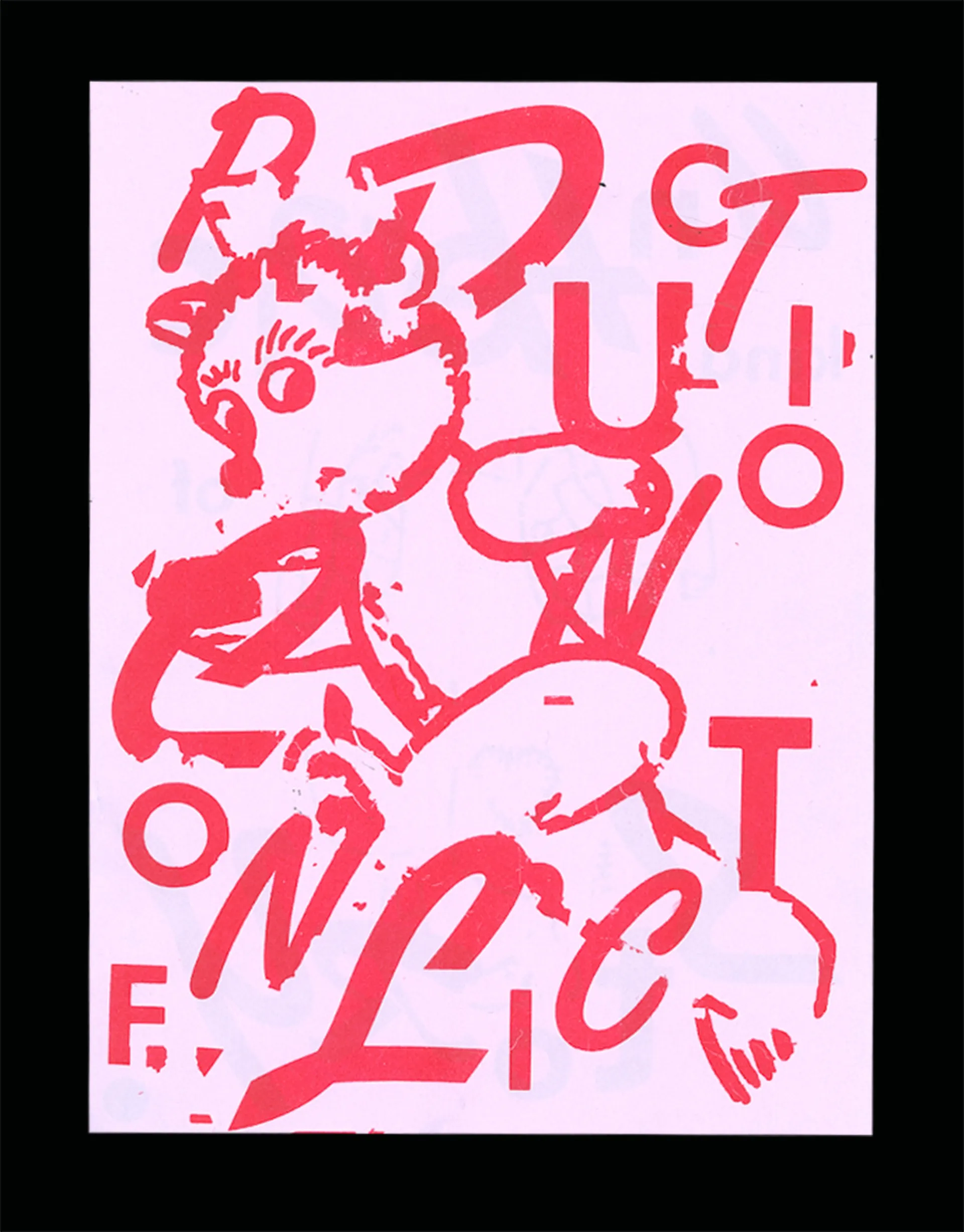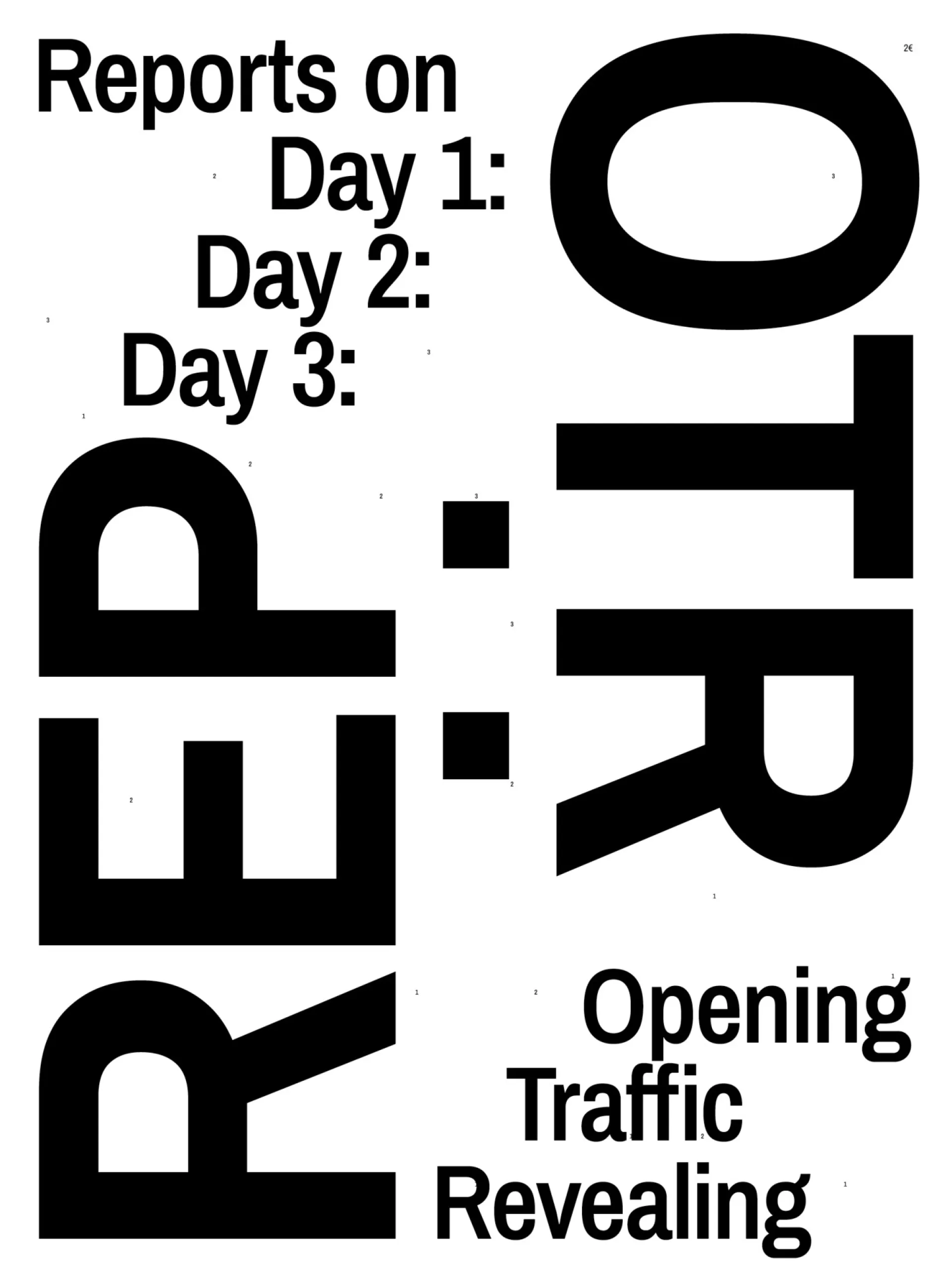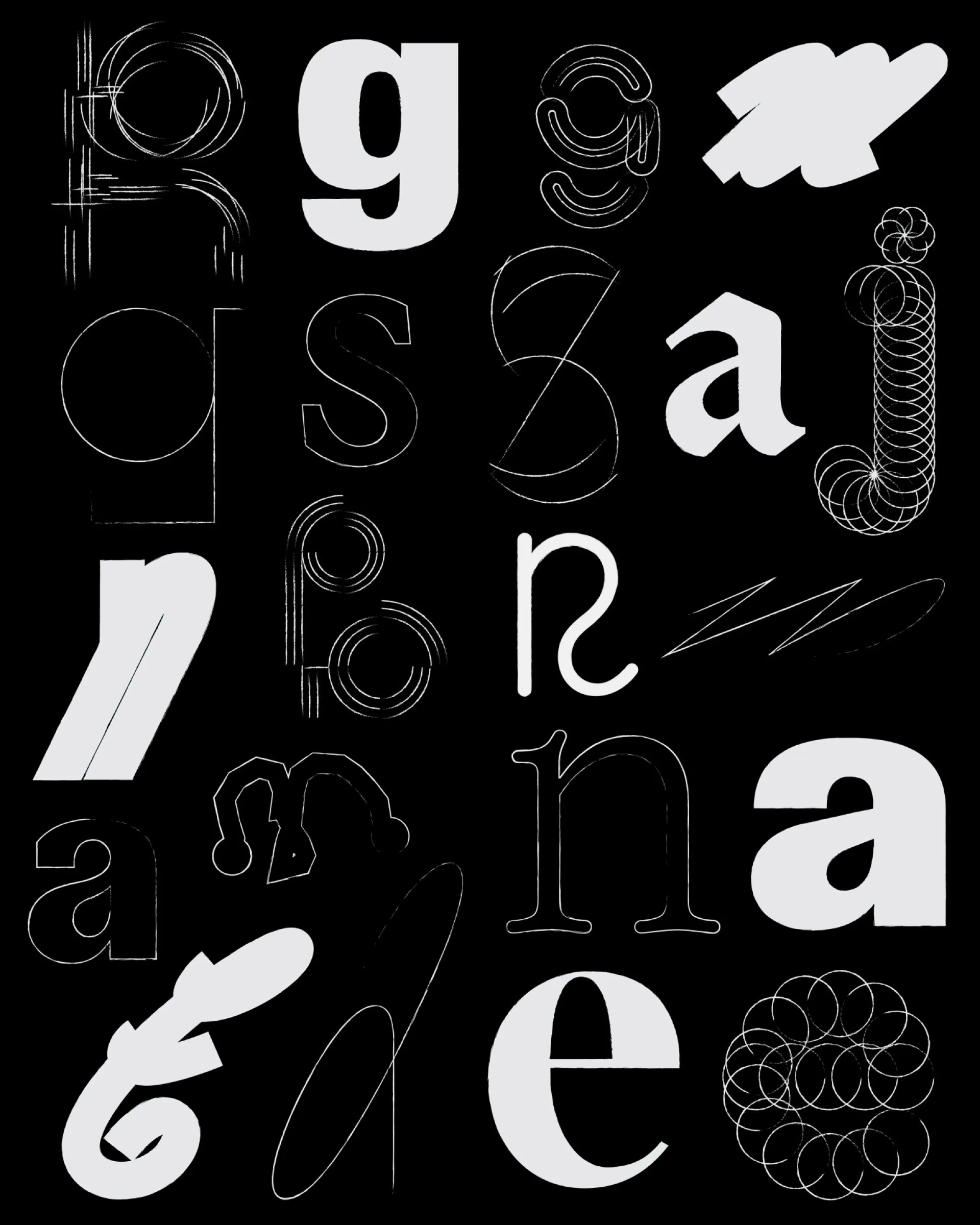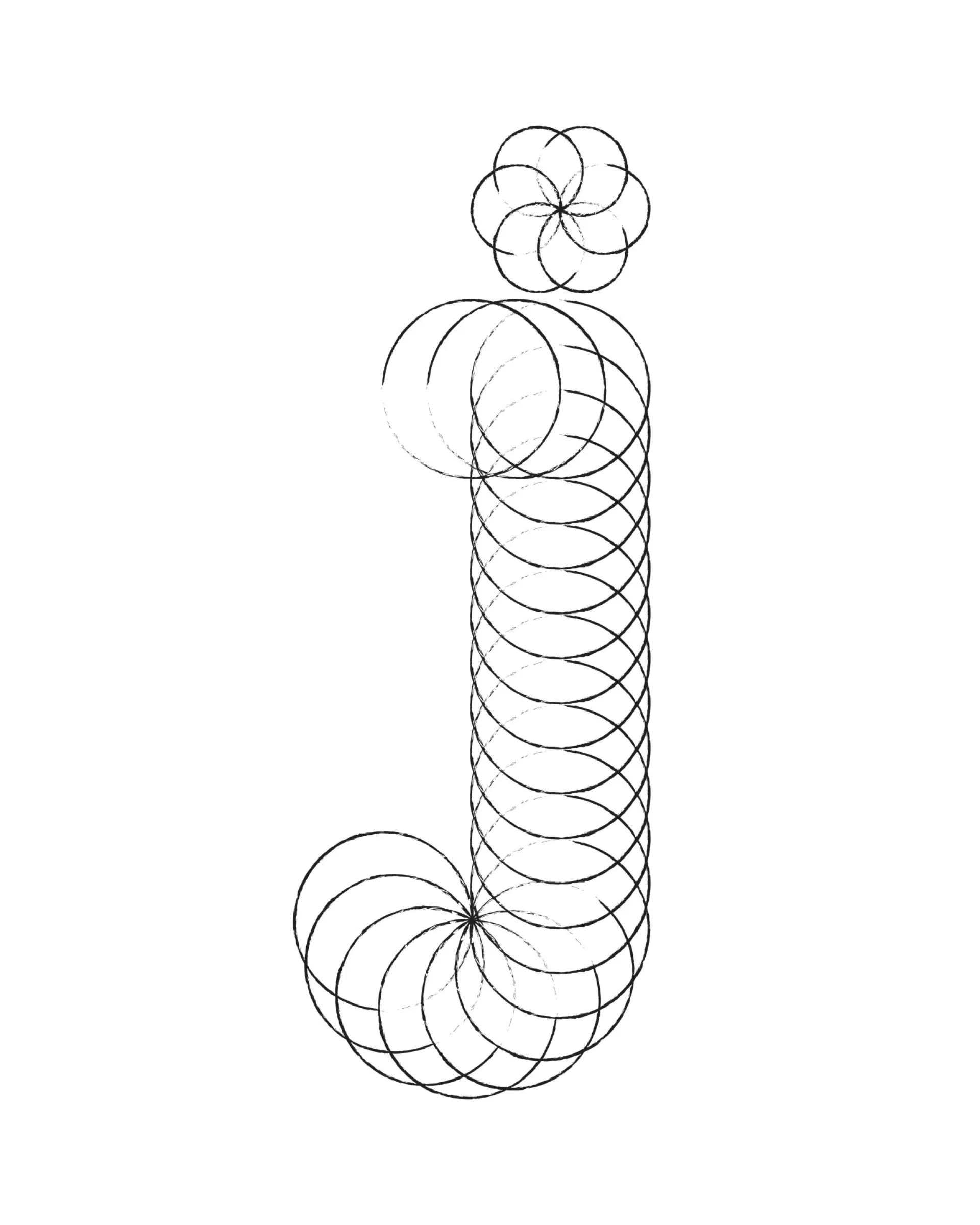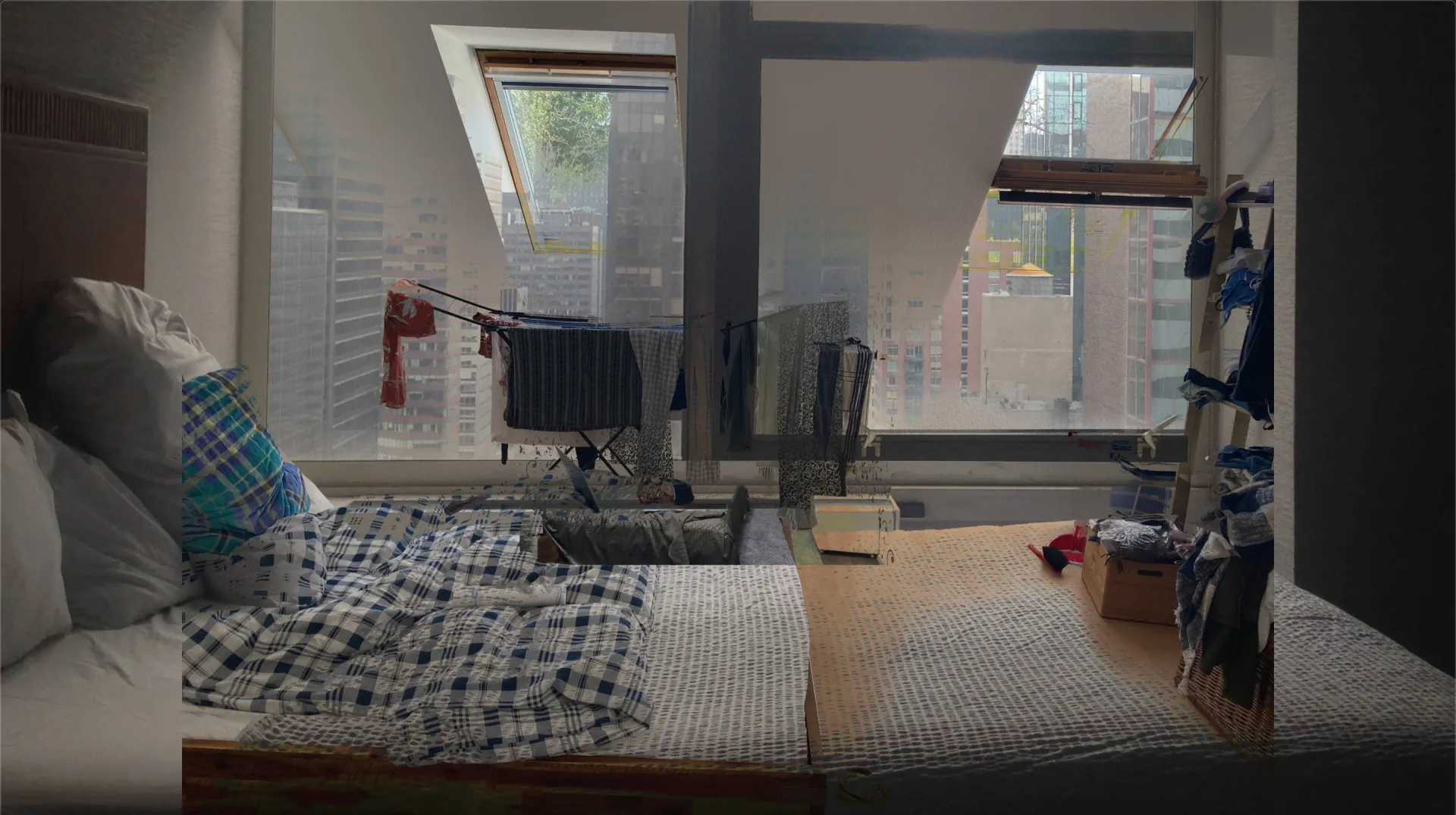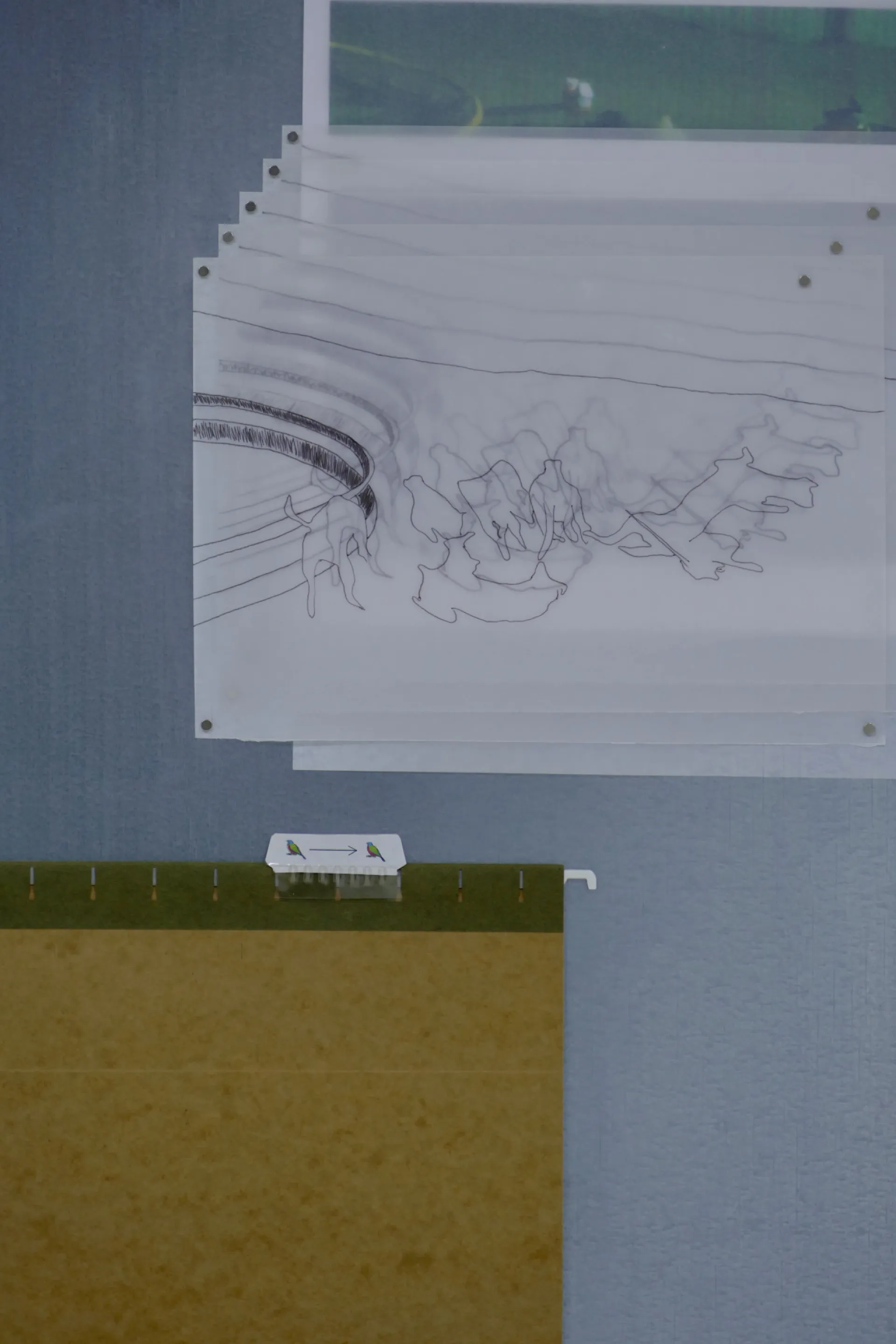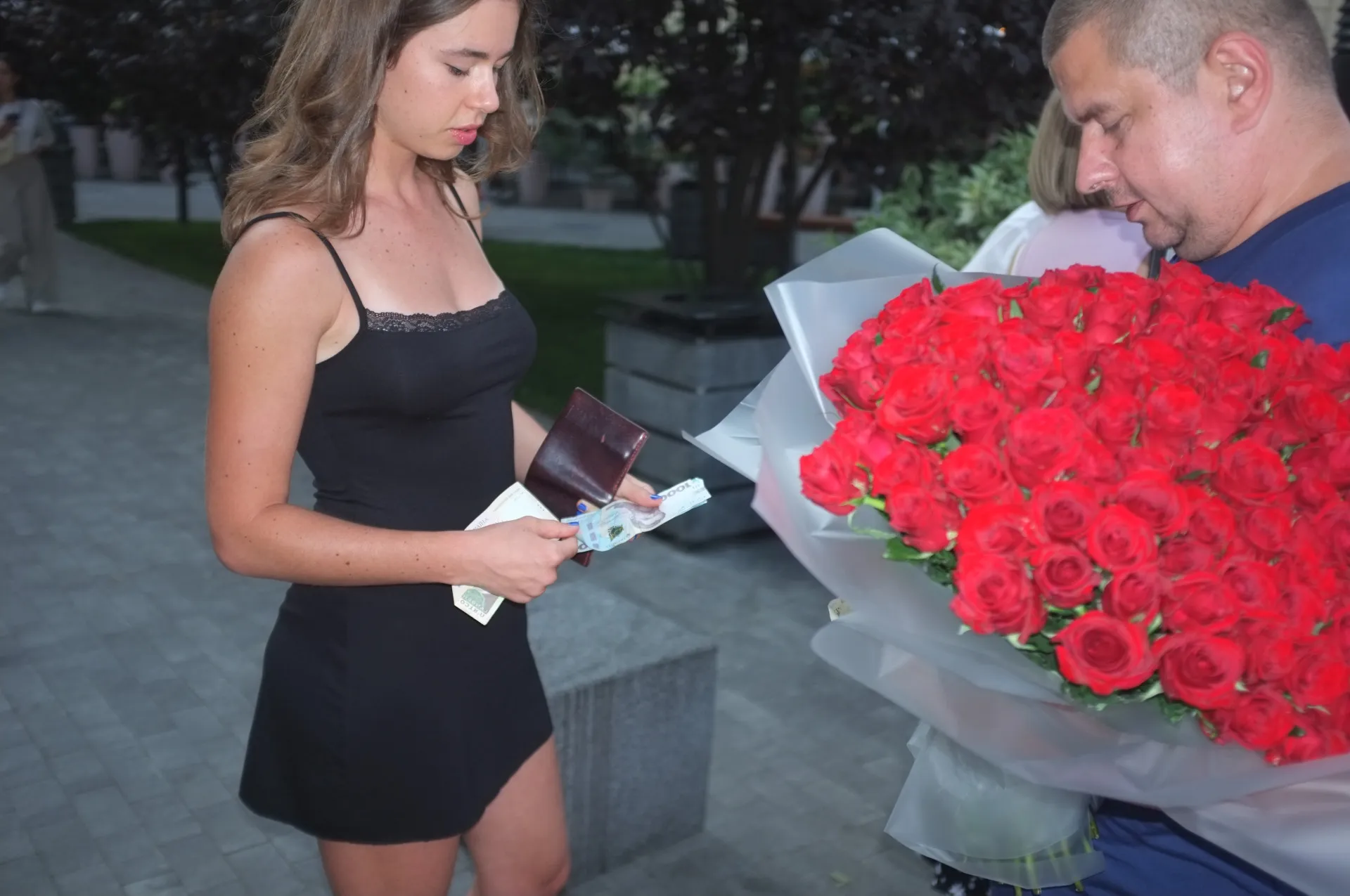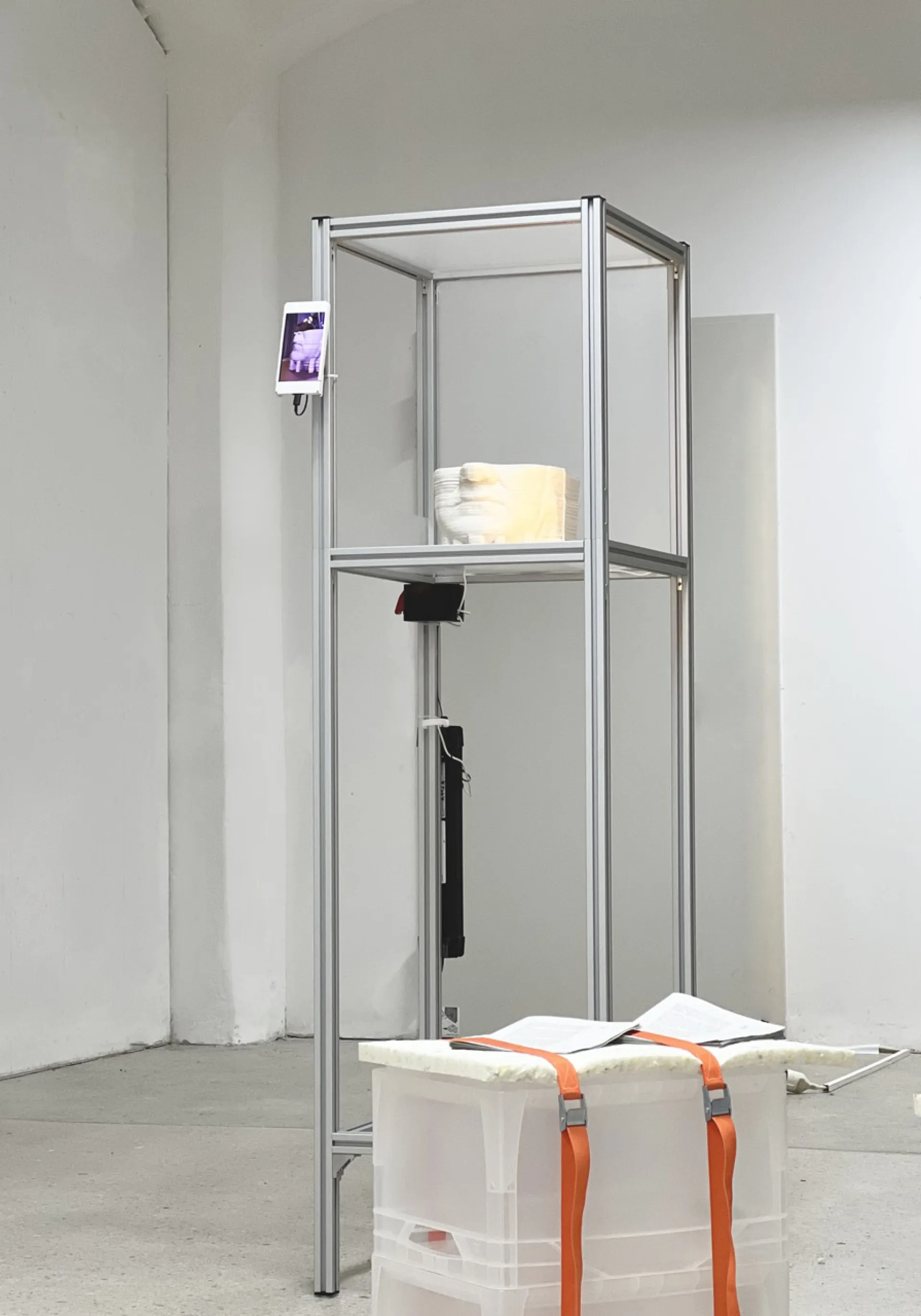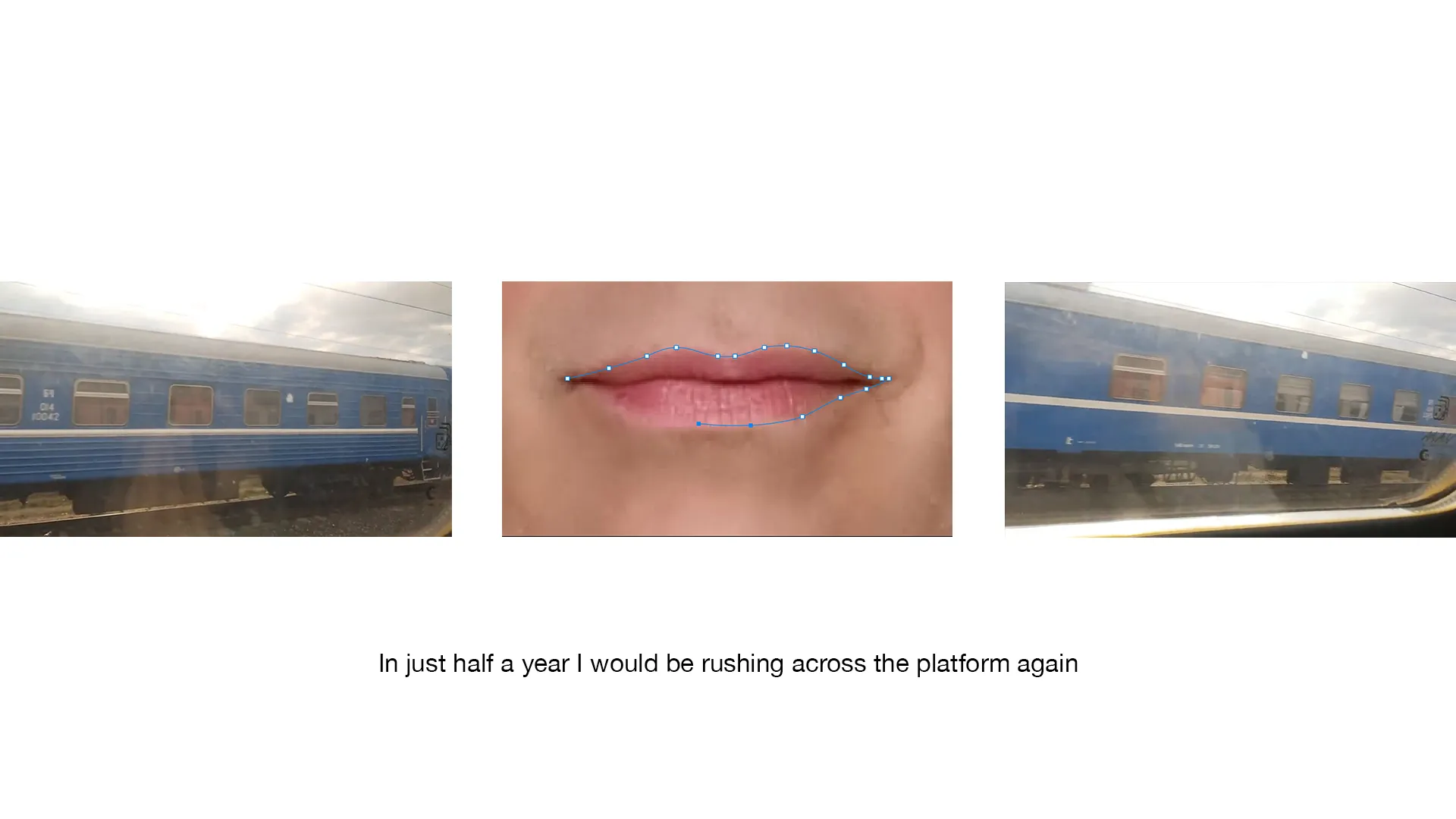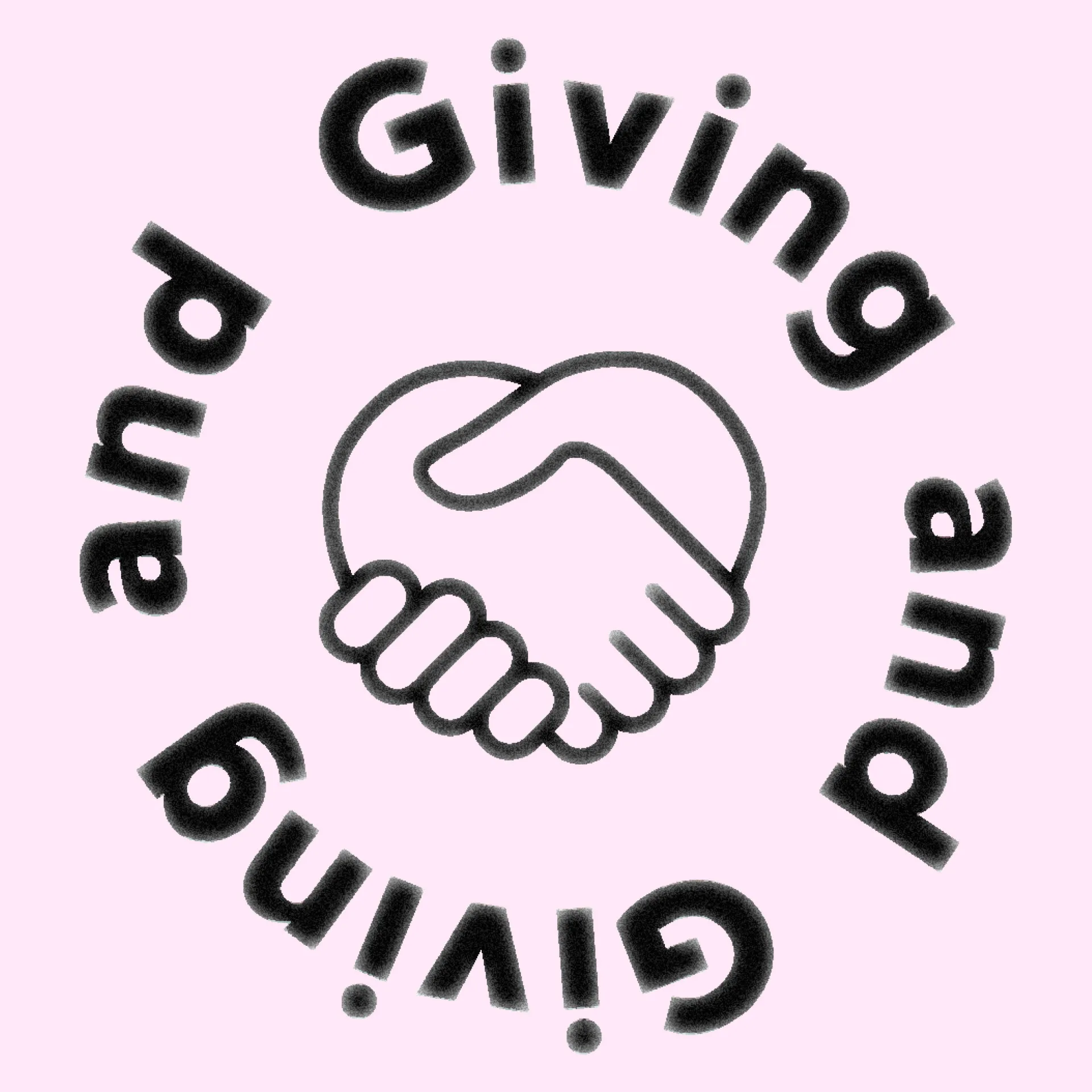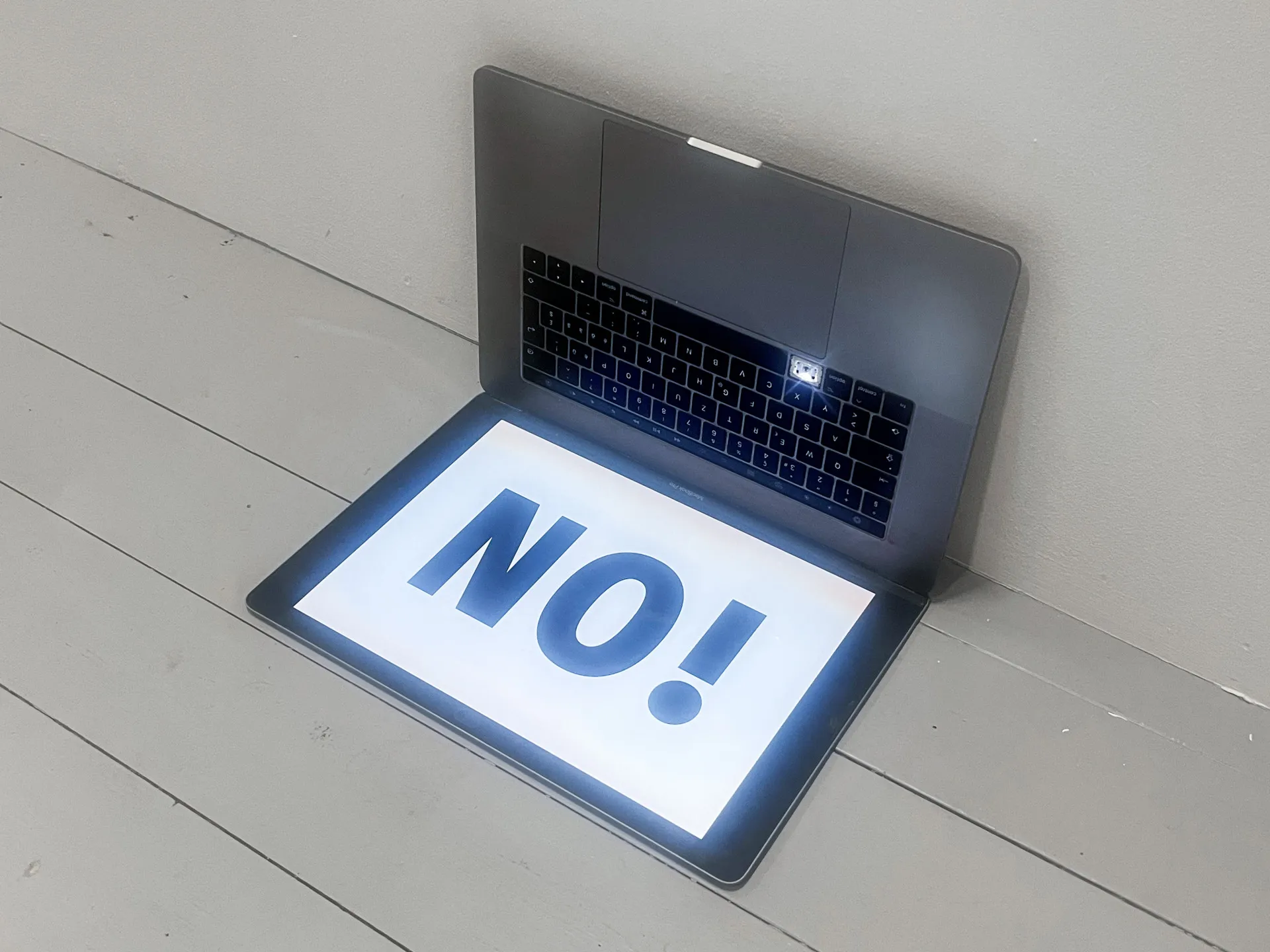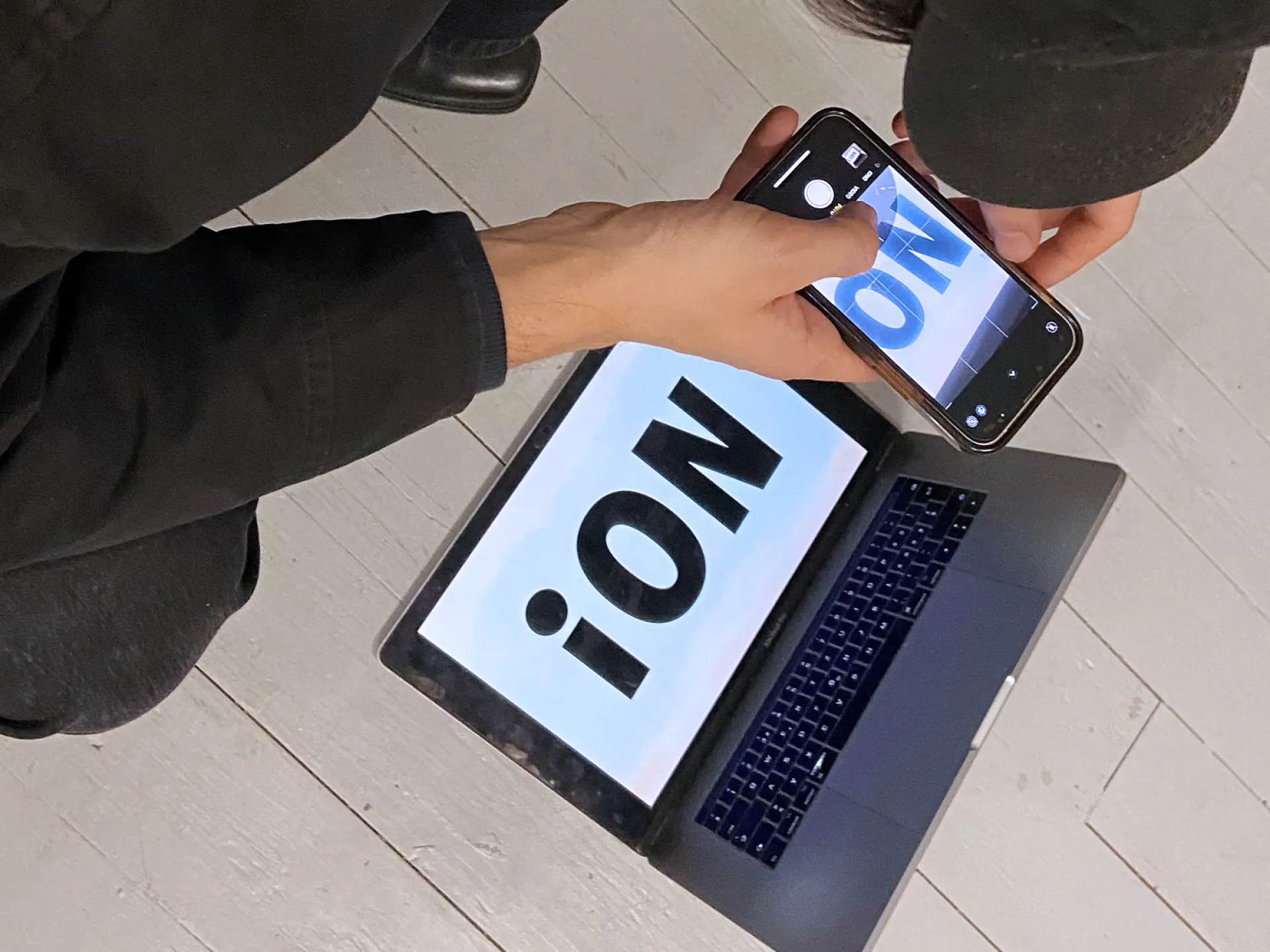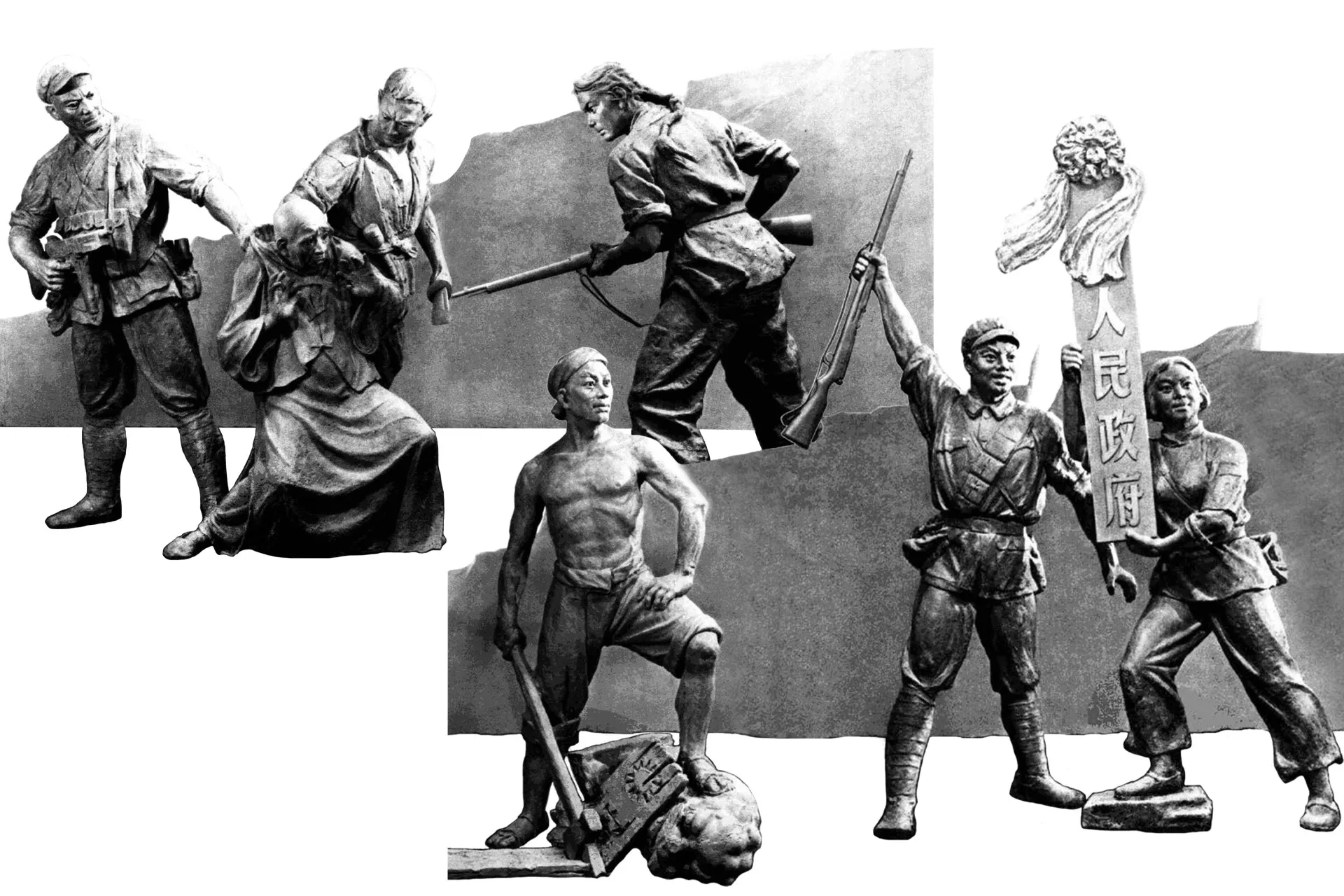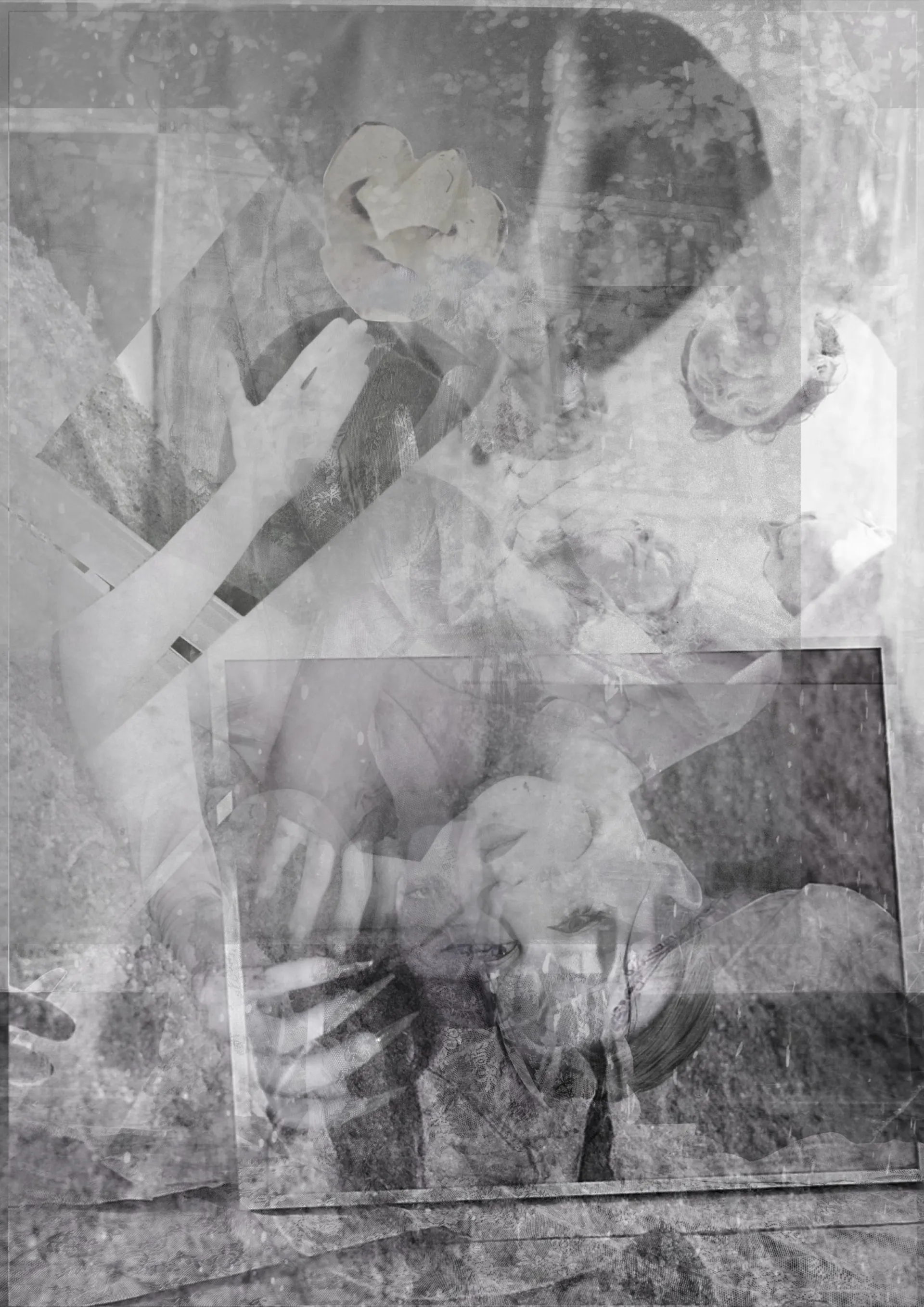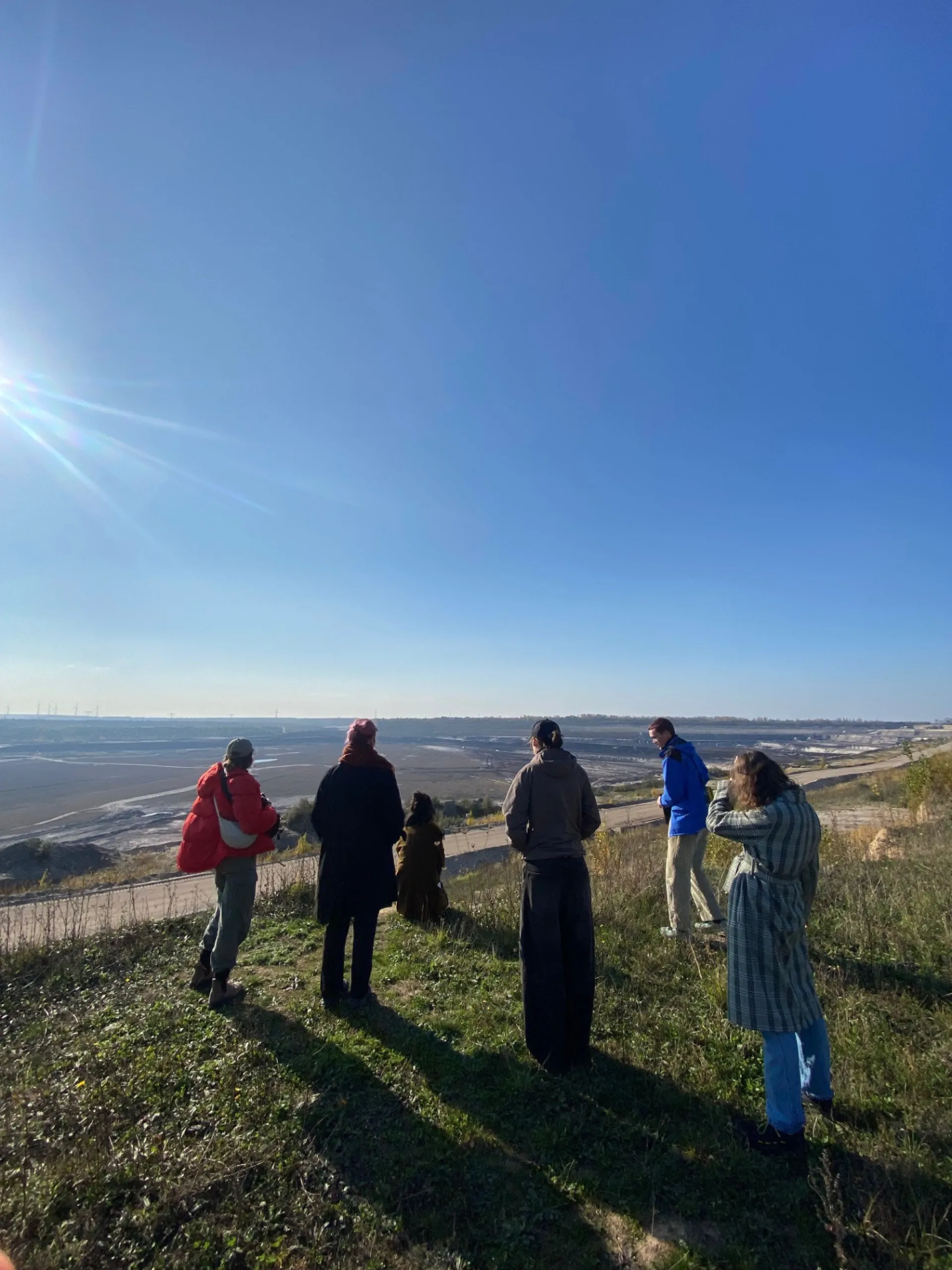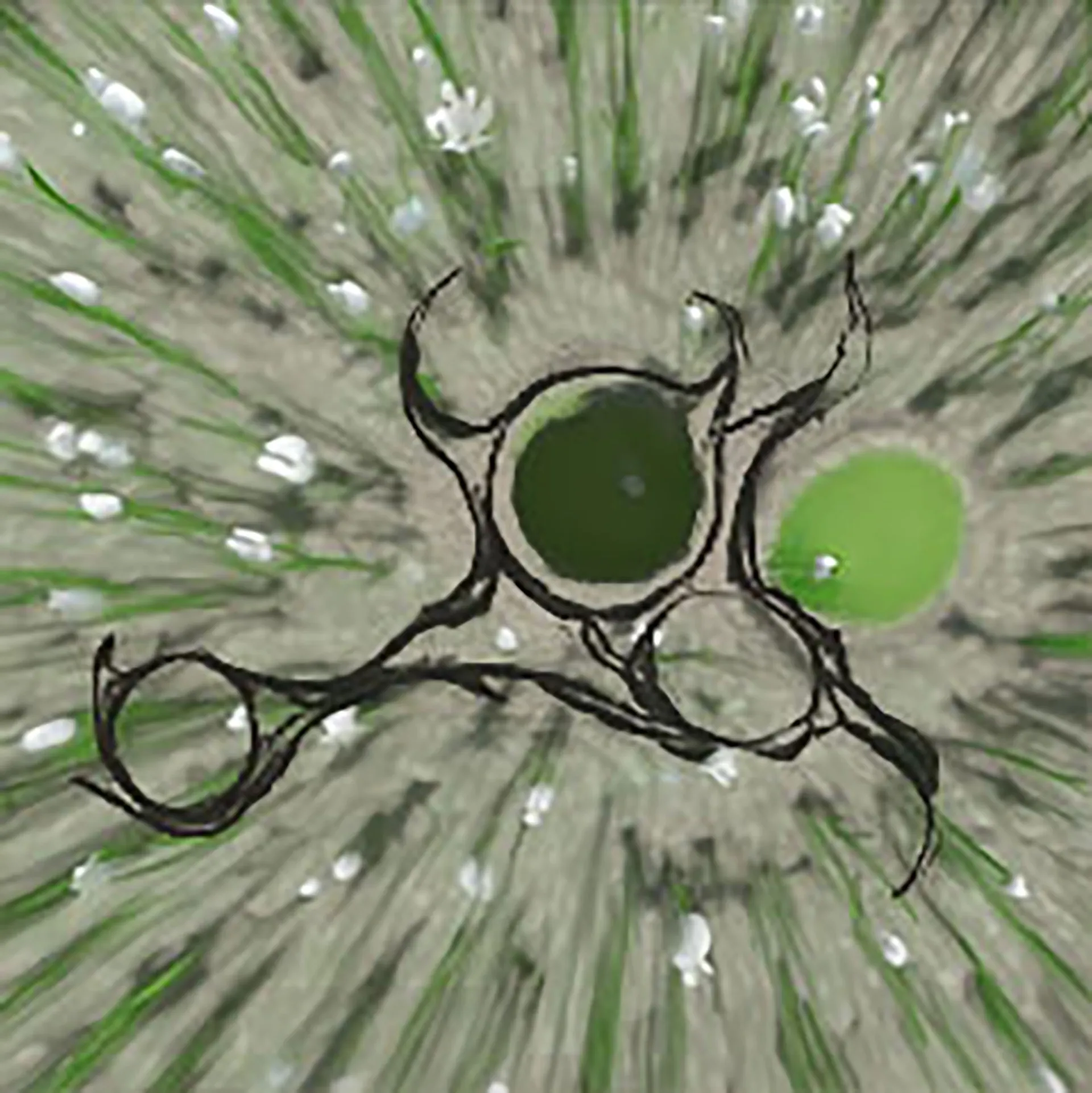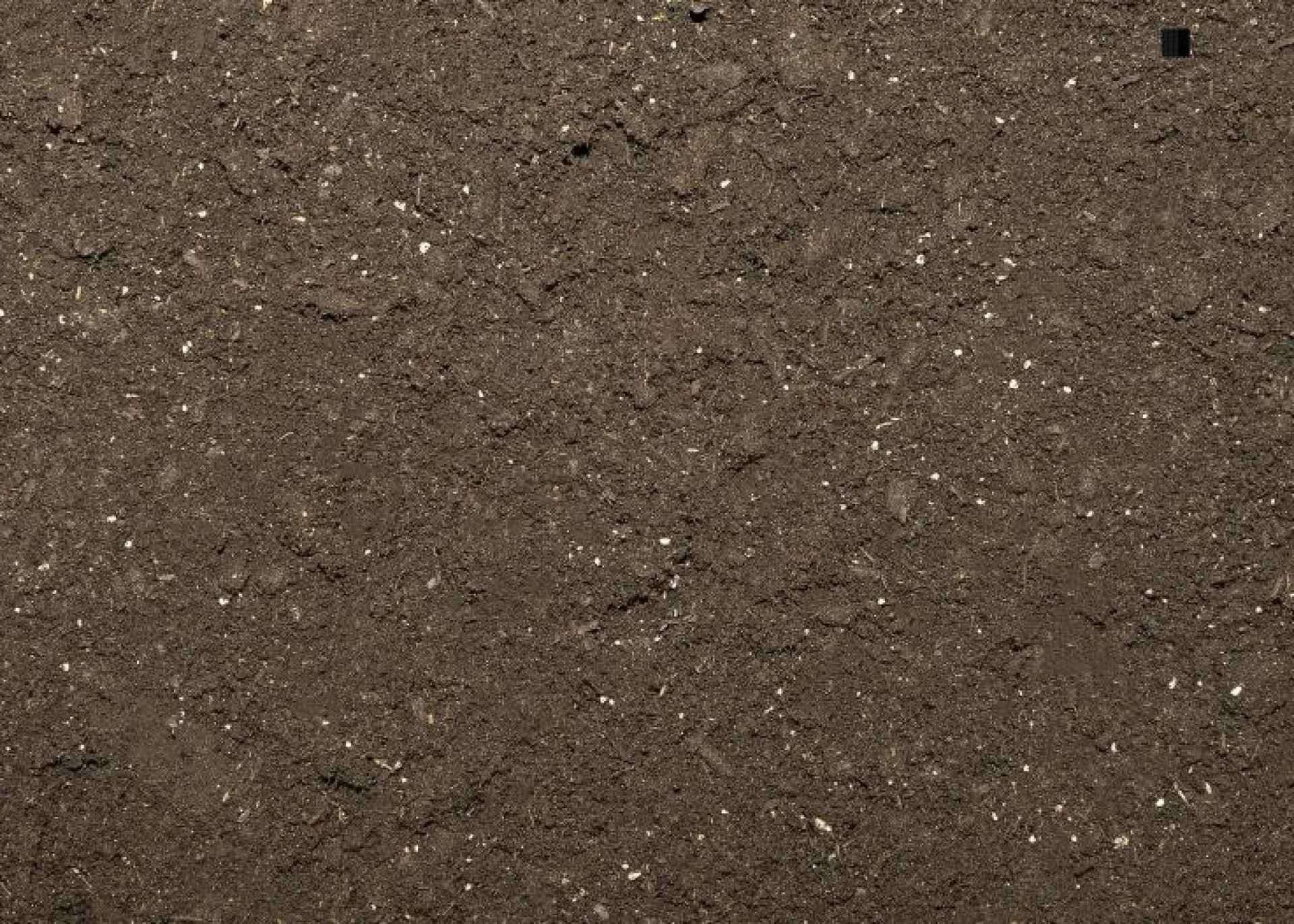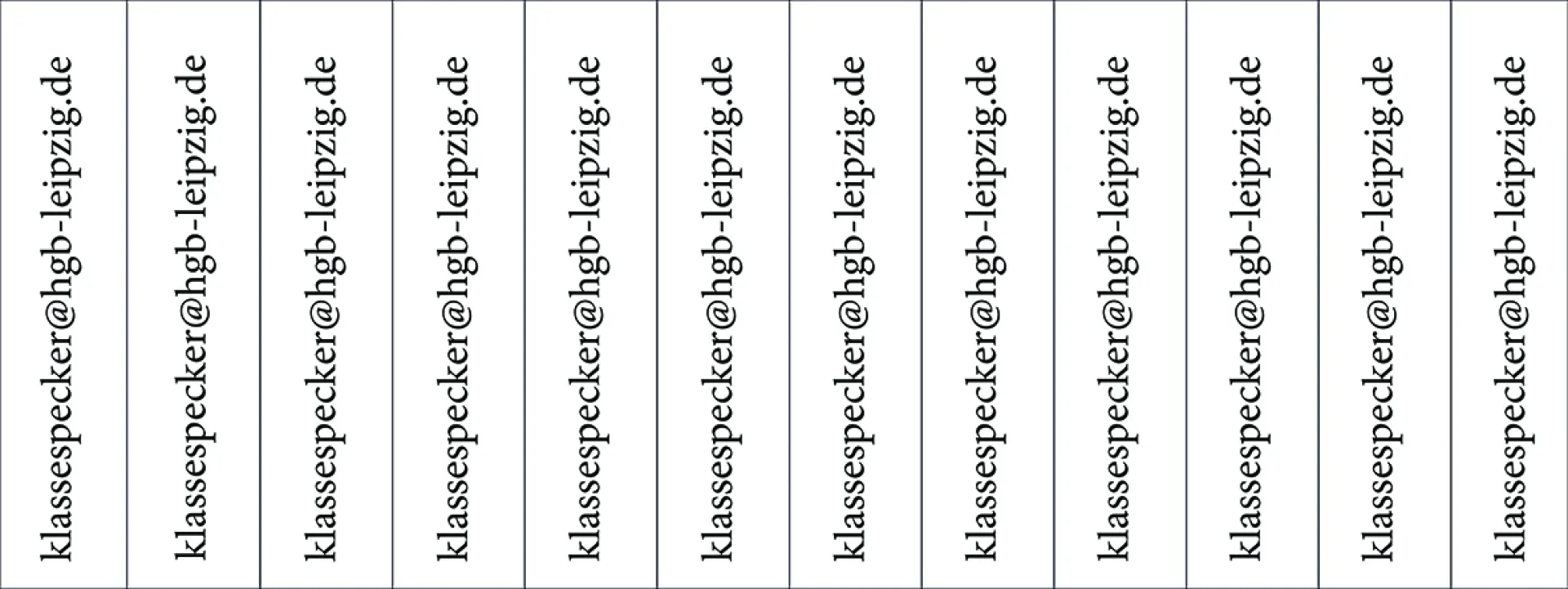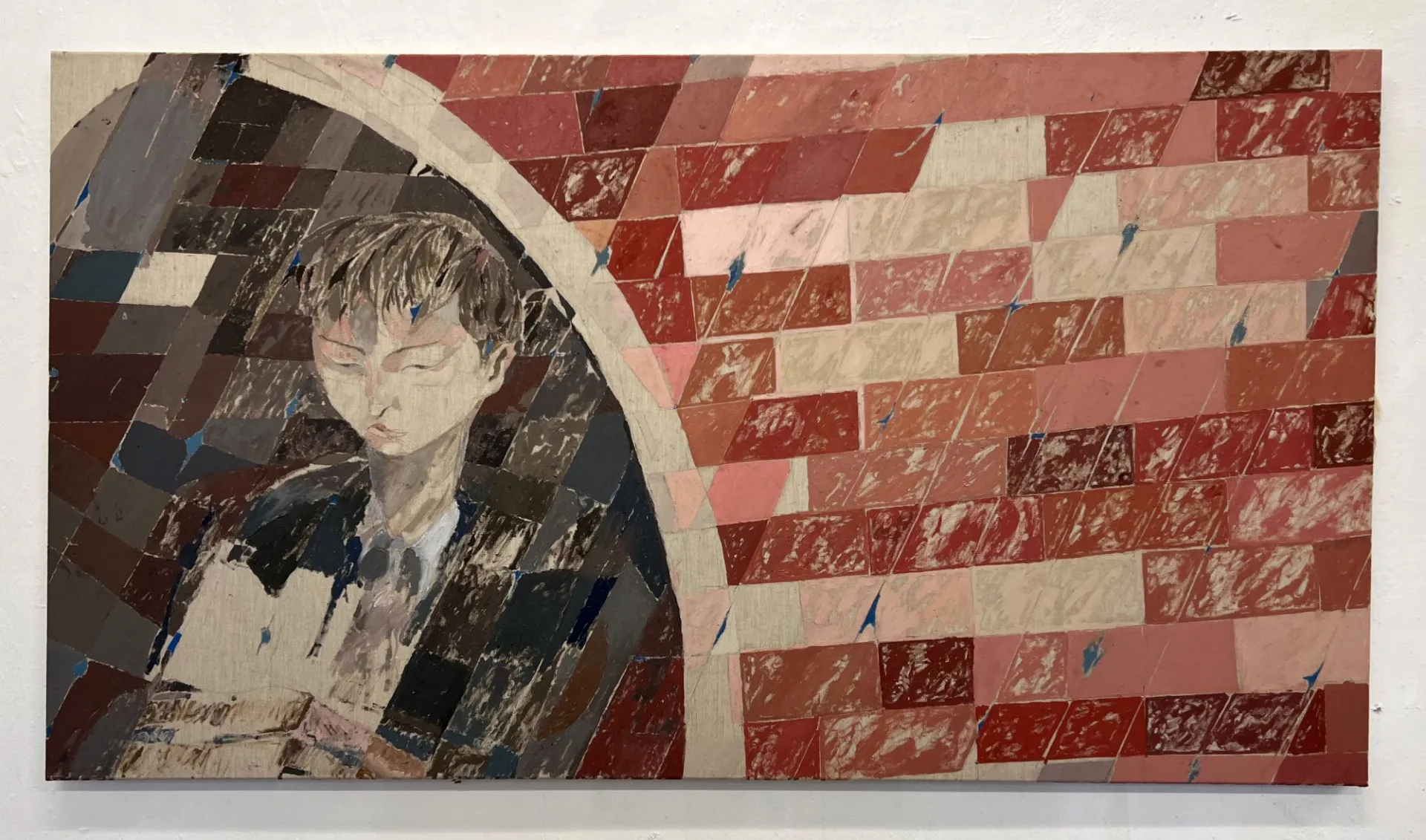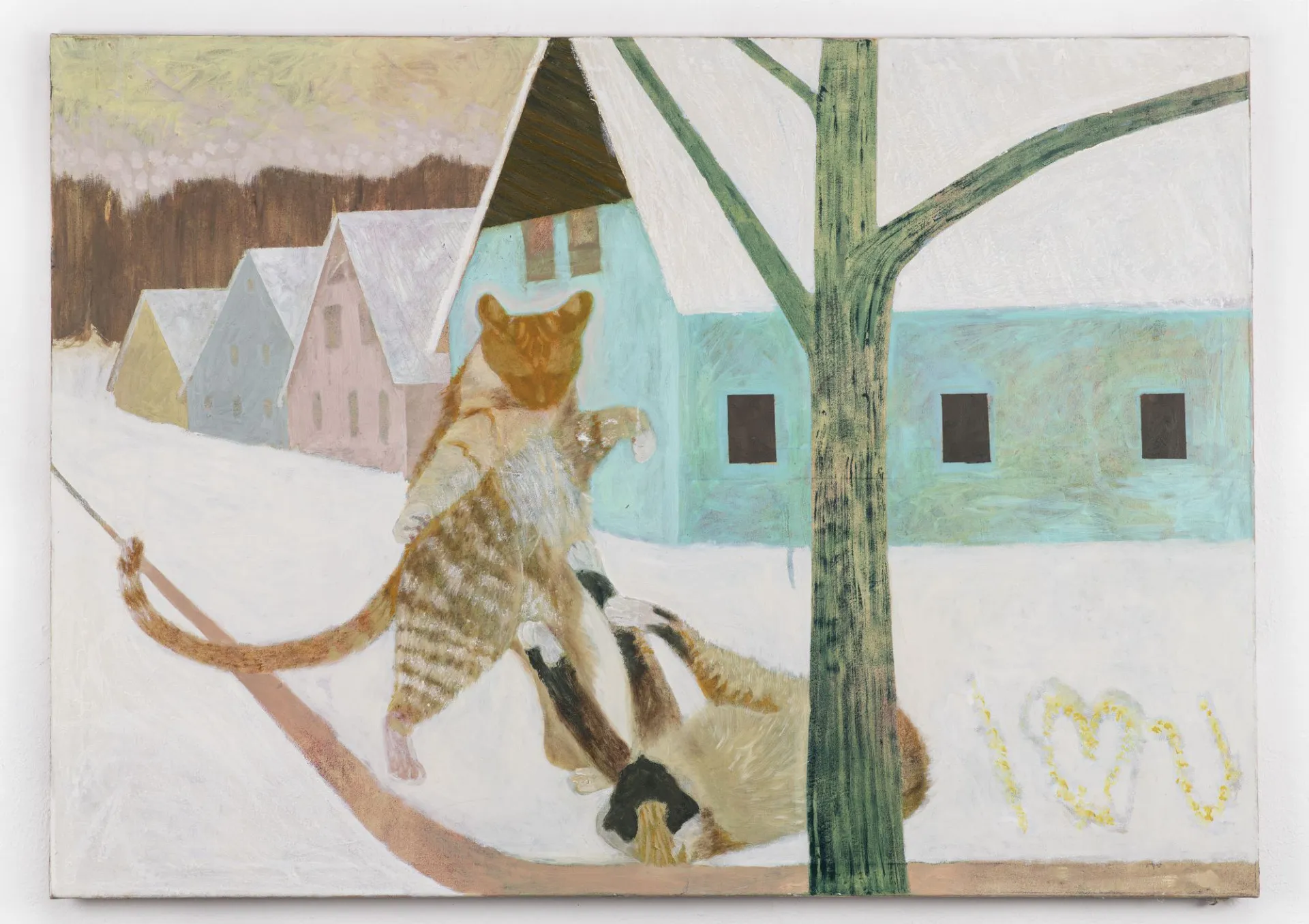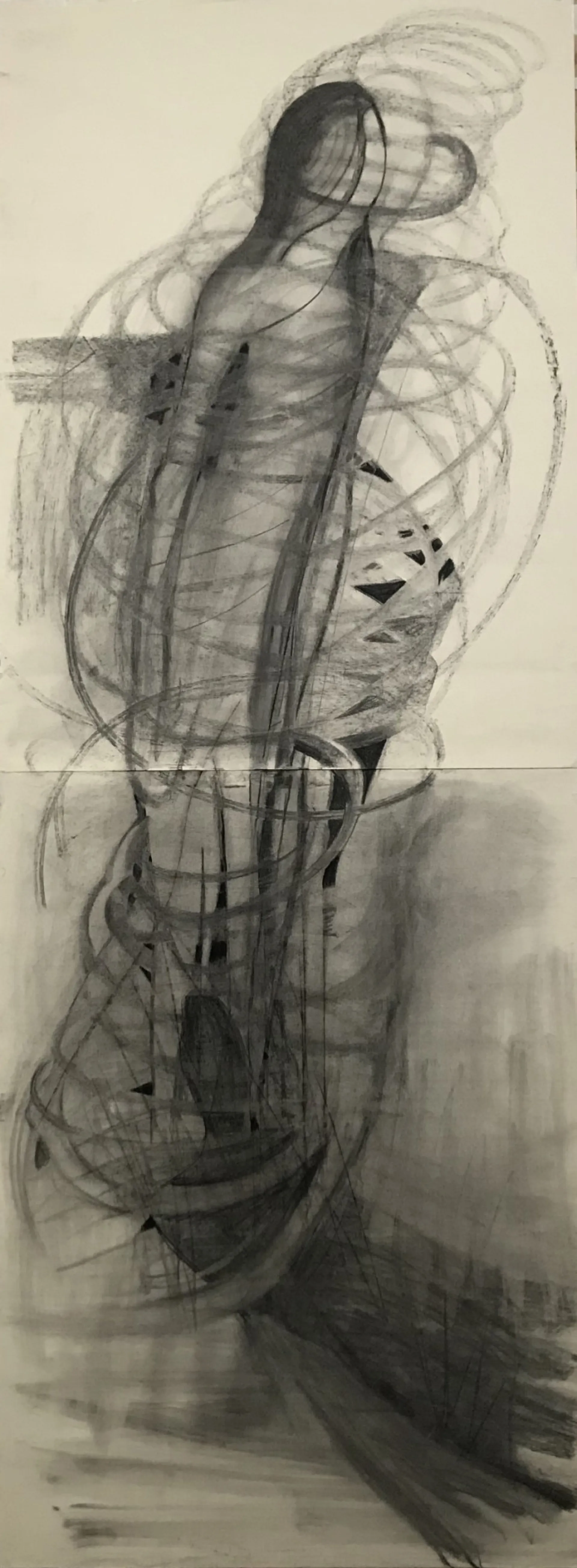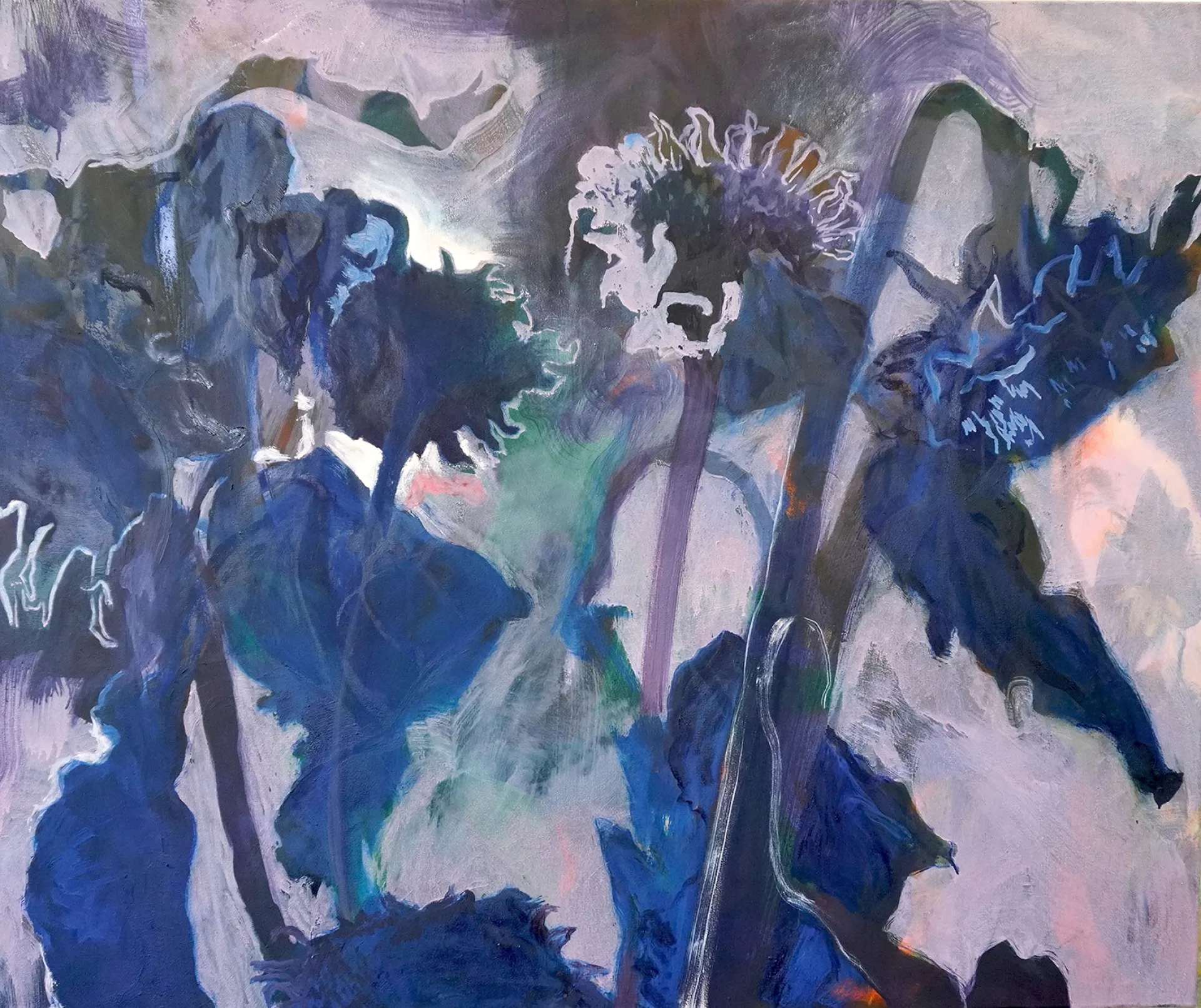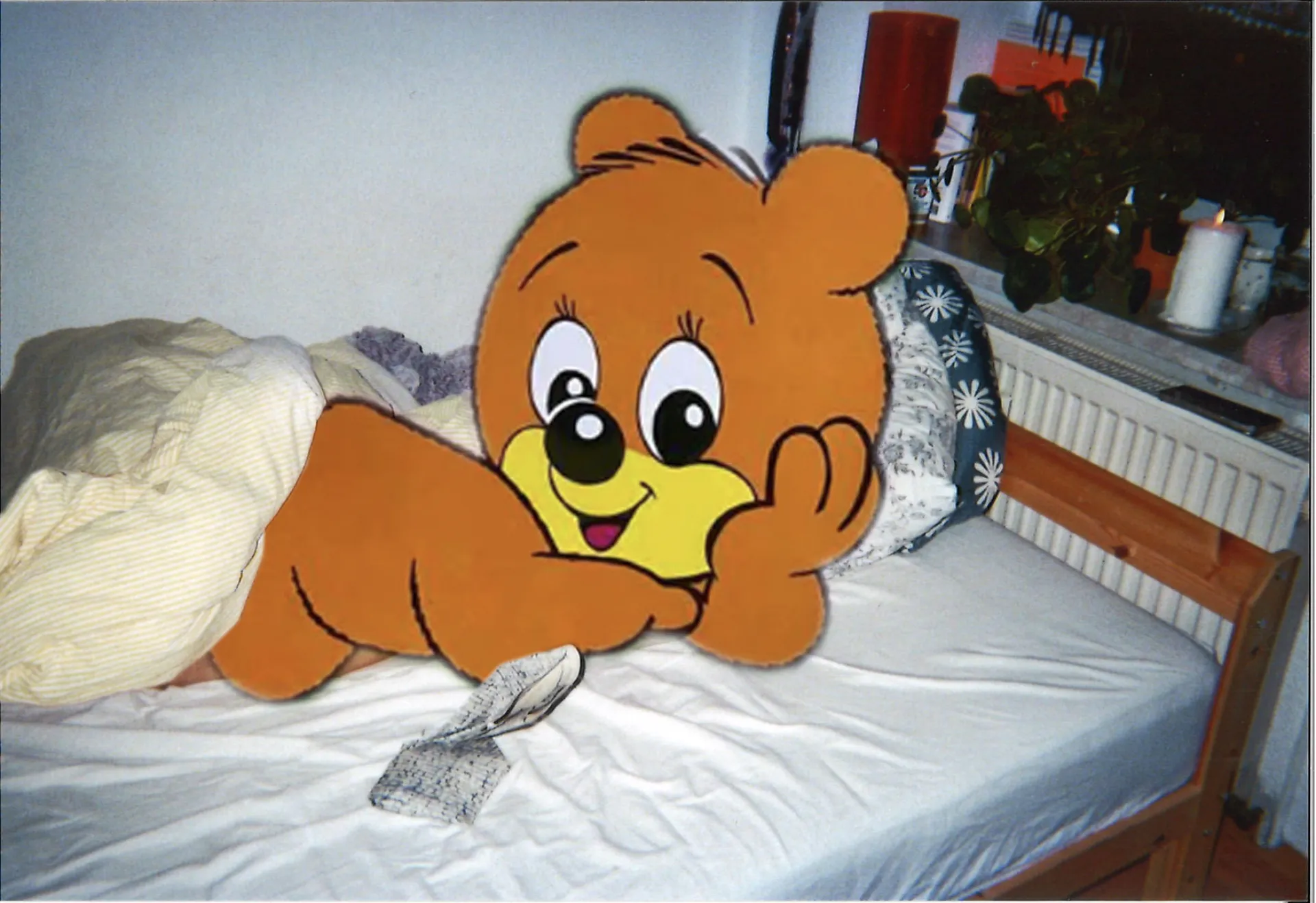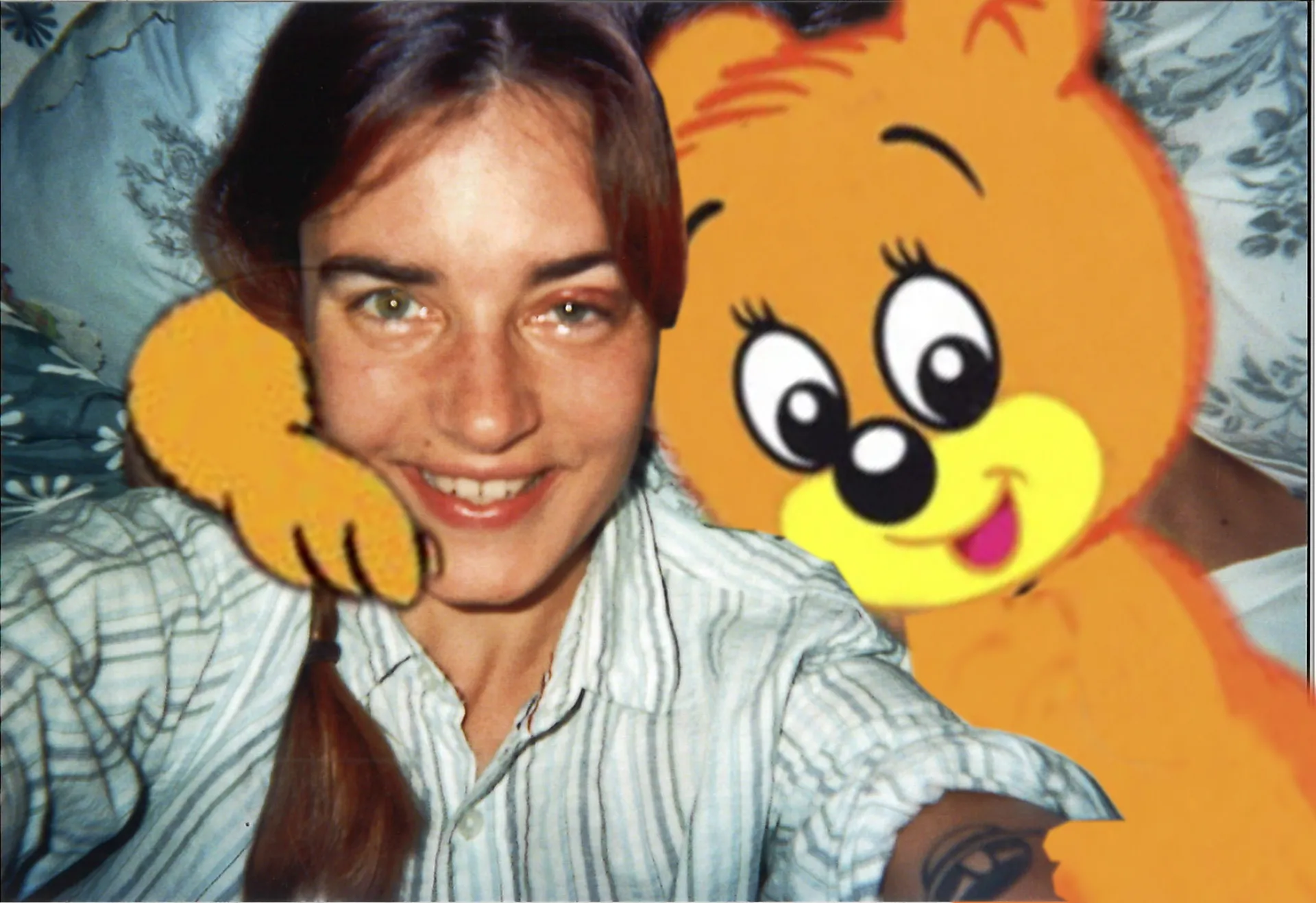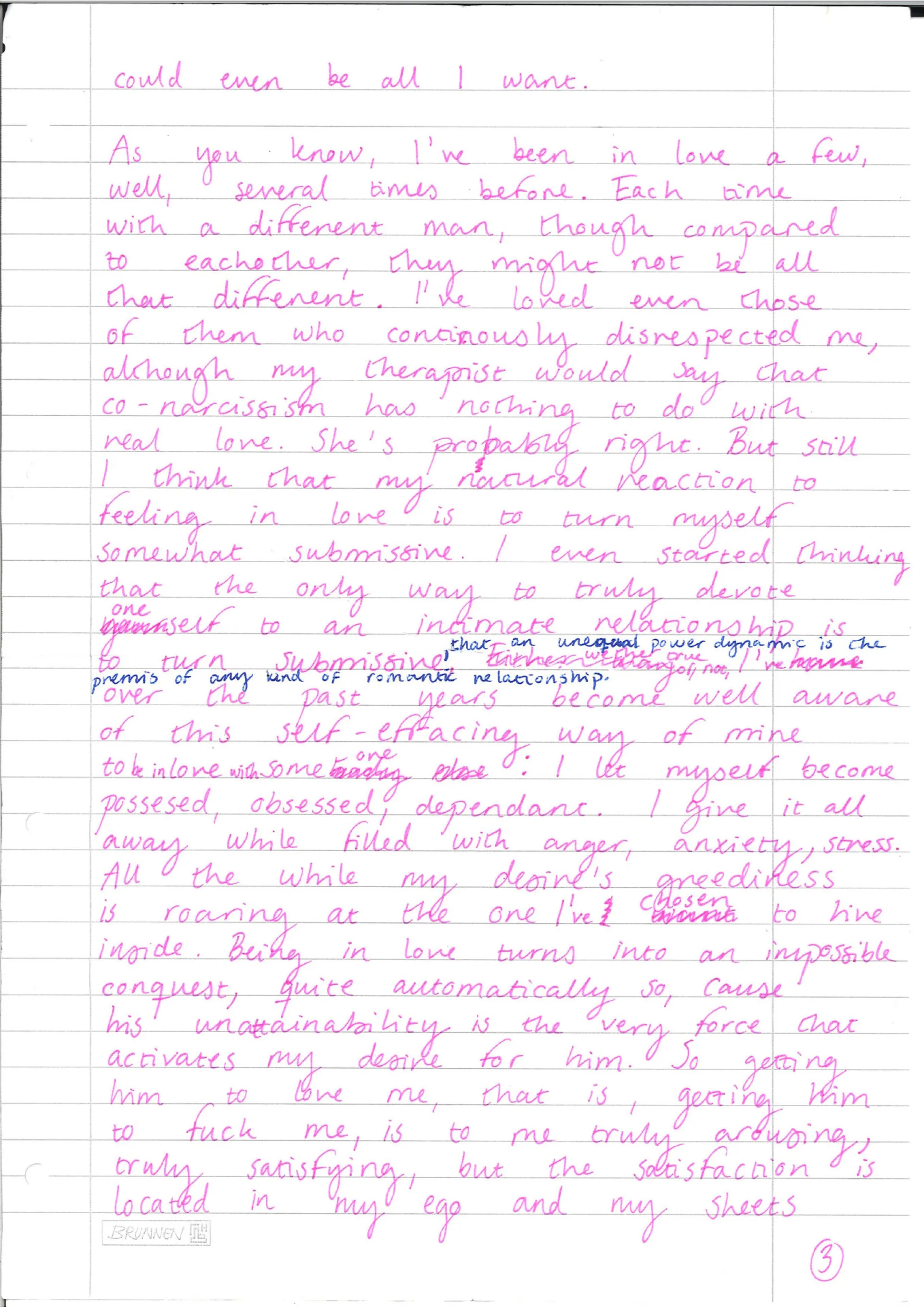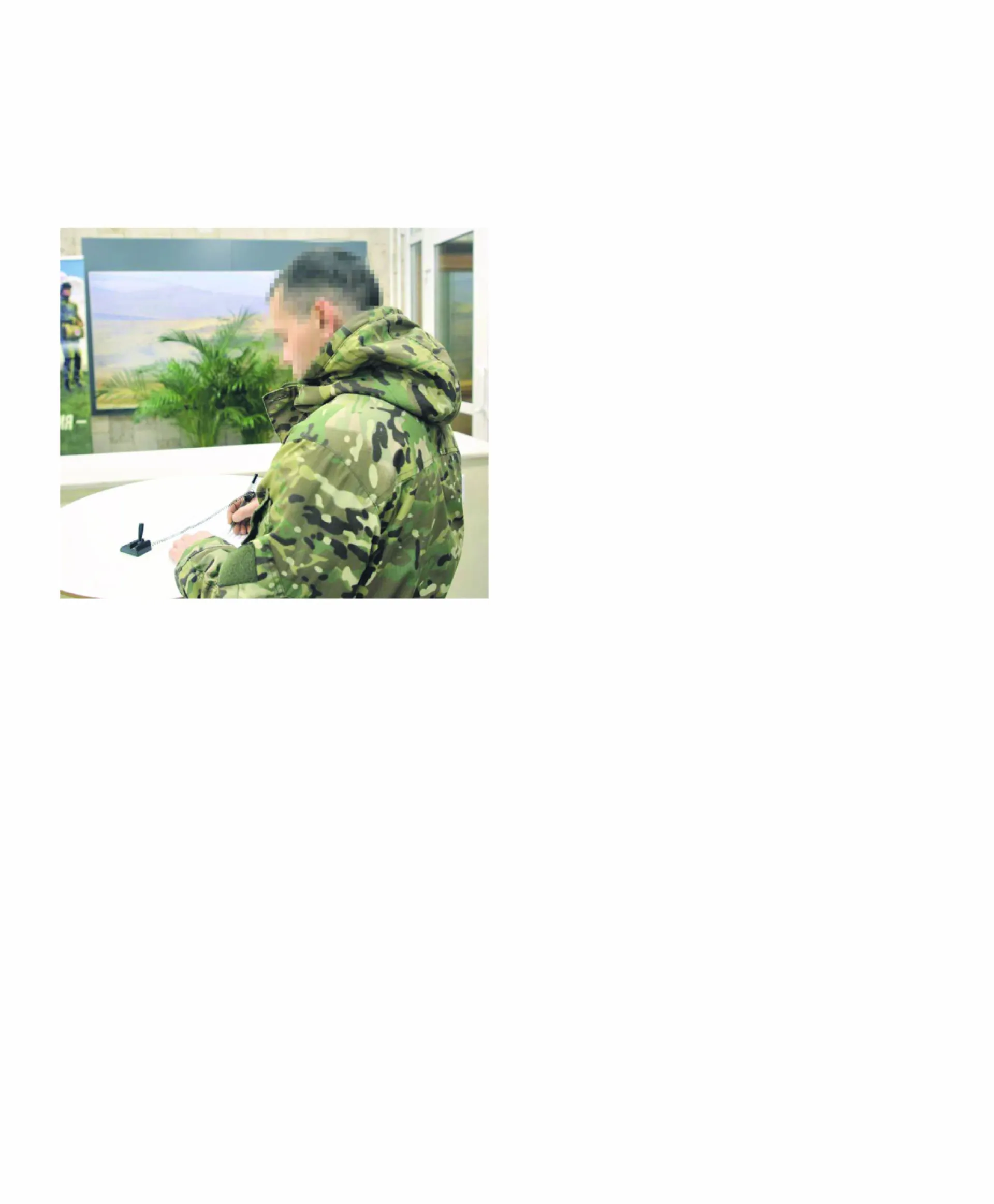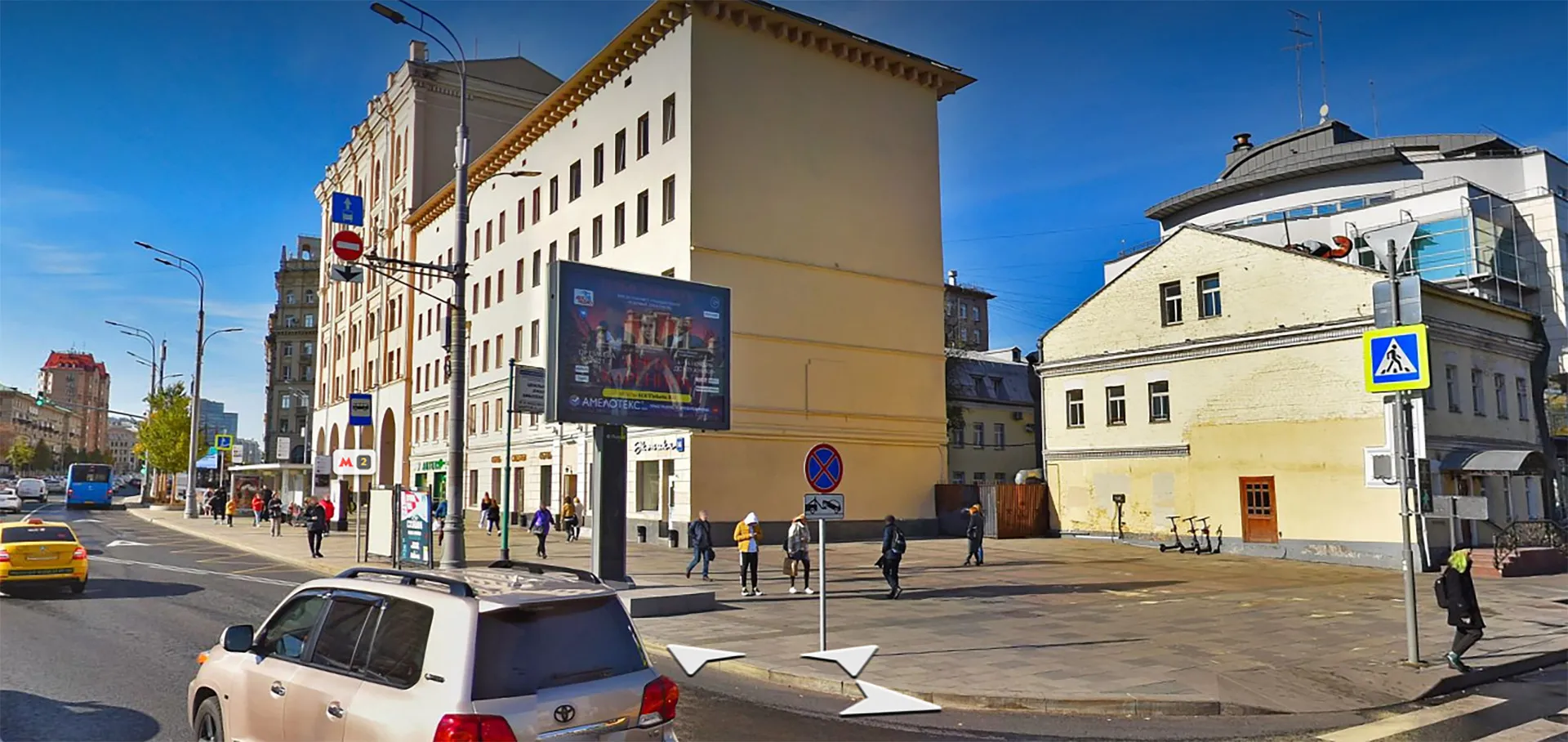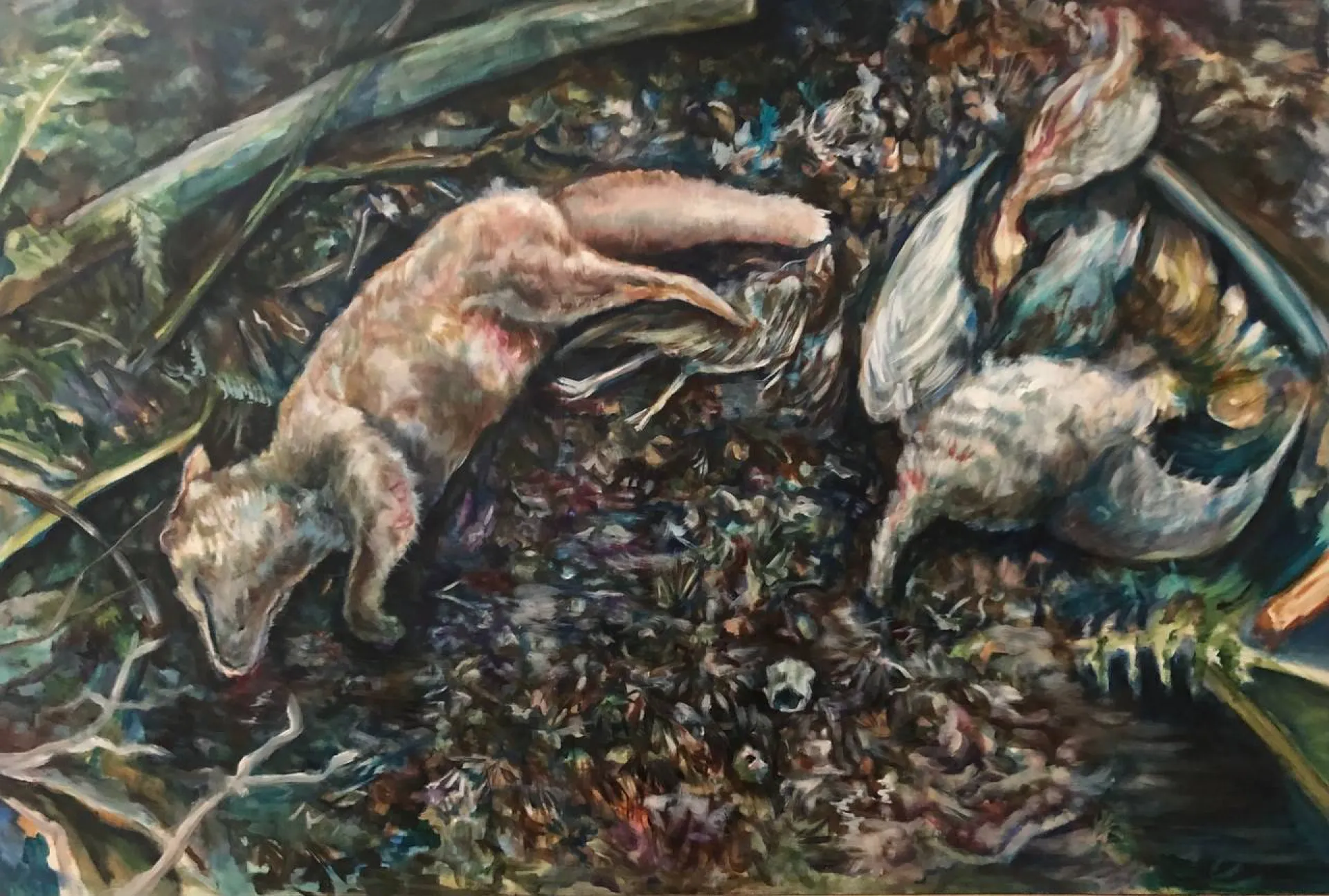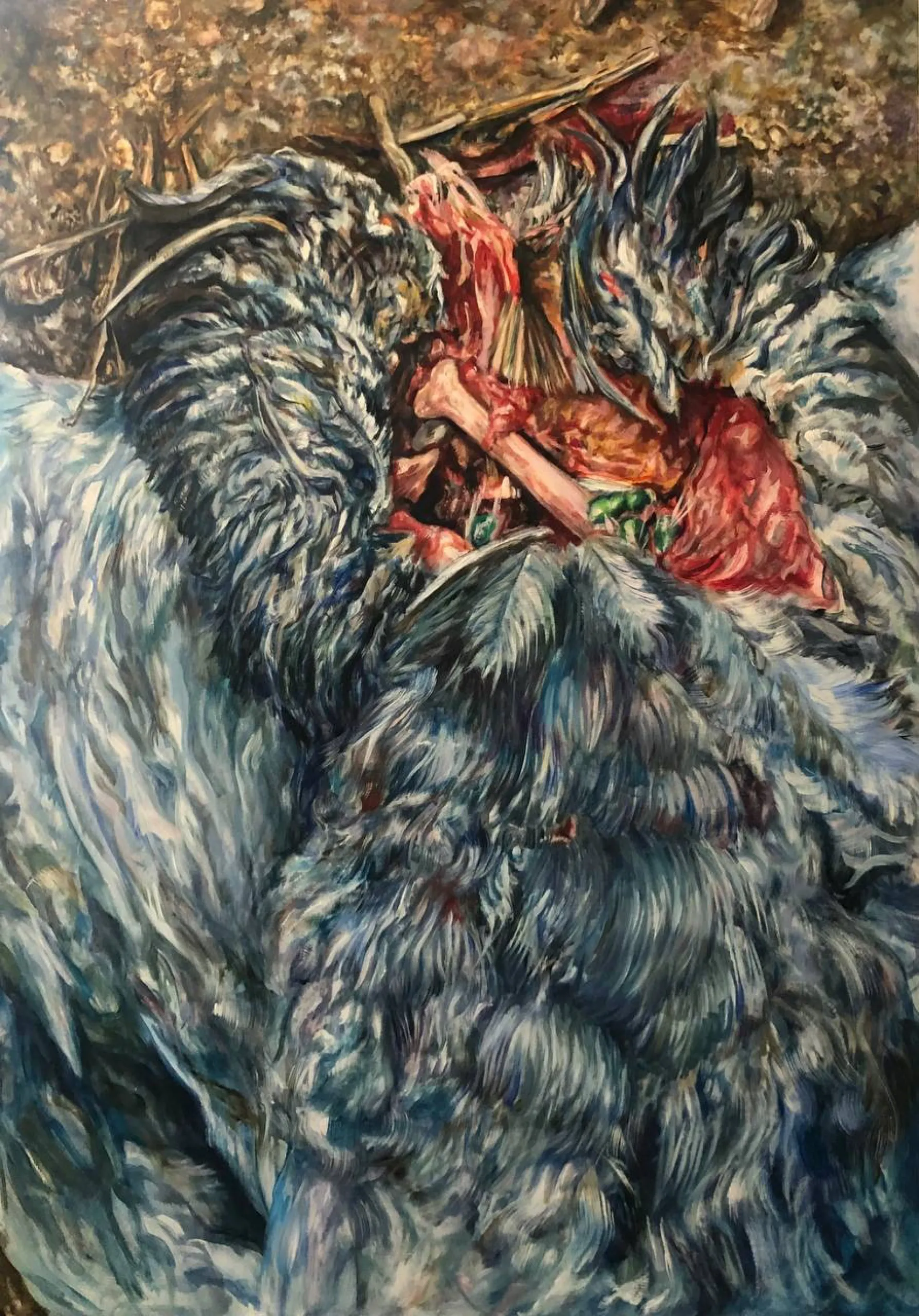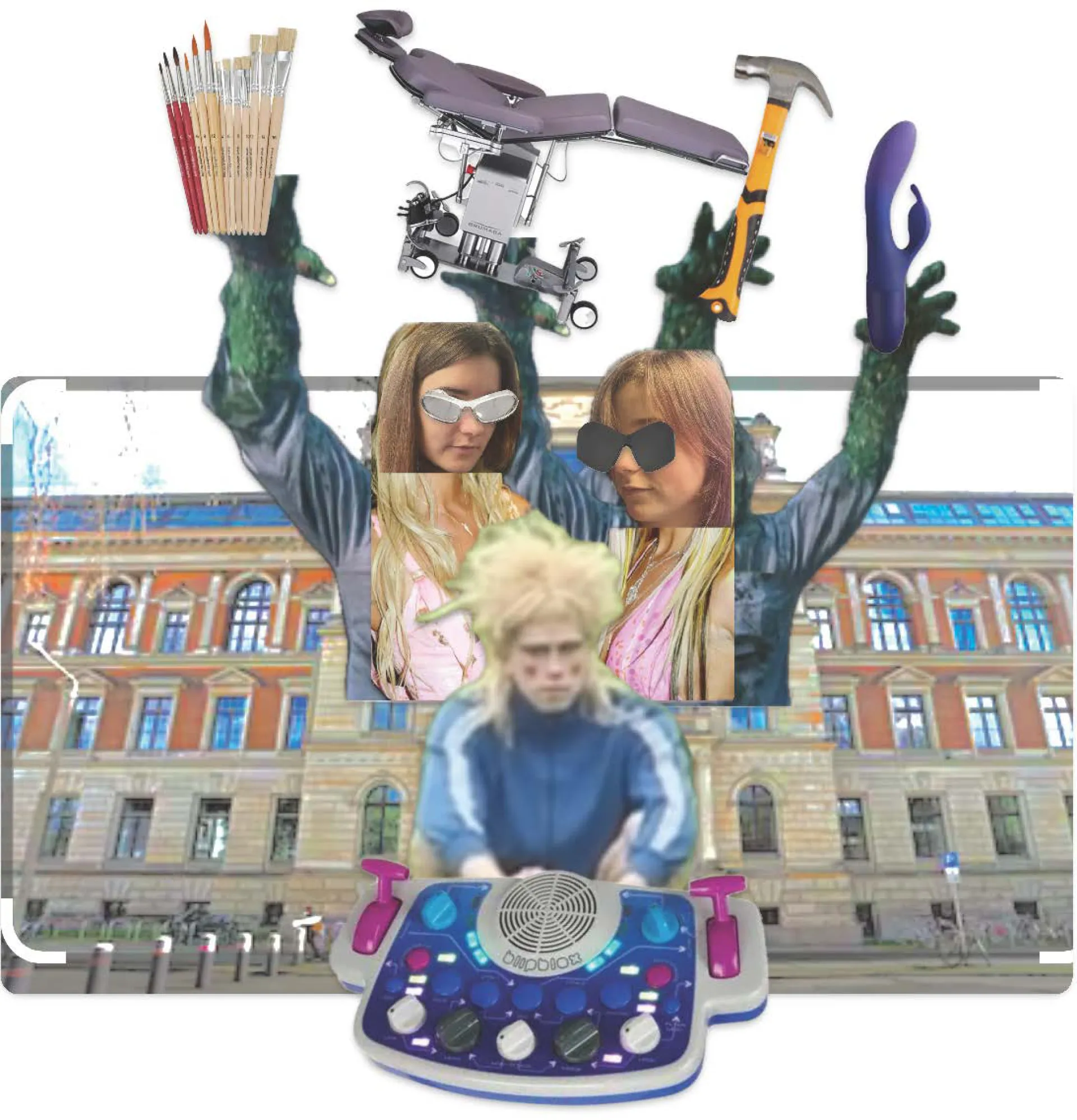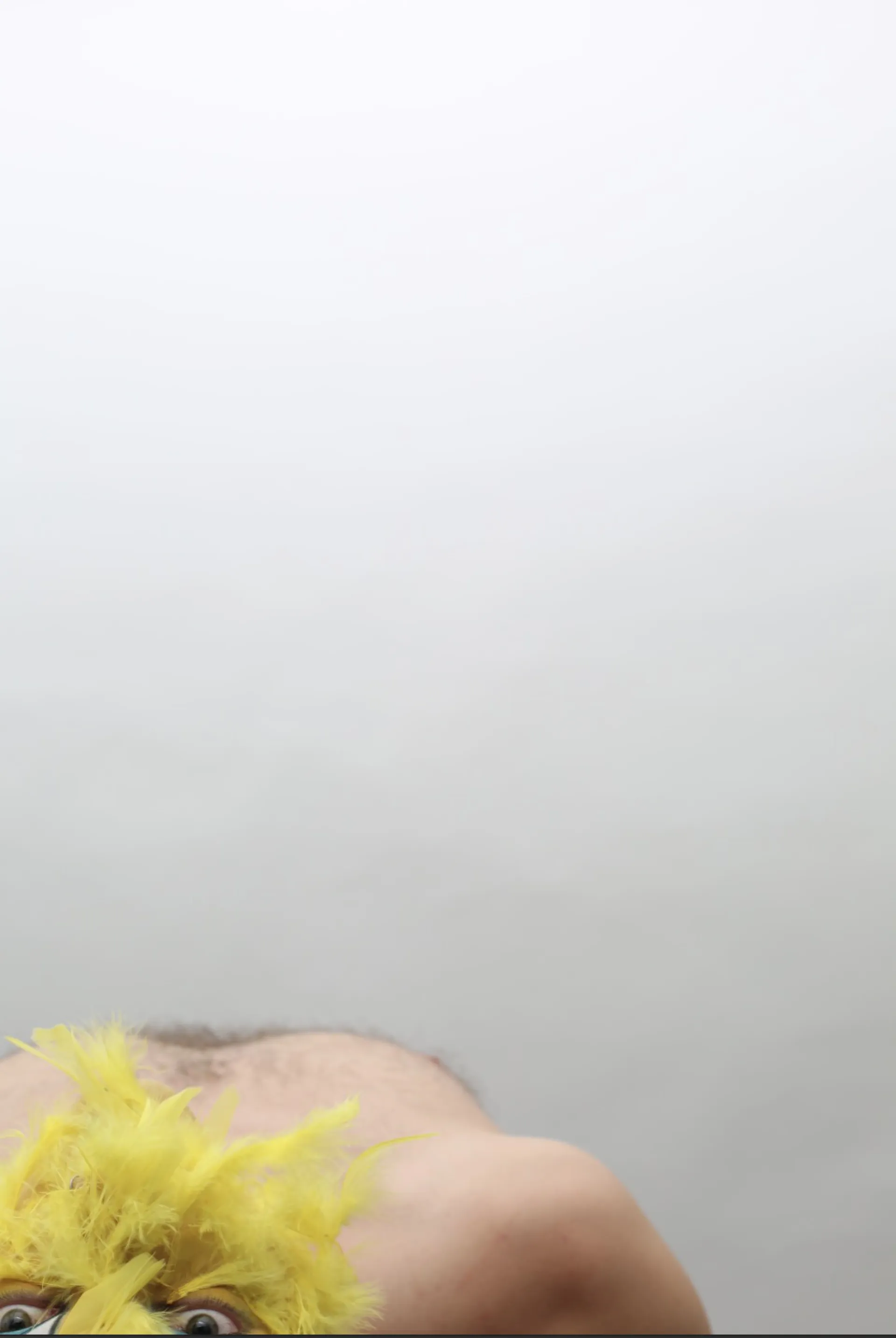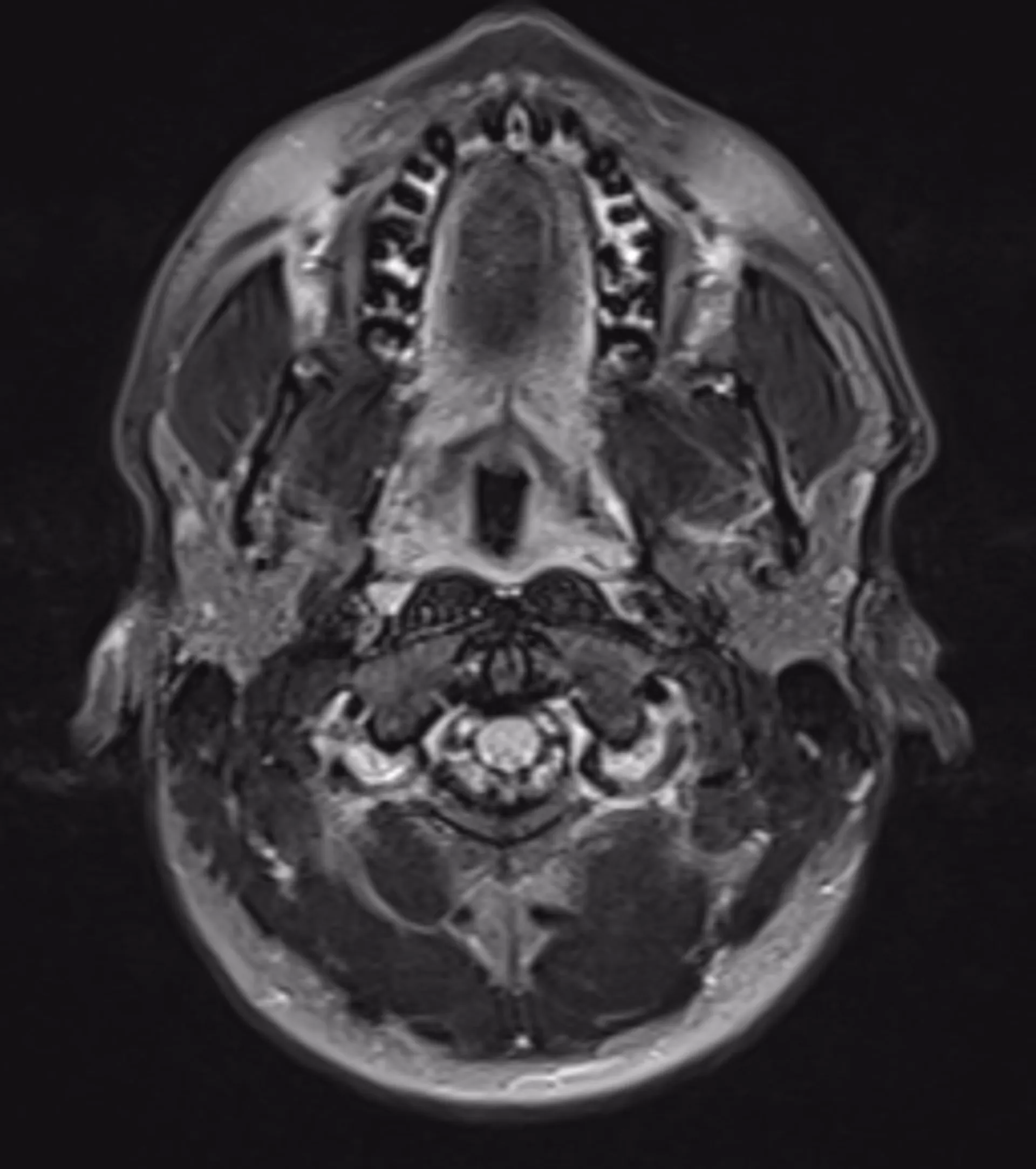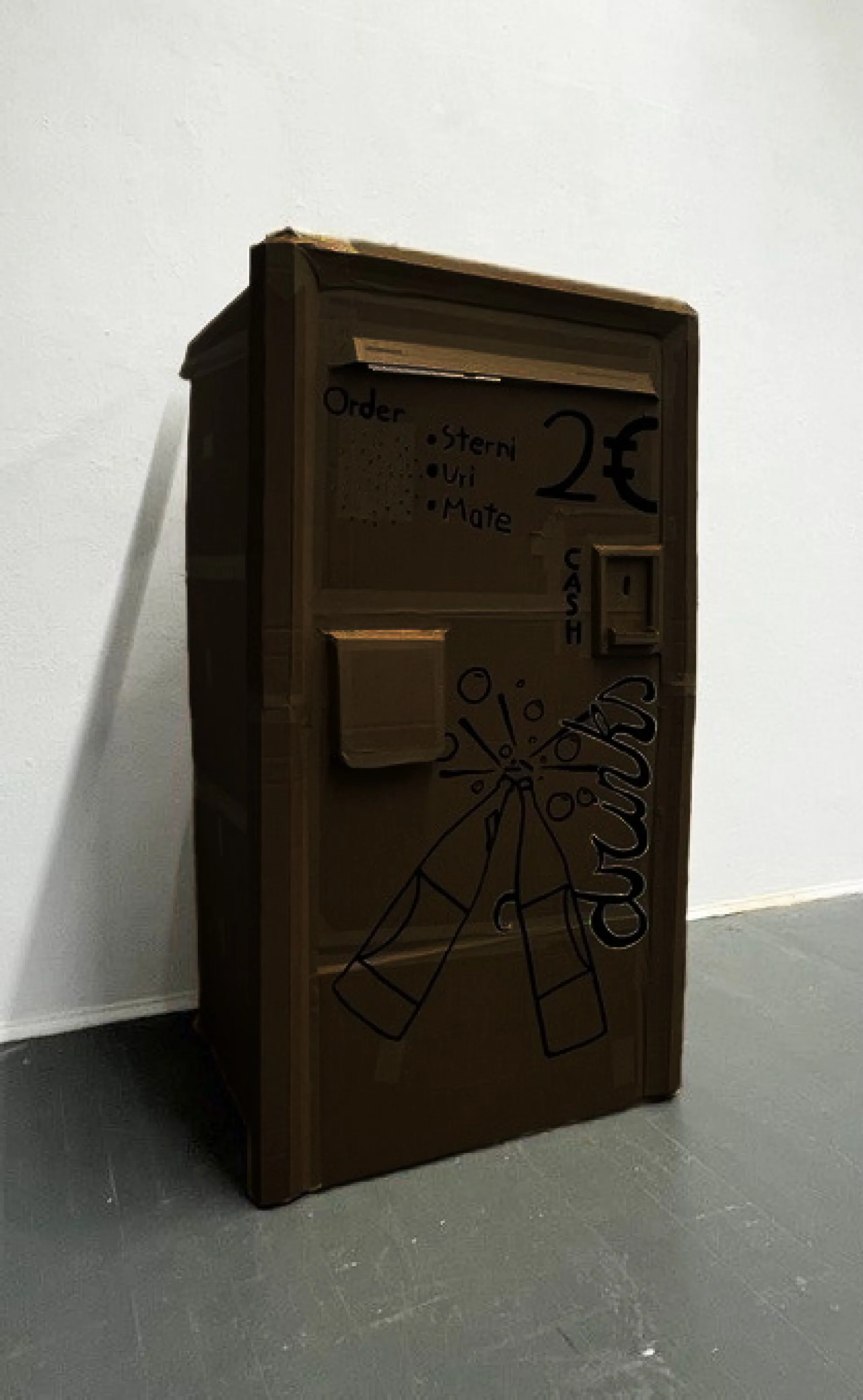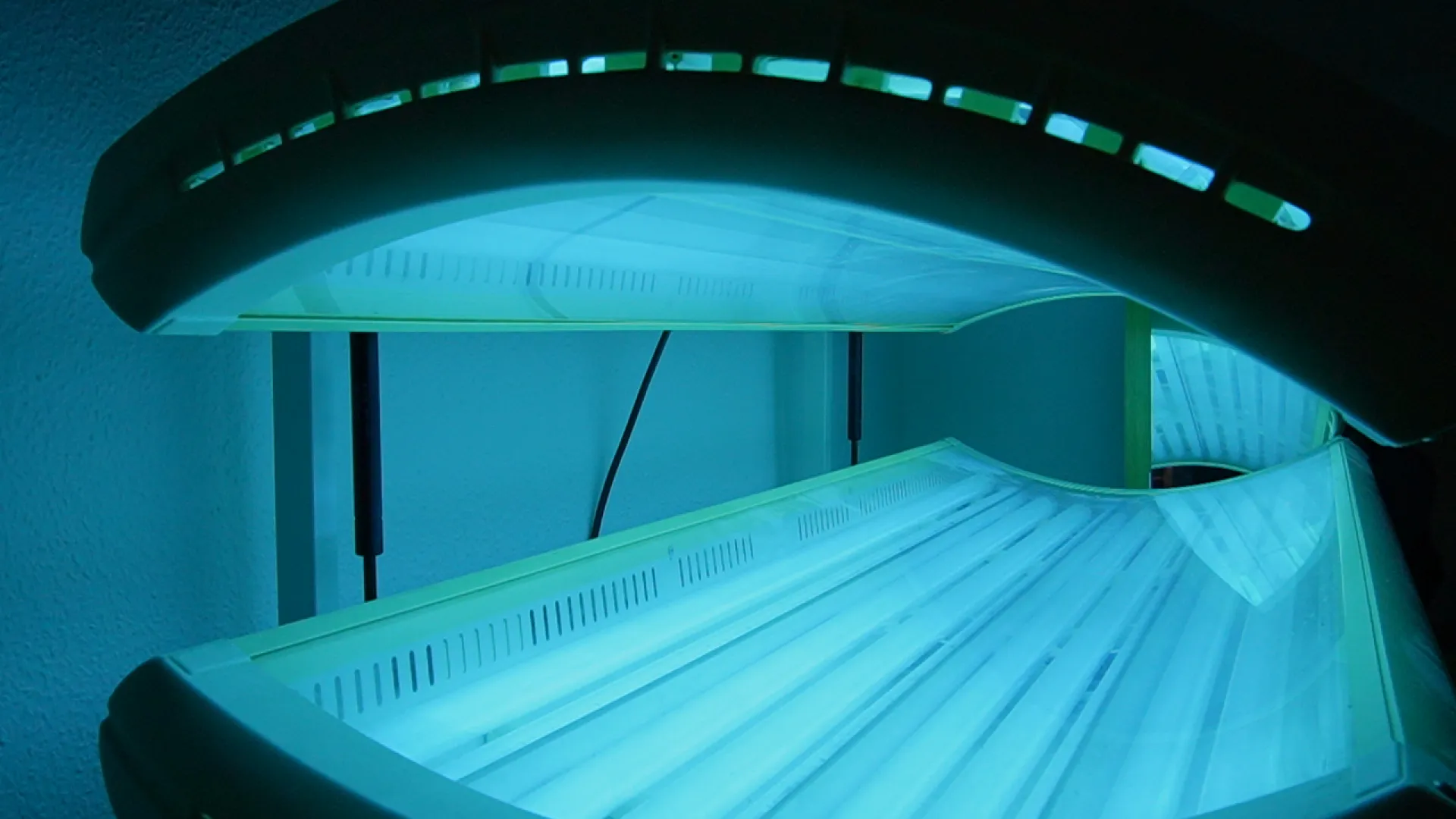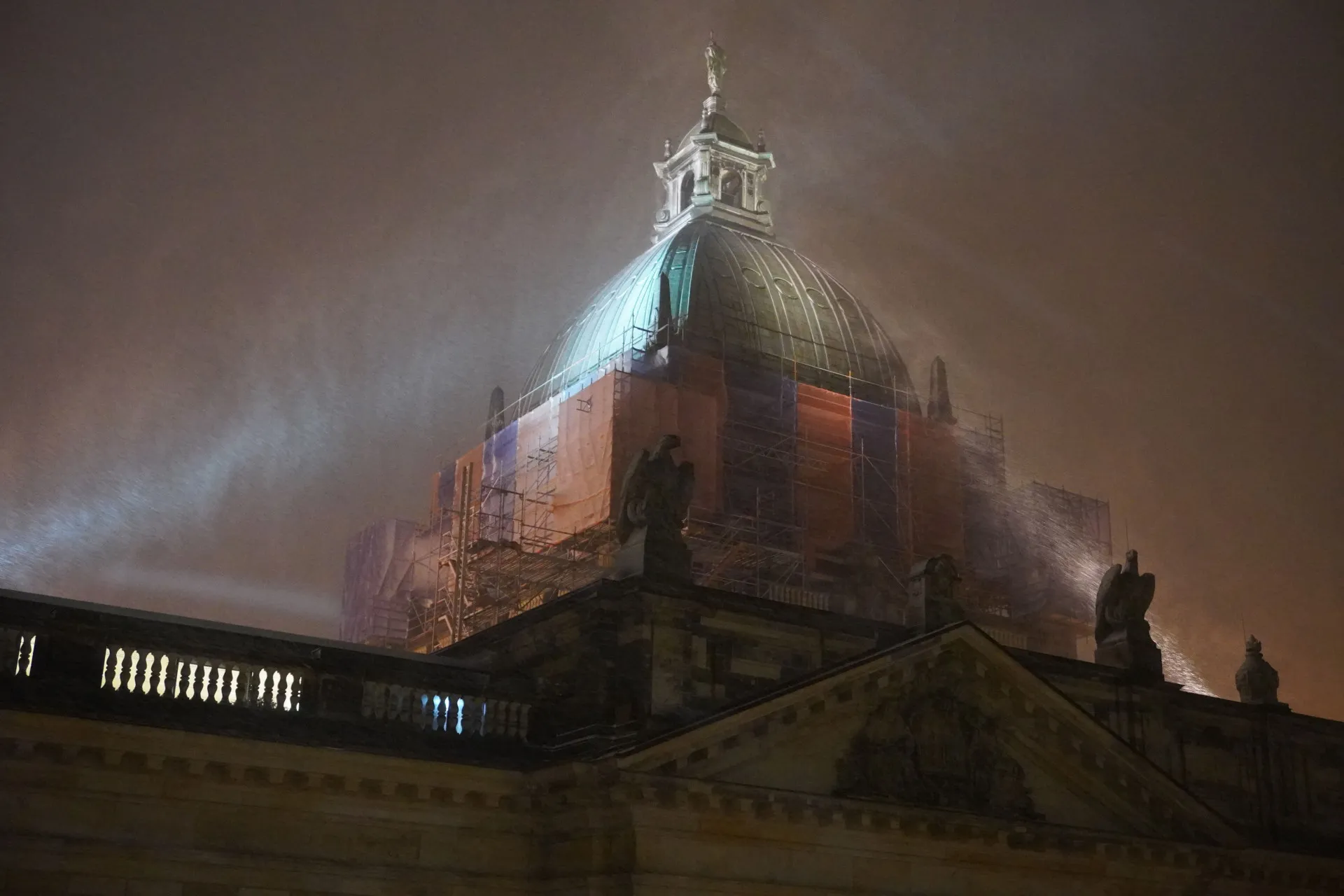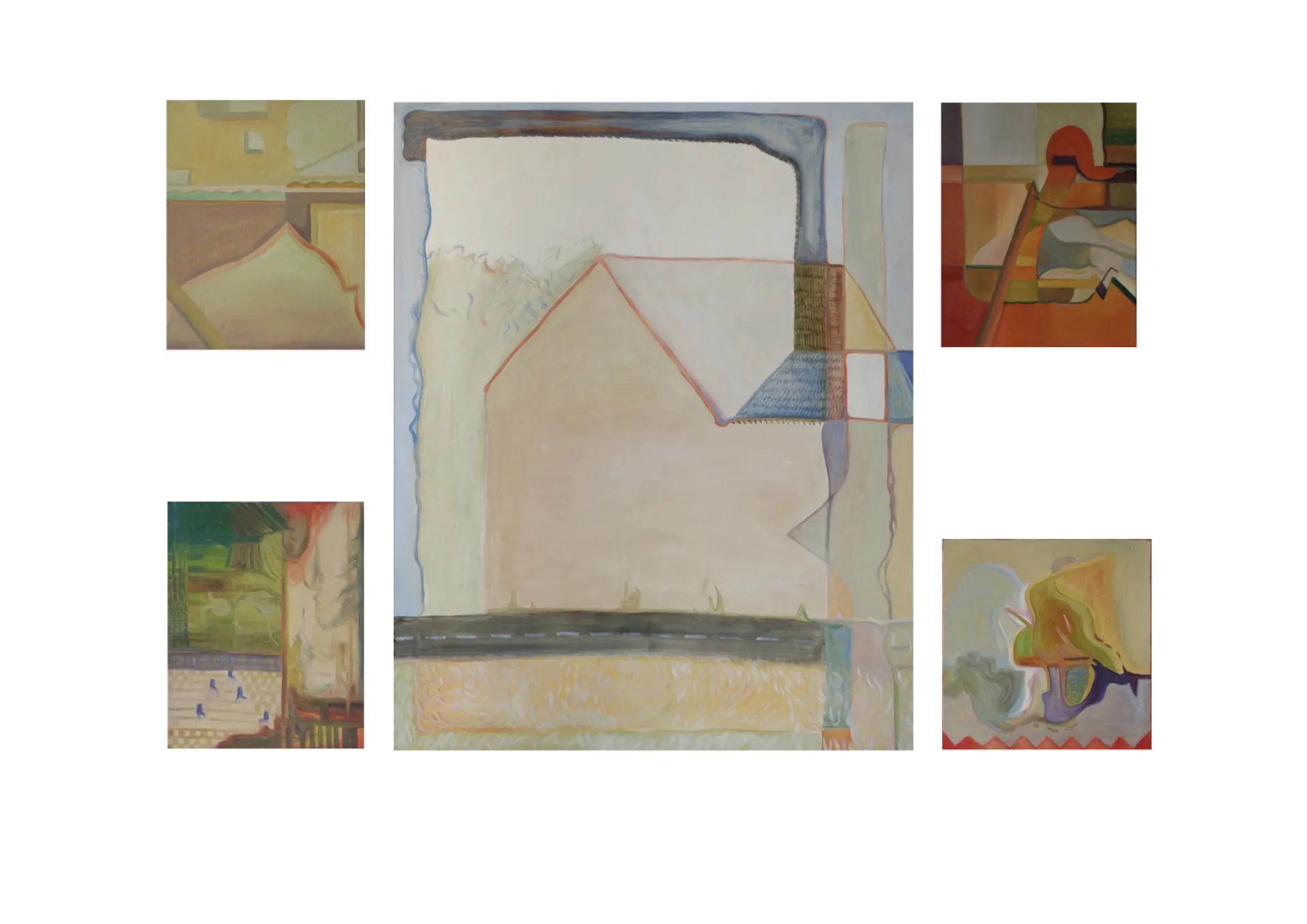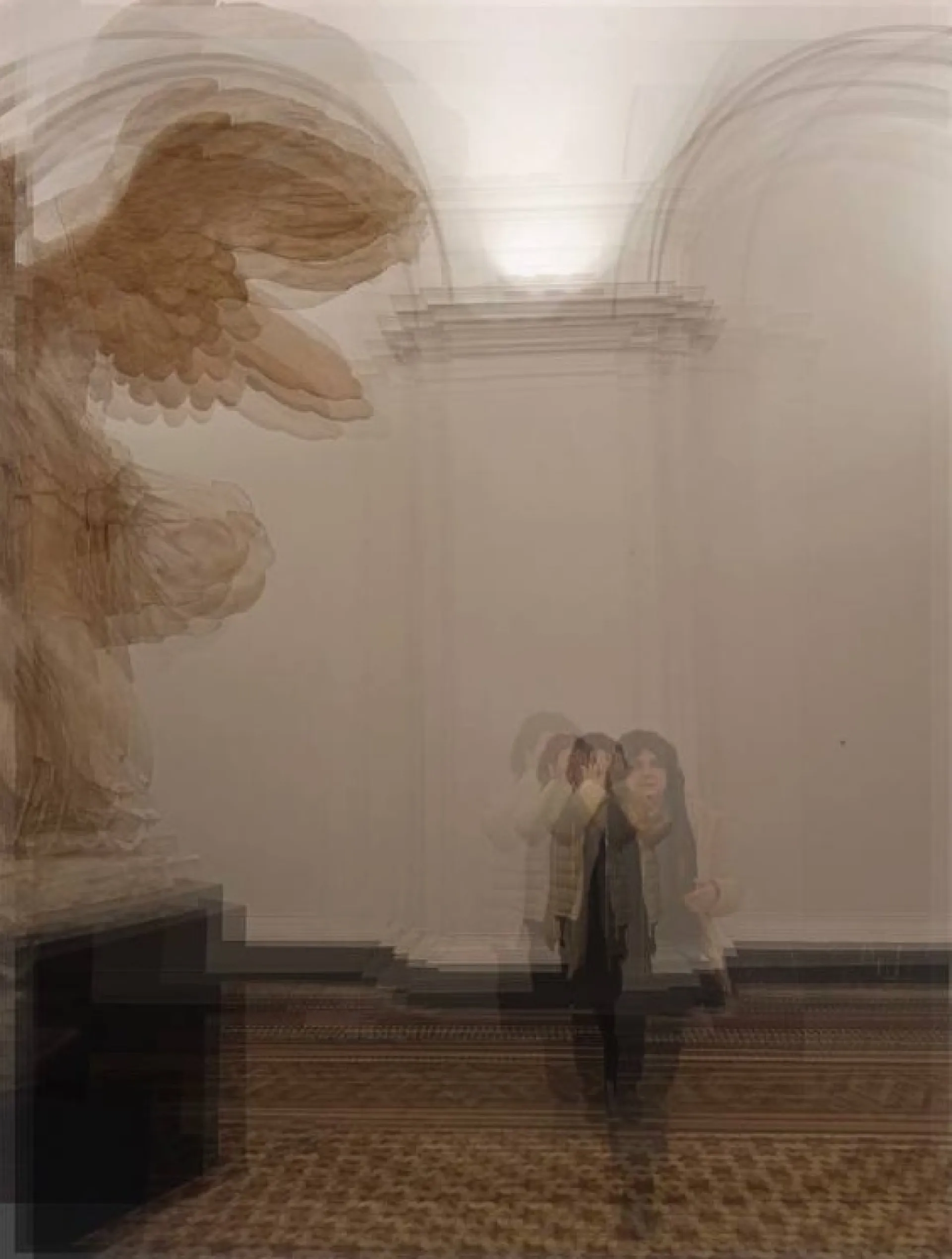Rundgang 2025 (13.–16.02.2025)
The winter semester at the HGB traditionally ends with the Rundgang: In a variety of exhibitions, performances, installations and work presentations, students, teachers and staff show what they have been working on during the current academic year. Works and projects from the four disciplines of book design/graphic design, photography, painting/printmaking and media art will be presented, accompanied by a series of events. Once again this year, the entire academy building will be used for the exhibitions and presentations, i.e. the ballroom, corridors and classrooms.
>>> floor plan
Opening tour: Thu 13.02., 6:30pm, HGB Lichthof
Speakers: Agnes Wegner, Rector
Carla Maruscha Fellenz and Marie Charlotte Elsner, Student Council
>>> afterwards:
Presentation of the "Respectively HGB 2025" award of the HGB and the HGB Friends e.V.: Prof Torsten Hattenkerl, Prorector
From 11pm:HGB x DUQO - Rundgang Afterparty
Until Midnight 8€, after that 12€.
Thursday, 13.02.
From 6:30pm in the whole building, 7:30pm in HGB Museum & Café [57]
Former Uprising Lesbians Ronja Brainstorm & Nataliia Oliferovych in collaboration with Jack Galligan: Trashformation: Make Conversation Great Again
Performance
7:00-00:00pm, Lichthof
Diversity Strip
19:00–19:40 — Tejido Sonoro — Simón Jaramillo Vallejo
19:40–20:00 — Tafida Galagel
20:00–21:30 — Aladin- Balout krew
21:30–23:30 — Azulando b2b índigo DJ-Set
23:30-00:00 — Ballroom History in Motion
8:30pm [52]
C. Bain / Jannis Weu: Phantom Pornography
Performance im Rahmen von Terms & Conditions – Die Rechtsform der Bilder
Friday, 14.02.
5:00-7:00pm [Handsatz, 22]
Workshop Typography and Handset: Love Me
Presentation, Reading, Tattoos
5:00-8:00pm [55]
Class for Photography in the contemporary field: Sphere
Performance
5:00pm, HGB Museum [44]
Former Uprising Lesbians Ronja Brainstorm & Nataliia Oliferovych in collaboration with Jack Galligan: Trashformation: Make Conversation Great Again
Performance
6:20pm [44] | 6:40 Gallery| 19:00 [3. OG, zentraler Bereich um den Lichthof]
Verro Ghadarjani: silence-extended
Performance
7:20pm [45]
Aria Schlecht: Isola
Reading
8:00pm [55]
Class for photography in the contemporary art field: Jannis Weu & tender tantrum
Performance
Saturday, 15.02.
From 12:00 [52]
Live-Presentation: Terms & Conditions – Die Rechtsform der Bilder
1:00-5:00pm, Library
Duplicatesale
5:00 [45]
Mixed classes & guests: How to carry while being carried
Performance
6:00-8:00pm [55]
Class for photography in the contemporary art field: Reading stage
Performance
6:00-9:00 [57]
We write what we want to hear
Reading with texts by: Aaron Schnoor, Amber Verhulst, Jack Galligan, Janek Sänger, Jule Oberg & Yola Brormann, Janne Steinhardt, Nataliia Oliferovych, Viktoria Kerkewitz
Organisiert von Ronja Brainstorm & Karolina Koßmann
8:30pm [55]
Class for photography in the contemporary art field: Charlie
Performance
>>> [Location] see room plan
Study Award of the Friends of the HGB e.V. and Sparkasse Leipzig 2024/25
Award ceremony & exhibition opening: Thu. 13.02., 5pm, hgb gallery
Speakers: Daniela Adomat, Chairwoman of the Board of the HGB-Freundeskreis
Dr Harald Langenfeld, Chairman of Sparkasse Leipzig
The 2024/25 award winners are:
Hyelim Jeon (media art)
Ellen Kolbe (painting / printmaking)
Zoe Popp (photography)
Merlin Rainer (painting / printmaking)
Romina Vetter (book design / graphic design)
This year, the jury exceptionally selected five works from 62 submissions. In order to balance out the imbalance in the number of applicants - 34 out of 62 applications came from painting/graphics - two works from this subject area were awarded prizes, and one from each of the other three study programmes. Prize money totalling €10,000 was awarded - €2,000 per prizewinner.
This was the 18th time that the HGB Friends e.V. and Sparkasse Leipzig had organised the HGB Study Award. Applications were open to HGB students of all disciplines who have not yet registered for their diploma and are not master students.
Members of the 2024/25 study prize jury were
Daniela Adomat (Chairwoman of the HGB Circle of Friends), Gabriel Enrique Corredor Aristizabal (2024 prizewinner), Prof Kerstin Drechsel (Prorector HGB), Anna Jehle (Co-Director Kunsthalle Osnabrück), Ilse Lafer (Director HGB Gallery), Gregor Peschko (Initiator and Co-Curator Kunstraum IDEAL Leipzig)
Parallel to the Rundgang, the prize will be awarded on Thursday, 13 February at 5pm and the prizewinners' exhibition will be opened, which can then be seen in the hgb gallery until 1 March.
The showcase exhibition Library en core is accessible during the entire tour.
There will be a duplicate sale on Saturday, February 15 from 1-5 pm.
In the Digital Materialities studio, students conduct interdisciplinary research into critical questions about translation processes in analogue and digital space.
Installation, 3D printed ceramics, screen printing, plotter graphics, etc.
Artists: Tobias Kurpat and Juli Winterstein
For the booklet accompanying the exhibition Love Me (Kunsthalle Ost, Leipzig, 2024), Anne Hofmann conducted interviews with three artist friends about the relationship between art production and love. These interviews were the starting point for a typographic and creative realization. On display are the publications from the Typography and hand typesetting course and the desktop publishing course led by Aurelia Markwalder.
Presentation, reading, tattoos
14.02., 17-19 h
German Romanticism sought the future in a glorified past, which is reflected in various art forms such as painting and graphic design, sculpture and architecture. Leipzig's Gründerzeit architecture tells of this longing for a fortress, for palaces, castles and monasteries, a ‘safe space’, the striving for security in a rapidly changing world that we now call ‘industrialisation’.
Over the past 30 years, the façades of Leipzig's Wilhelminian era have been lovingly polished, but the floor plans behind them have been redesigned, and the people who now live in the new layout must also find their way in an increasingly complex present.
Where does the glamour come from? At the beginning of the 20th century, Leipzig grew steadily to become the fourth largest city in Germany alongside Berlin, Hamburg and Munich. Around 1905, Leipzig had around 500,000 inhabitants; by 1914, this figure had risen to 625,000. With the increase in the number of companies based there, Leipzig developed into one of the richest cities in Europe. The fair and book publishing industry in particular flourished at that time. In 1913, Leipzig had almost 900 publishing houses.
Who would have thought that in this milieu a hundred years ago, the city would become a centre of occultism in Germany. The ‘Leipzig Magic Circle’ was founded on 29 November 1921 in the former artists' exchange “Restaurant zum Roland” on Nikischplatz. A plaque on the façade of the prefabricated building where Leipzig's ‘Märchenhaus’ once stood still reminds us of this today.
Is our continent stuck? Are the political systems encrusted? Is the ‘digital turn’ overwhelming me? Are the crises of the present simply too complex? Do we want to flee from reality, romanticise it, or are we willing to look it in the eye? Do we tend to counter a sober present with the fascination of the occult? And how does all this relate to the current conspiracy stories circulating on the internet? Hoax? Lie, truth, deeper meaning? Break on through to the other side?
The seminar will take the ‘Tarot de Marseille’ as its starting point. The class will also look at the well-known cards by Arthur Edward Waite and the illustrations by Pamela Colman Smith. They will also touch on the ‘Hermetic Order of the Golden Dawn’ and present the results of their work on the Rundgang as a possible answer to all these questions in the classroom.
The class gives space to the process: the sketches, revisions, and results that come before the final letterform. These are written with a pen plotter, capturing the lines—perfect or imperfect—with precision.
The exhibition Call a Spade a Spade is the presentation of the 2nd year students of the media art department for the Rundgang year exhibition 2025.
The exhibition comprises different media ranging from video to collage and installation.
Participating artists (alphabetical order): Mio Al-Hashimy, Marie Sarah Beckmann, Yuliia Berini, Clemens Körner, Mariana Lishchynska, Ekaterina Shelganova, Pascal Schiffers, Nastia Sopilnyk, Solomiia Zhmuro and Siyan Zhang. Some of them will also present works and performances within the Terms & Conditions program.
The exhibition shows works of art that have in common that they are given as gifts.
A gift is a gesture of giving and receiving, an exchange of values and can be a spiritual act. Just as we praise works of art, we donate likes in the digital space. We do it to do good for others and thus invest in ourselves.
What remains are the moments of unconditional giving, similar to how making art fol-lows an inner necessity that cannot be further justified...
Artists: Chaline Bang, Len Bay, Arvid Jansen, Samuel Ellinghoven, Marie Charlotte Elsner, Klara Fischer, Naomi Frank, Anina Göpel, Li Huhn, Laila Kamil, Niklas Kleemann, Konstantin Leitner, Tianxu Liu, Kay Lotte Pommer, Oliver Schulz, Svetlana Shilankova, Vincent Wolff
placeholder could travel mountain landscapes, "Let the distance keep us together"
tongue muscle sweet in bathrooms & suddenly, a different way.
Klasse für performative Künste focuses on intertwined compositions of assembled live and mixed-media works, staged conversations and re-enactments. Disturbances make space for a monologue to become a dialogue.
At the end of the cross-class exhibition program in cooperation with the Harun Farocki Institute Berlin, installations, live presentations and performances will take place as part of the HGB Rundgang. Click here for the programme...
The starting point of the project is different perspectives on origin and labour.
An important aspect of this is how origin and labour influence each other and what role social and historical change play in this. Extraction in the context of structural upheavals, is also part of our discussion.
Participating students: Dariia Hryb, Frieda Butter, Jonas Kilian, Lynn Elis, Marie Legler, Mimo Rapp, Nicole Burnett
As we question the conventional distinctions between nature and technology, we propose a space where 'artificial nature' can be experienced as a shared place of tranquility – a place that emphasizes the need for new narratives that recognize complexity and interconnectedness in a world increasingly defined by technological and ecological interdependence. Recent insights from neuroplasticity suggest that even photographs and simulated images of artificial nature can have calming effects on the human brain. This indicates that our cyborg-like neural pathways – shaped by constant interaction with digital environments – remain receptive to the healing qualities of visualized nature, regardless of its authenticity.The increasingly blurred boundaries between the natural and the synthetic reveal a world where nature is no longer a pure, untouched concept but is increasingly perceived as an artificial construct. Within colonial and capitalist frameworks, the relationship between humans and nature is often viewed through the lens of utility, consumption, and economic value. Nature becomes a commodity that fuels the endless machinery of profit and industrial growth. Historically, colonialism has been closely linked to the exploitation and transformation of land, ecosystems, and natural resources. Technologies that manipulate ecosystems can be seen as a continuation of this colonial logic. Rather than viewing the creation of synthetic environments merely as tools of control or profit, we aim to imagine systems that focus on healing, collaboration, and ecological justice.
Klammer auf
In this semester project, the students engaged with the genre of the (self-)portrait, which has evolved over centuries and is constantly transforming. Using artistic means, they explore the role of (self-)observation, (self-)questioning and (self-)reflection between direct (self-)representation and indirect processes - a quest in interrelation with the outside world.
-
Klammer zu
Students of the painting and printmaking department present works from the 3rd semester. The exhibition provides insights into various techniques and approaches. The individual orientation is based on terms such as content & form, structure & texture, presence & absence, image & sign as well as triviality & aesthetics.
We invite you to explore these questions together, because the exhibition also examines the role of the viewer. The show is an experiment that focuses on and questions not only the works of art, but also the act of viewing.
The students and master students of the Kerstin Drechsel class show a cross-section of painterly and graphic forms of expression. Densely hung graphics and prints invite visitors to immerse themselves in details. Figurative paintings explore the narrative potential and the possibilities of the medium as a critical-analytical tool. Spatial installations extend the picture surface into the room and combine painting with physical experience.
Text: Birgit Effinger
On Saturday evening, Ronja Brainstorm and Karolina Koßmann from the painting class of Franziska Reinbothe, invite the visitors to come listen as 7 different readers, some of them students of HGB, some of them guests from the outside, generously share their written work with the audience.
Taking place in the surroundings of the Museum-themed café which students of the Reinbothe Class build especially for this year’s Rundgang, we will be serving drinks and good vibes as the readers take us with them into their minds. Come by and enjoy a refreshing cocktail while listening to a diverse variety of literal forms, voices and positions!
Languages: German and English.
With texts by: Aaron Schnoor, Amber Verhulst, Jack Galligan, Janek Sänger, Jule Oberg & Yola Brormann, Janne Steinhardt, Nataliia Oliferovych, Viktoria Kerkewitz.
Can we fix a problematic person? How do we fight loneliness and machoism—not with more division, but by encouraging questioning, curiosity, and dialogue? How do we hold space for even our worst enemy?
In Trashformation, we take a regular, slightly outdated man and attempt the impossible: turning him into the perfect being—one that never offends, never makes mistakes, and fits into every community. Can transformation truly happen, or is it all just a beautifully absurd mess?
Through a chaotic, colorful process, we turn trash into treasure, and the unspeakable into dialogue.
Paradise Chicken deals with the representation and perception of queer bodies. In the work, the gaze is used as a central motif to question power relations: the queer body, often trapped in the social gaze as the ‘other’, looks back and confronts the viewer with their own perspective. who is staring at whom?
The work is complemented by an MRI image of the artist's skull. The image is to be wallpapered on a wall as a large poster and is approx. 1.8 metres wide and 2.5 metres high.

